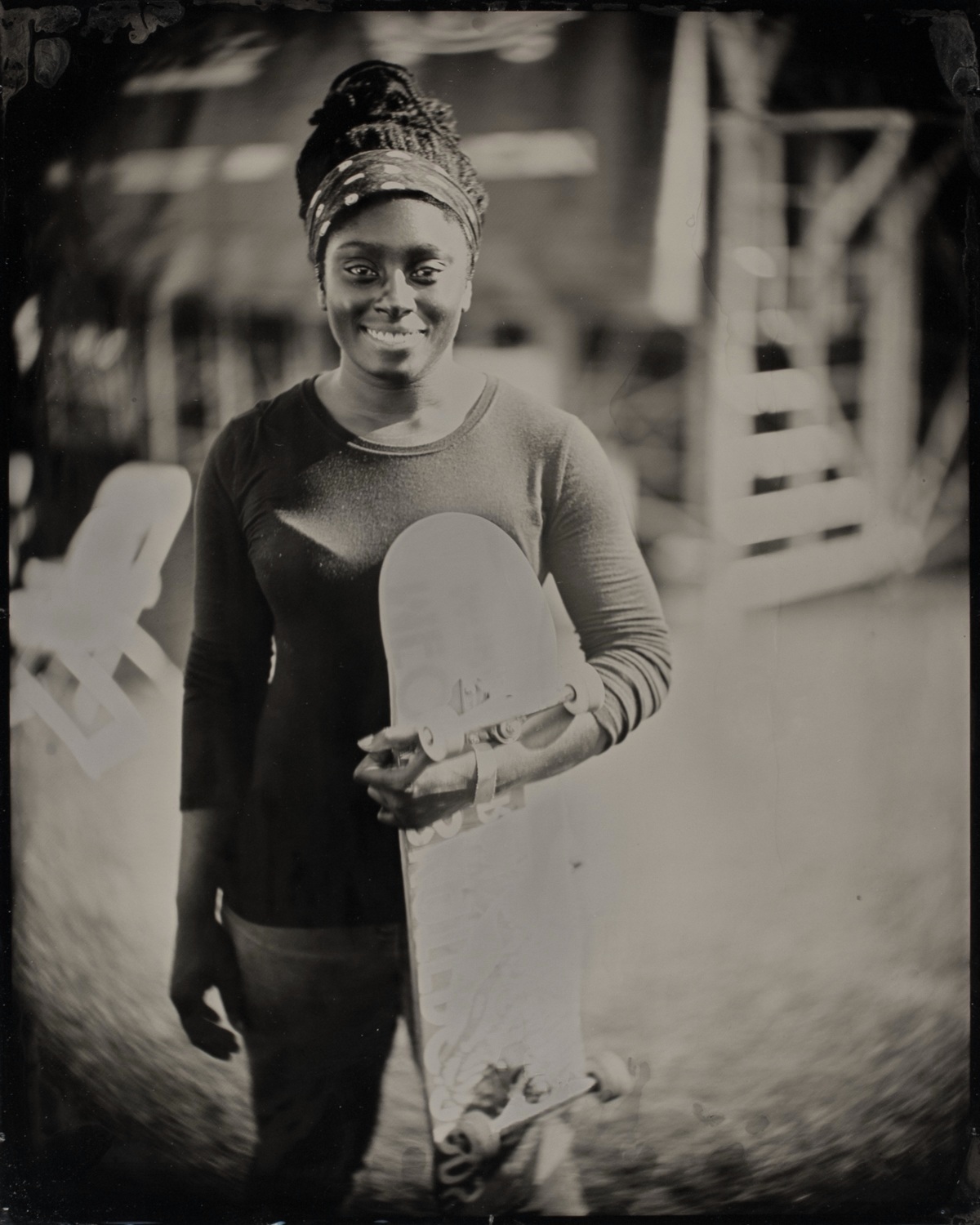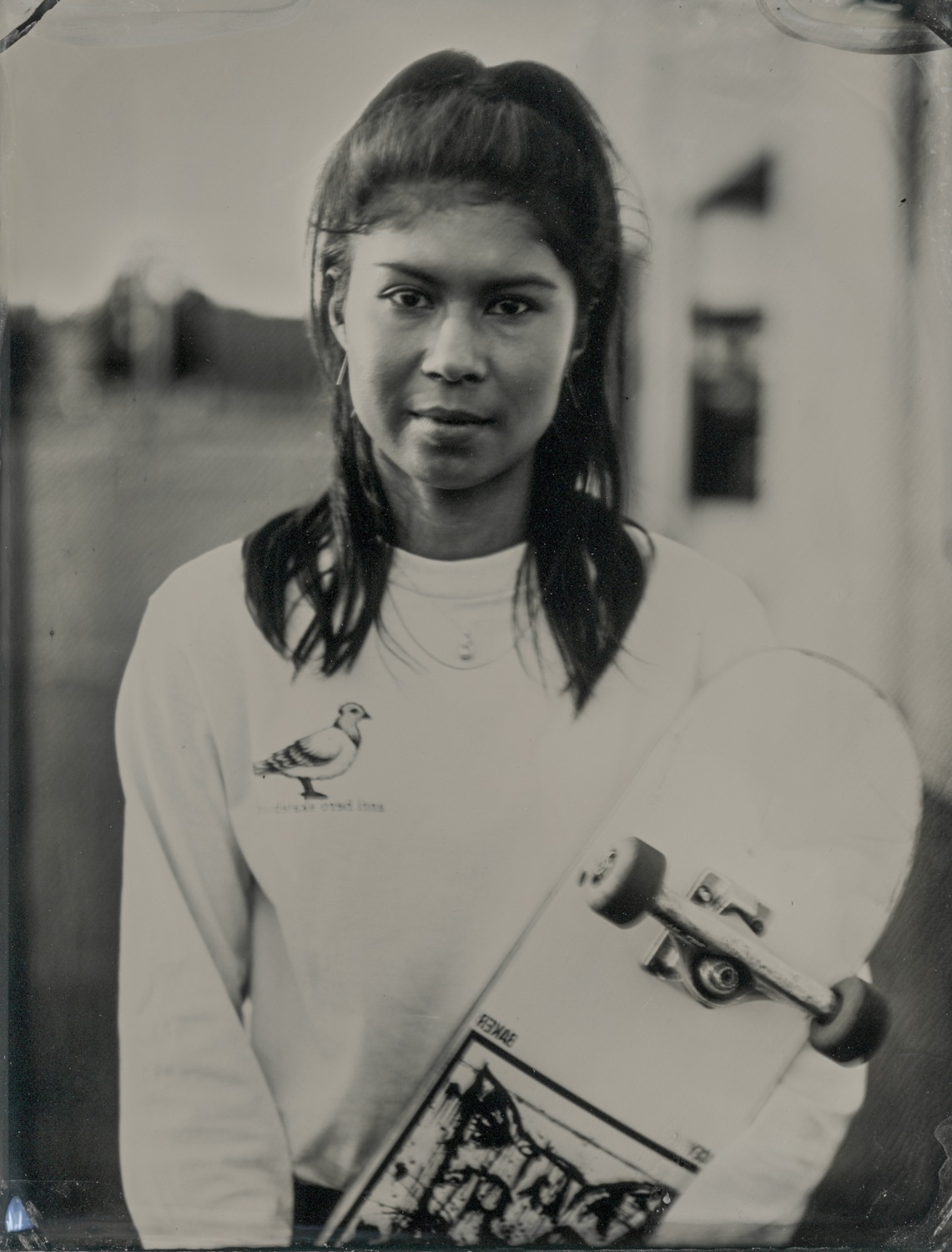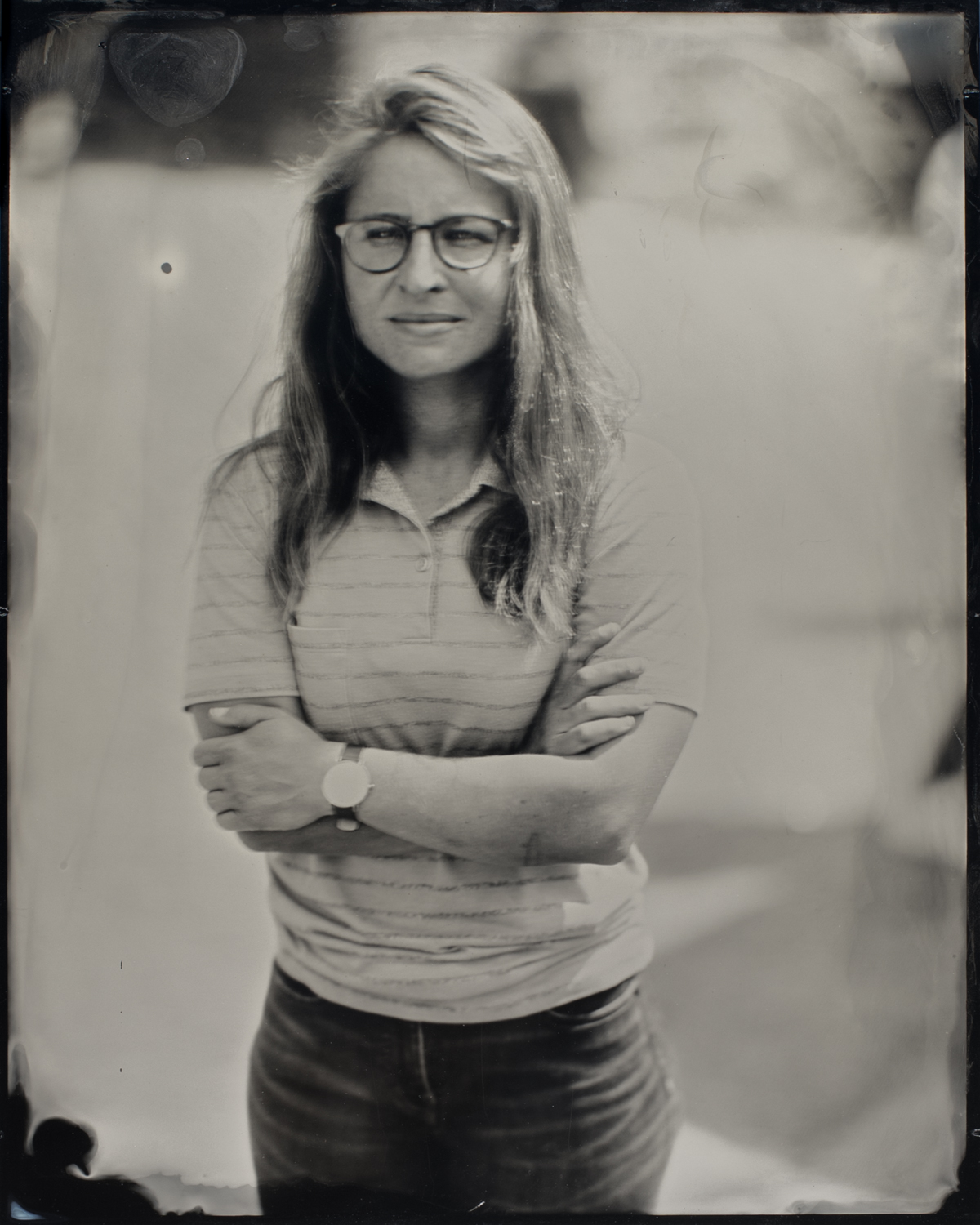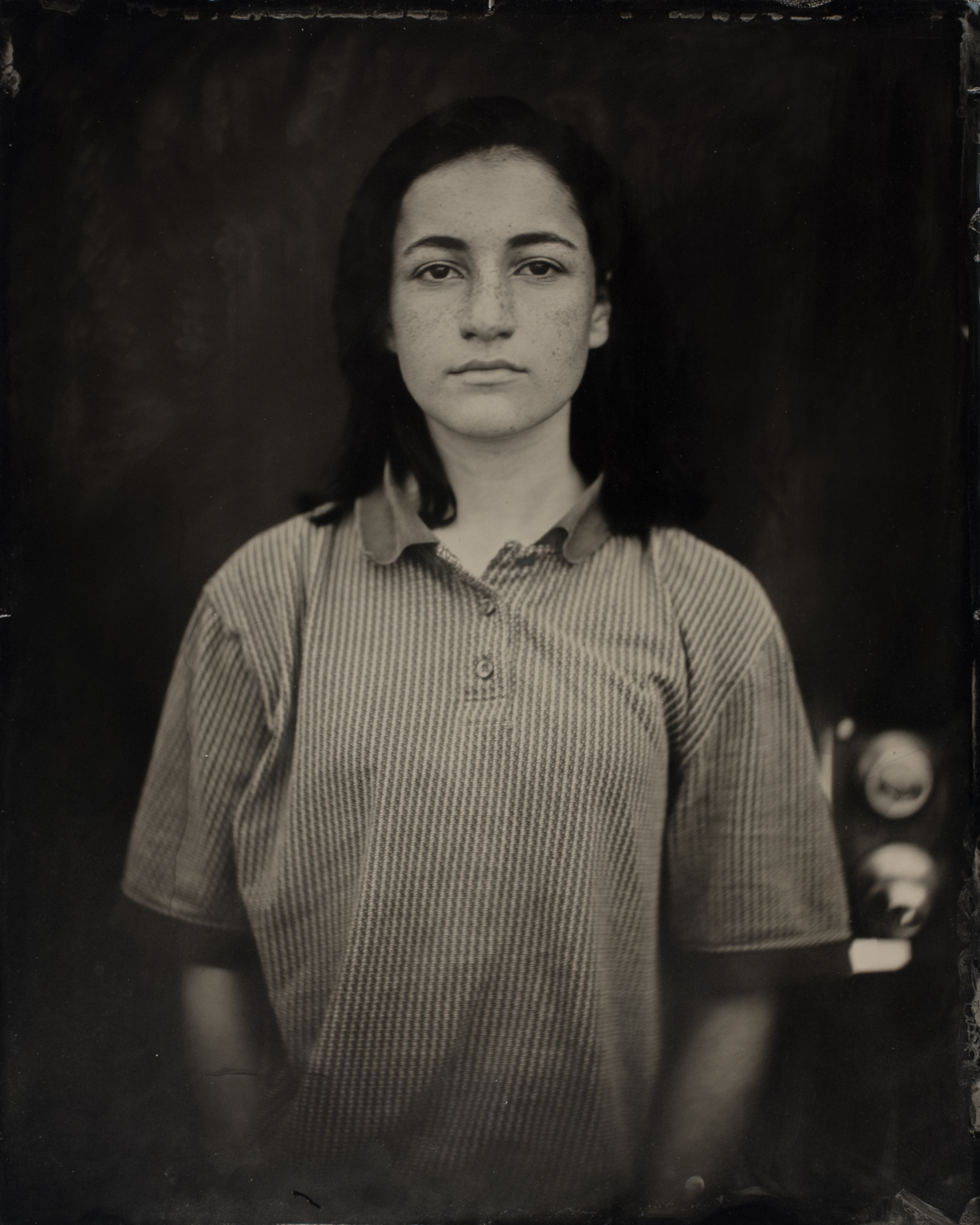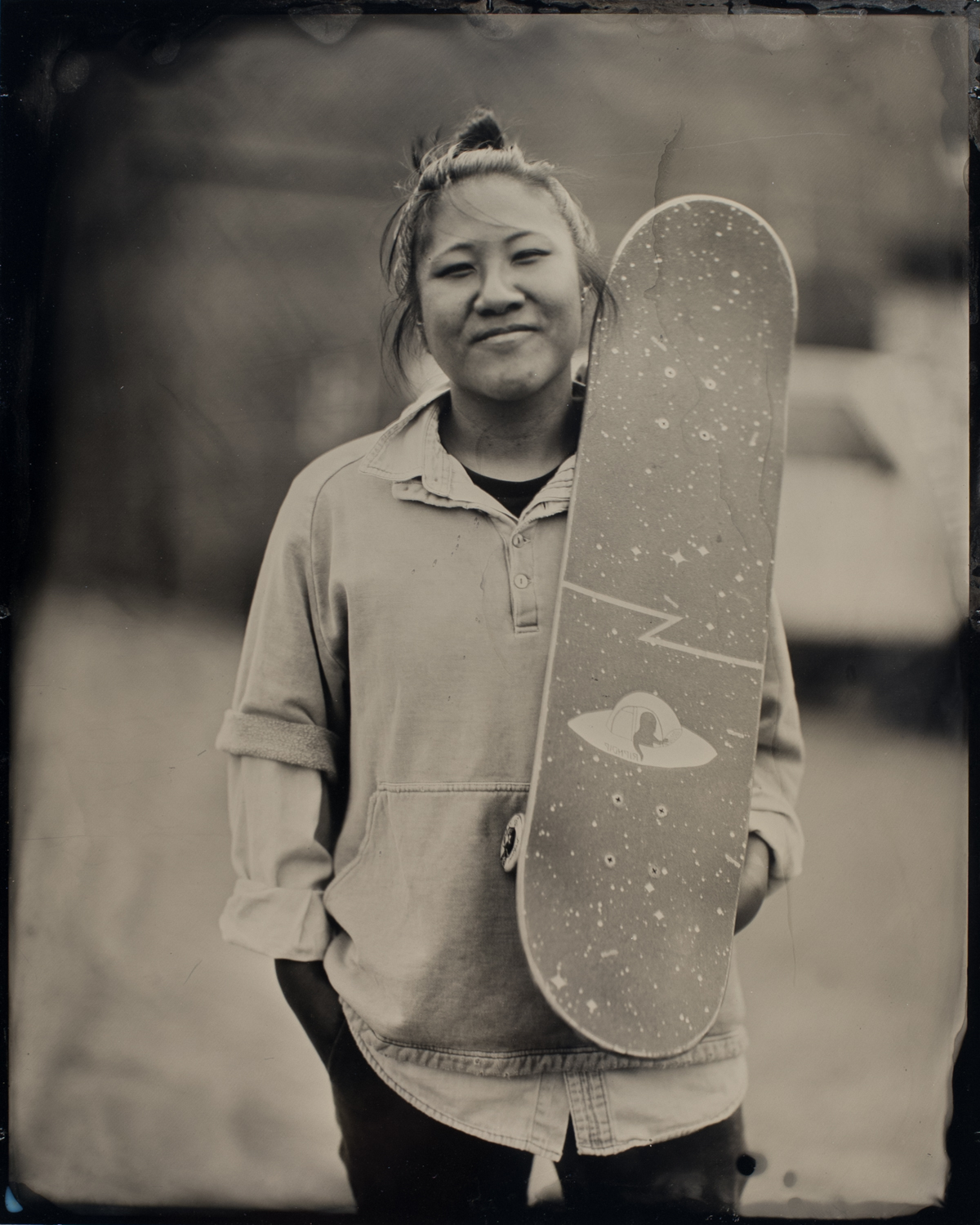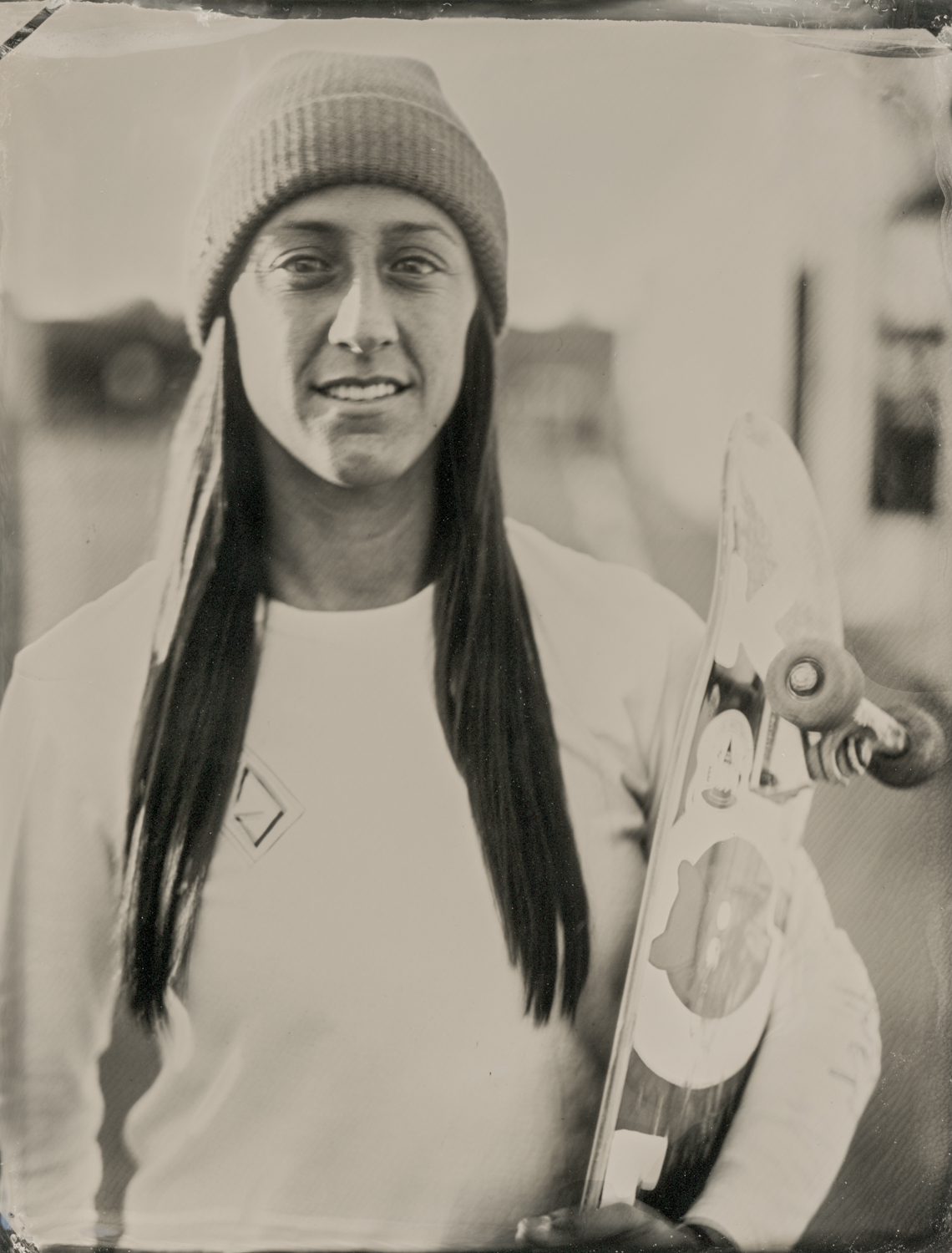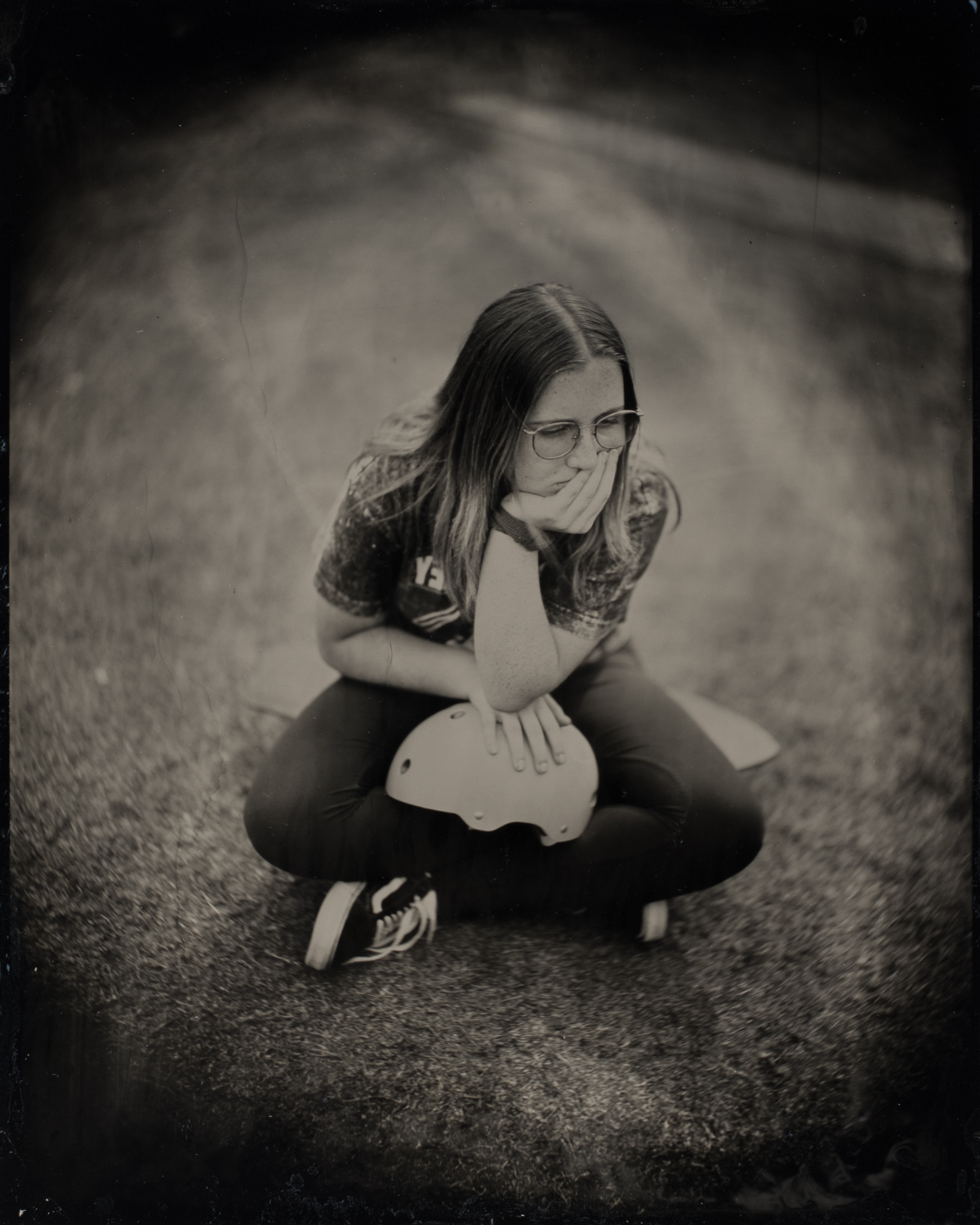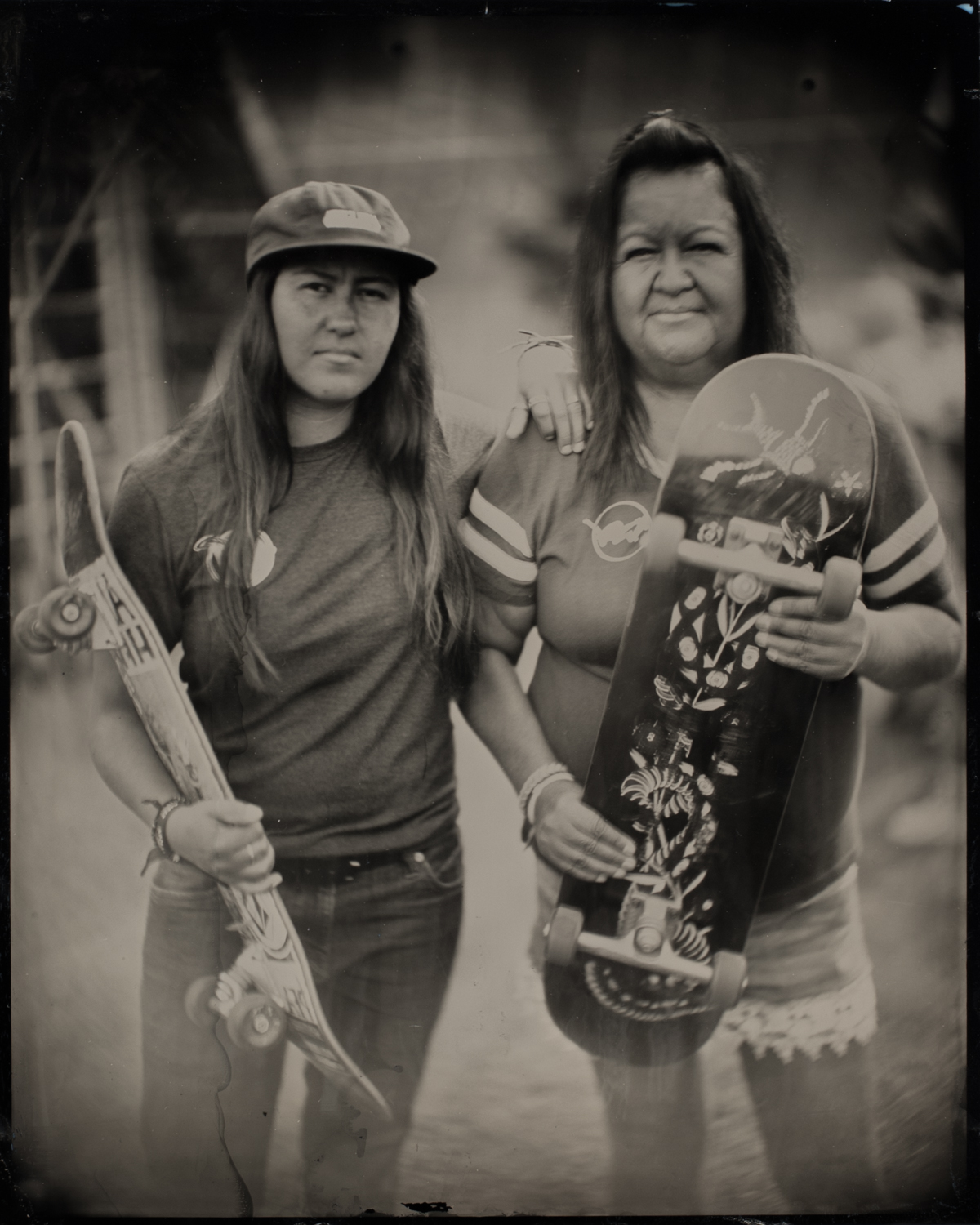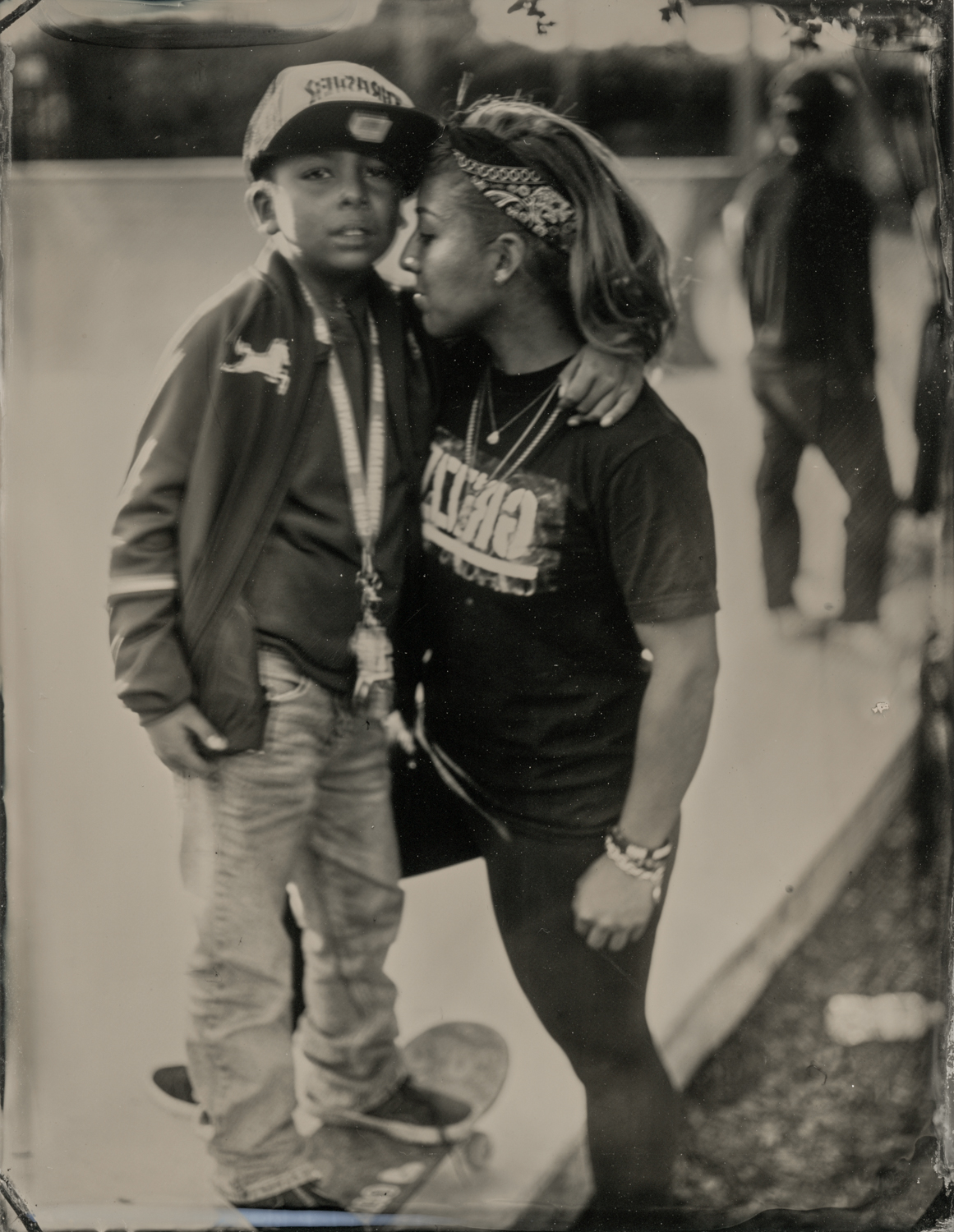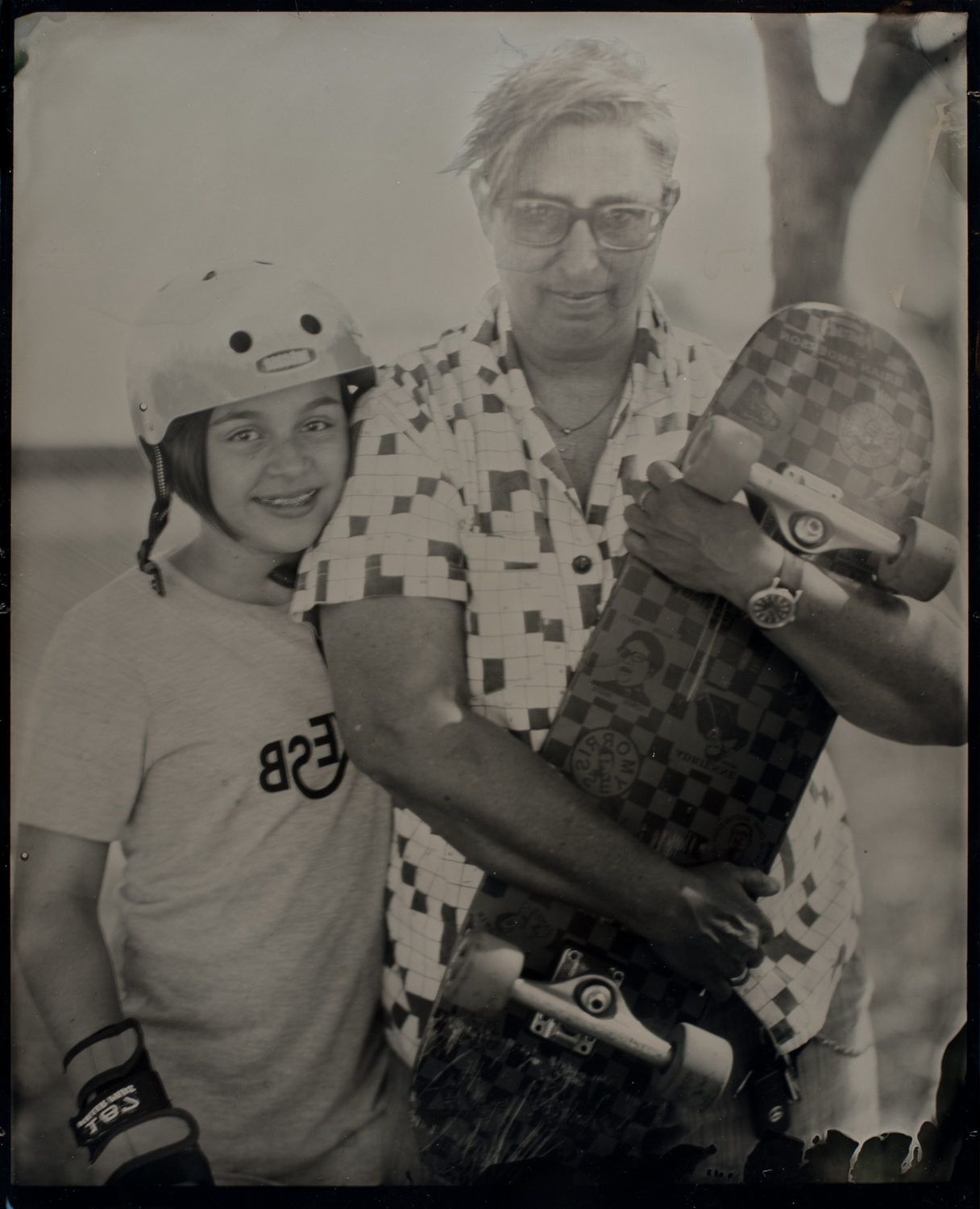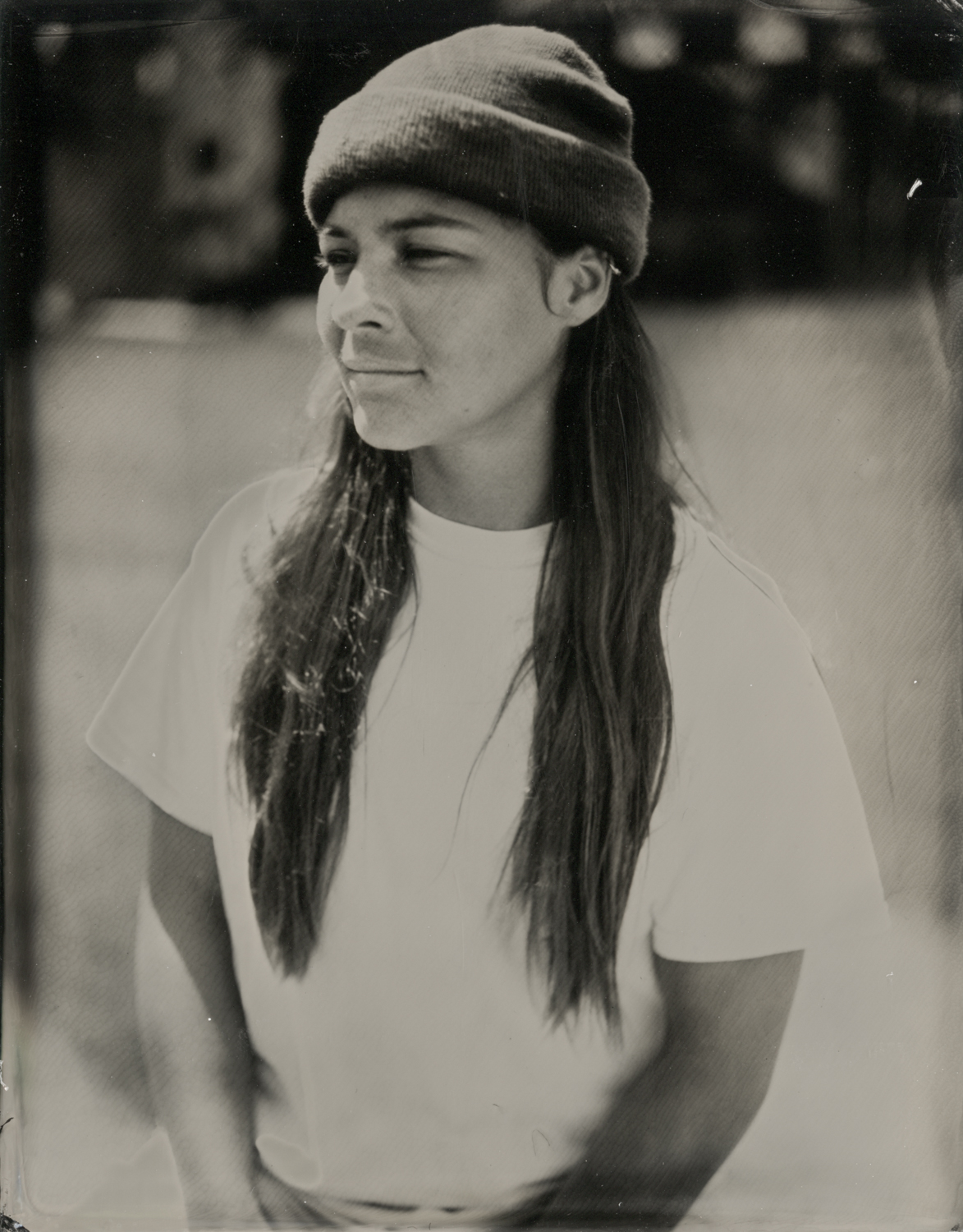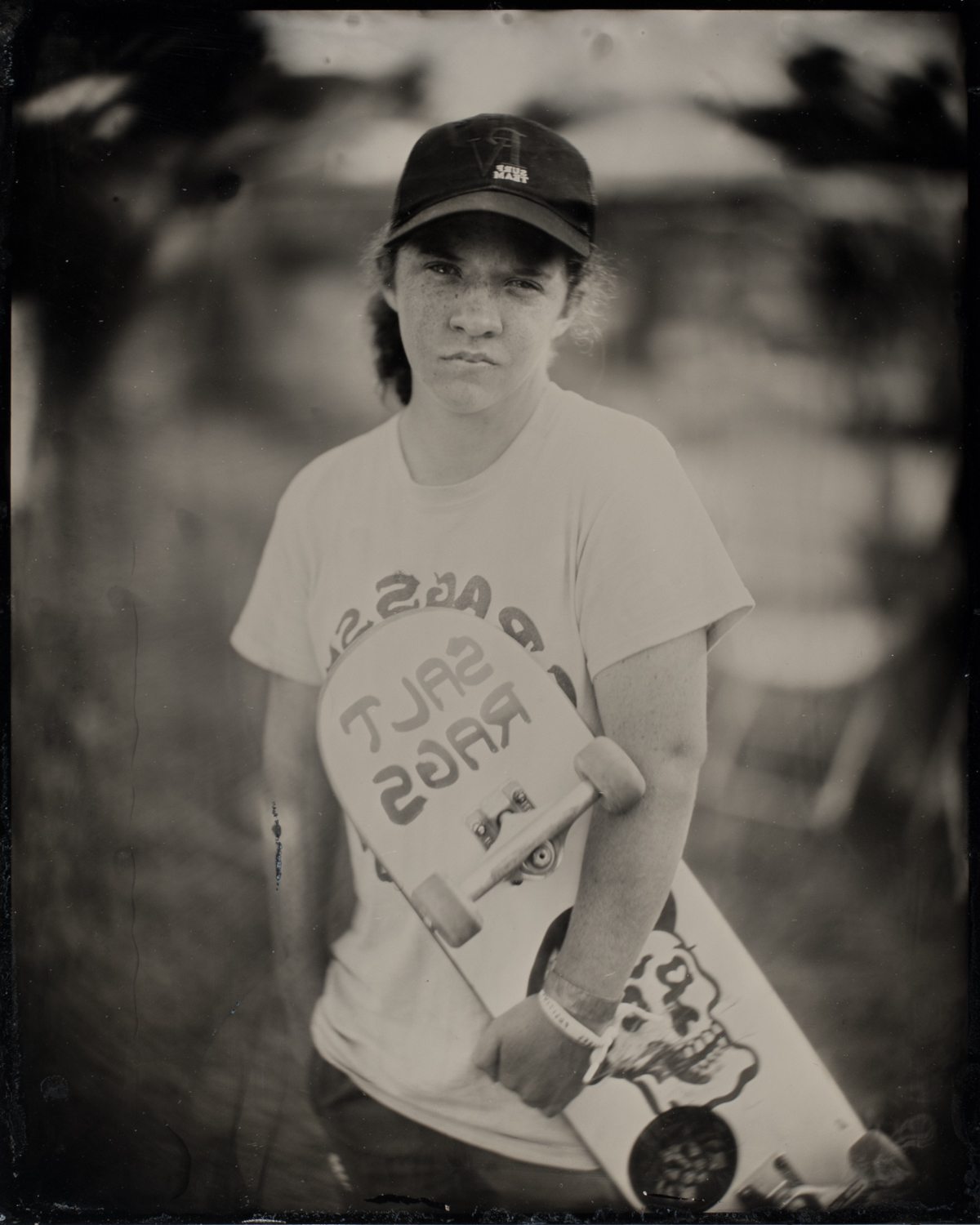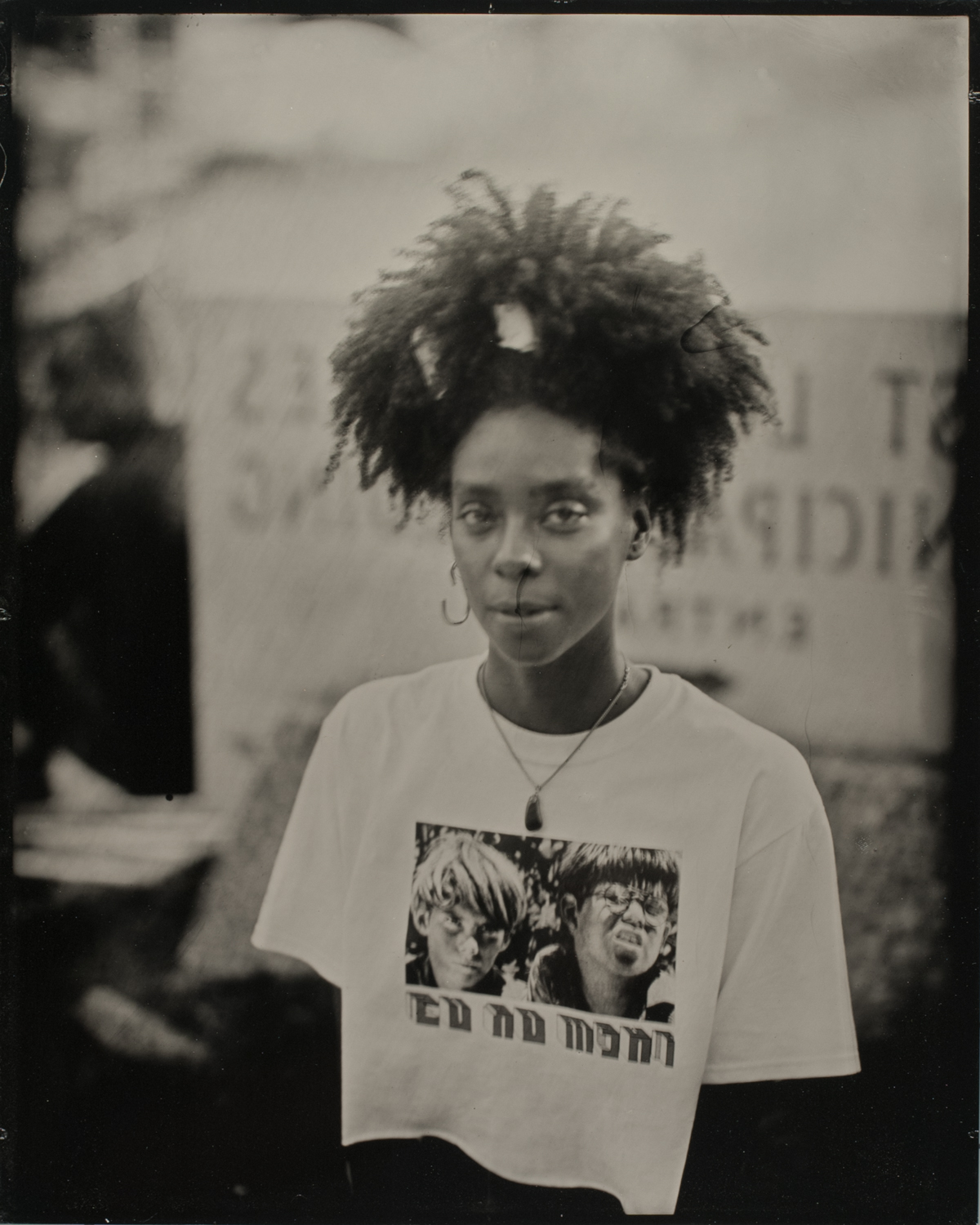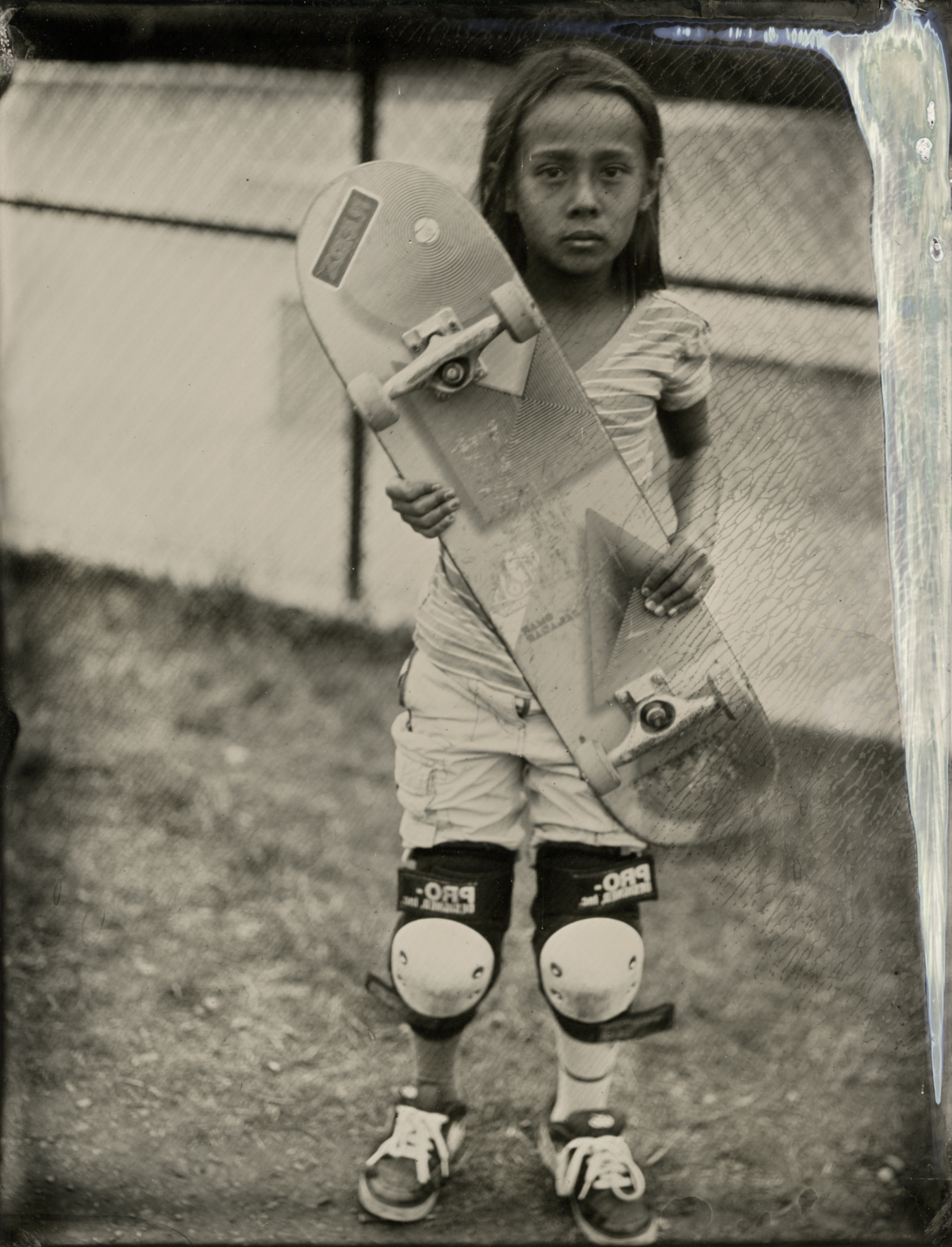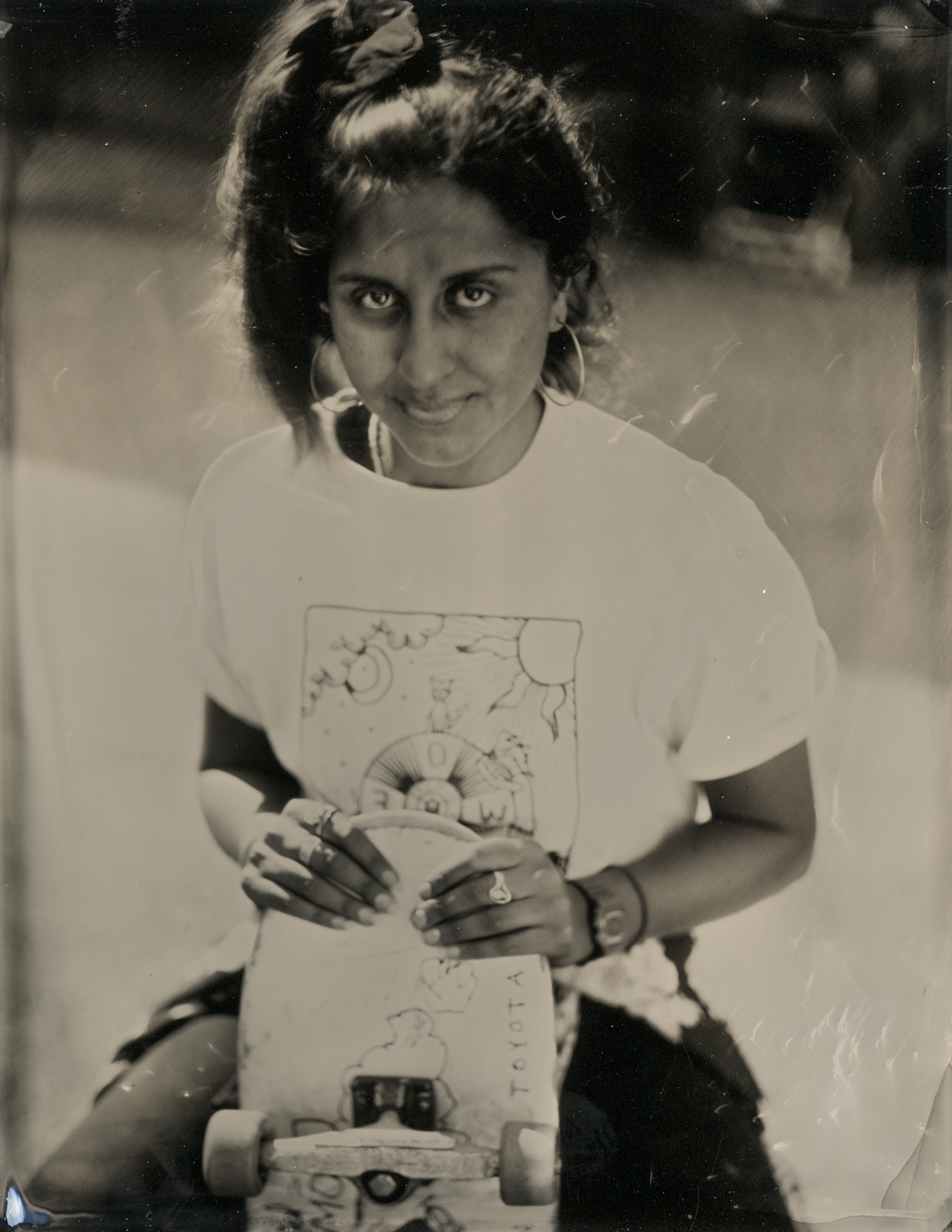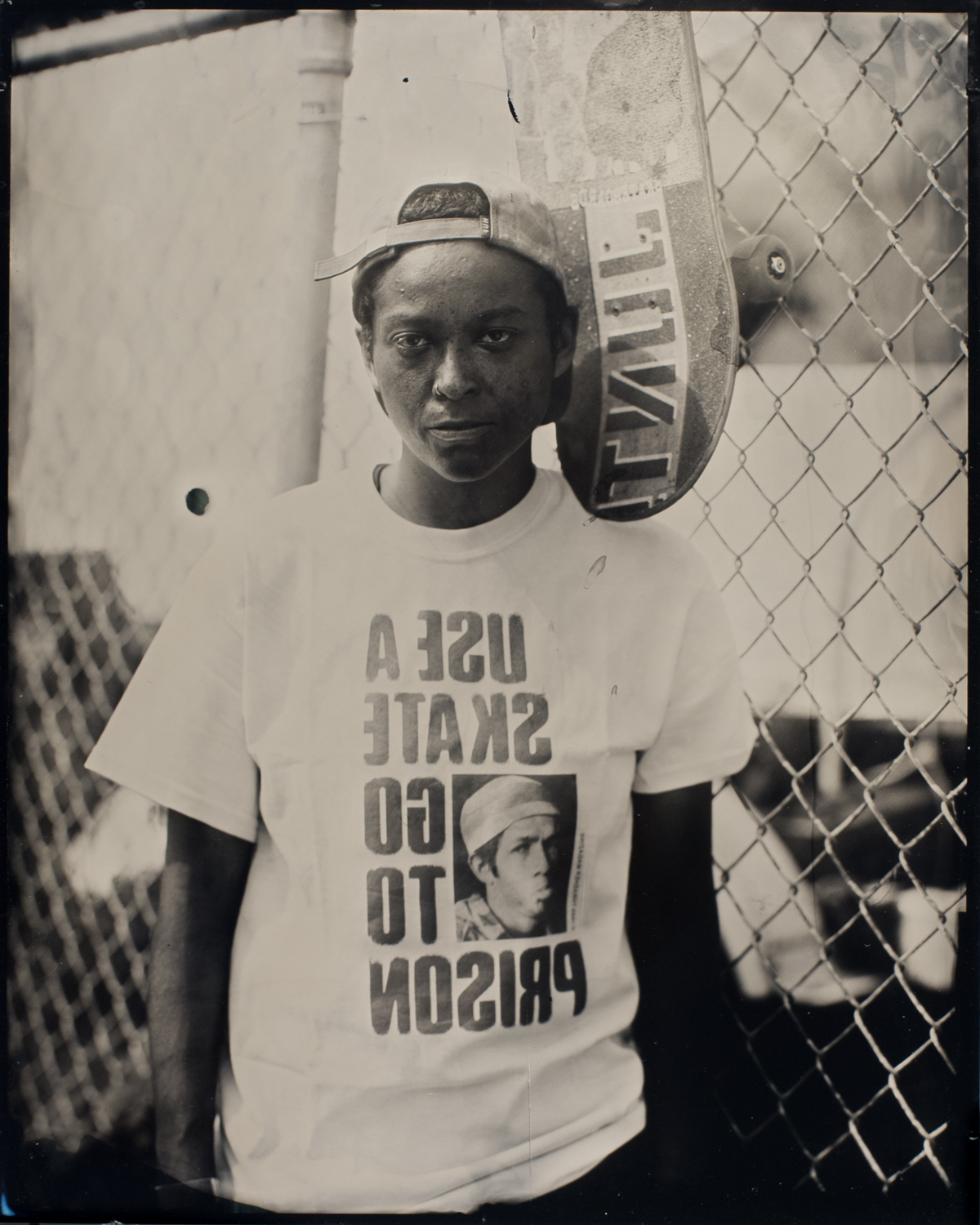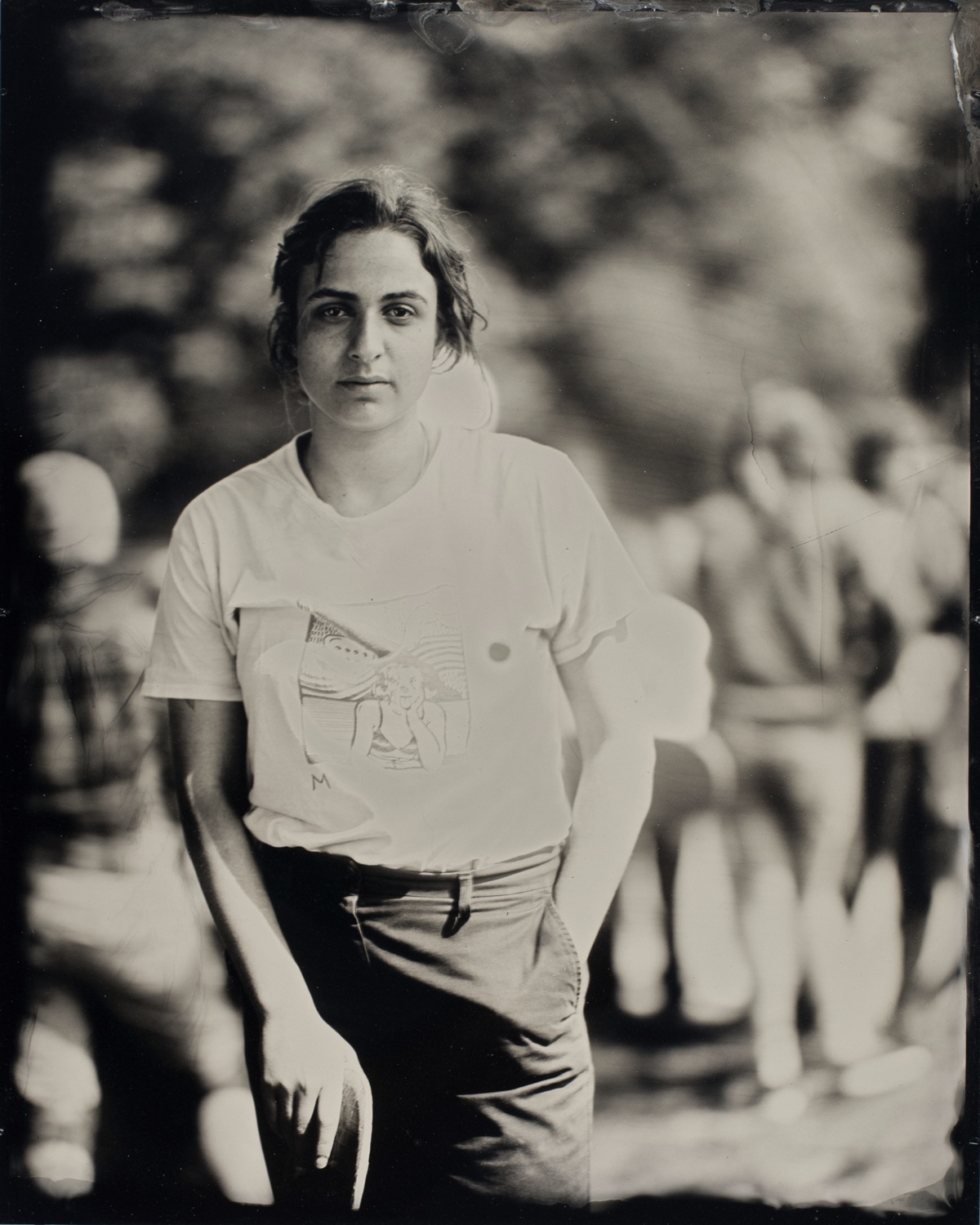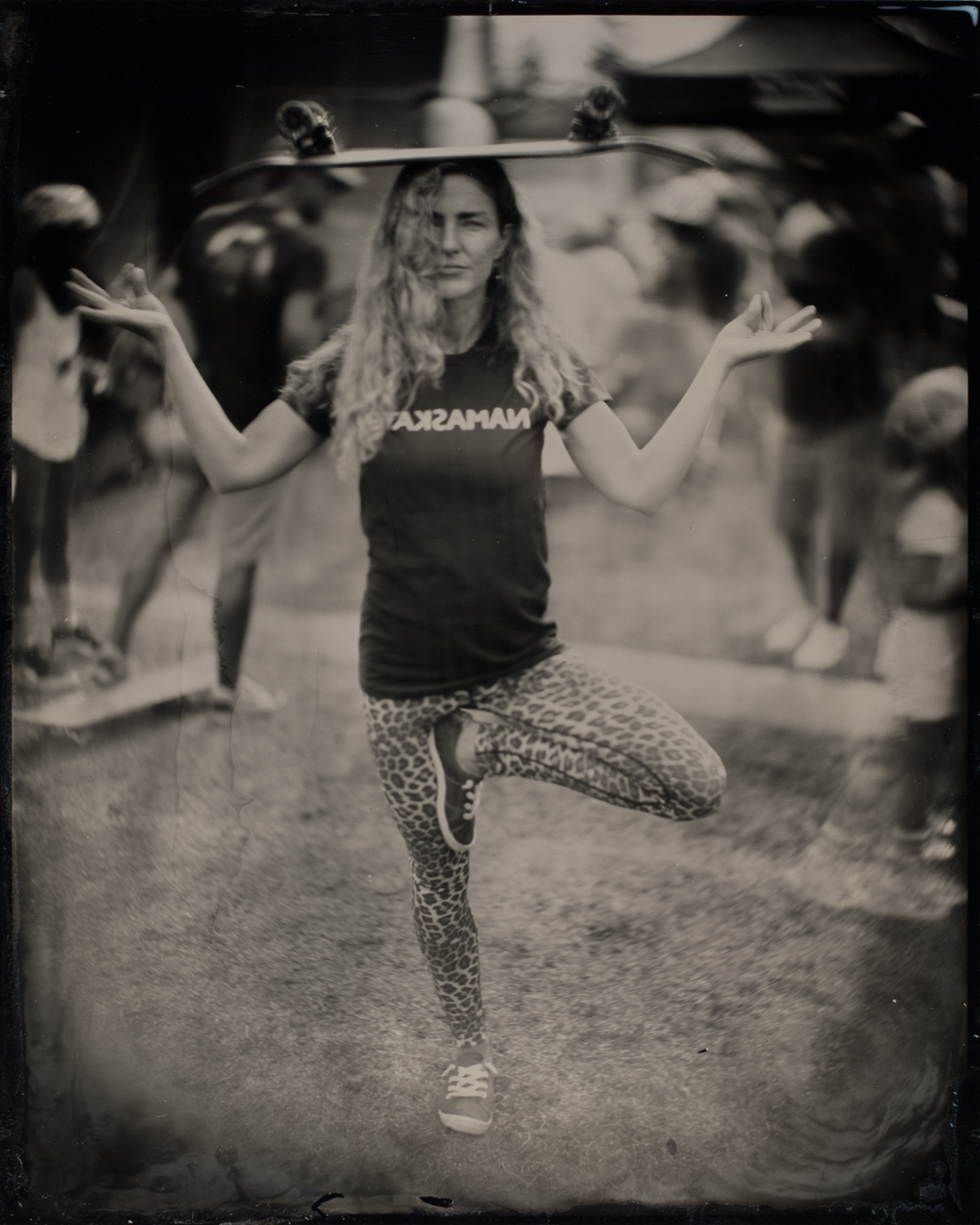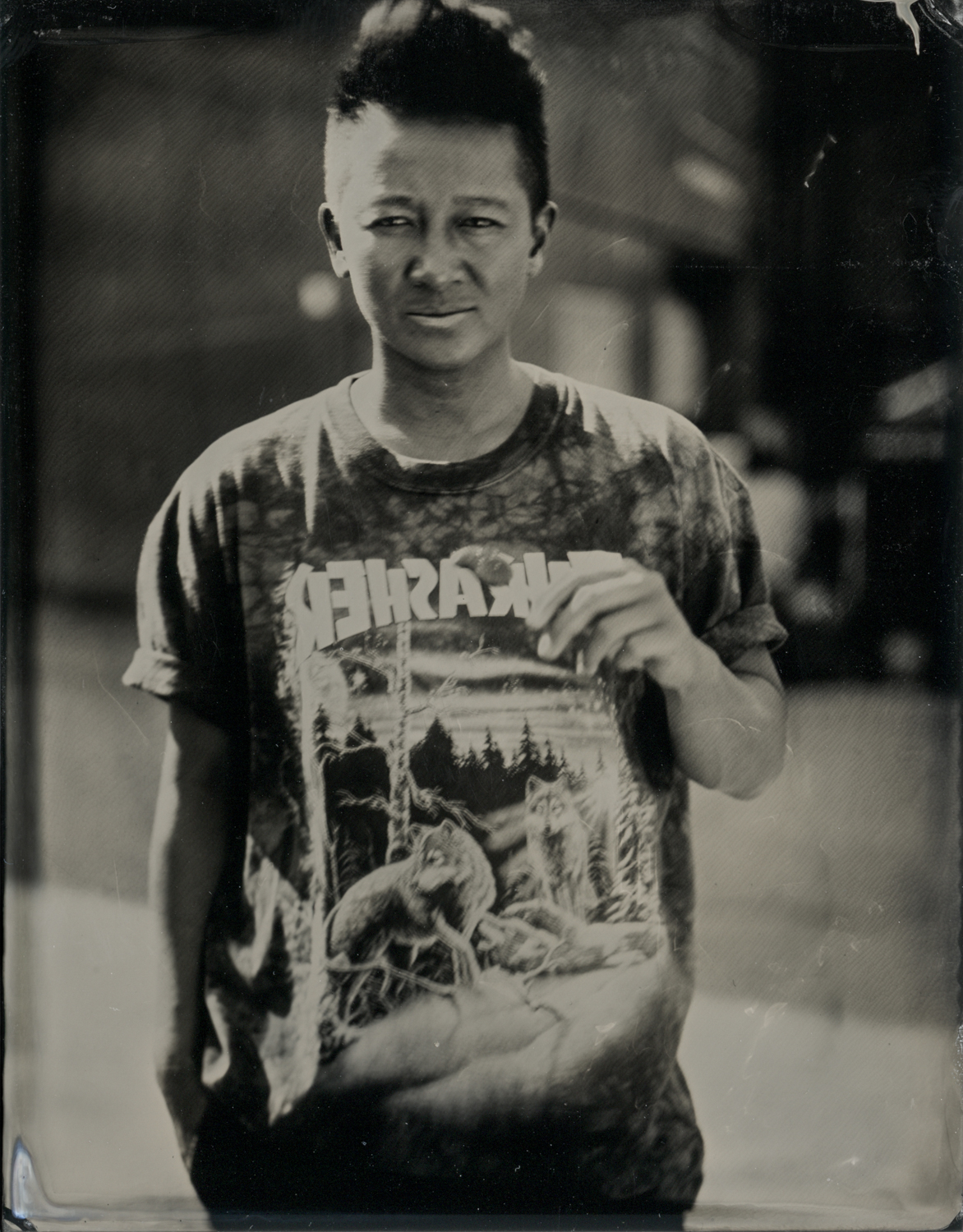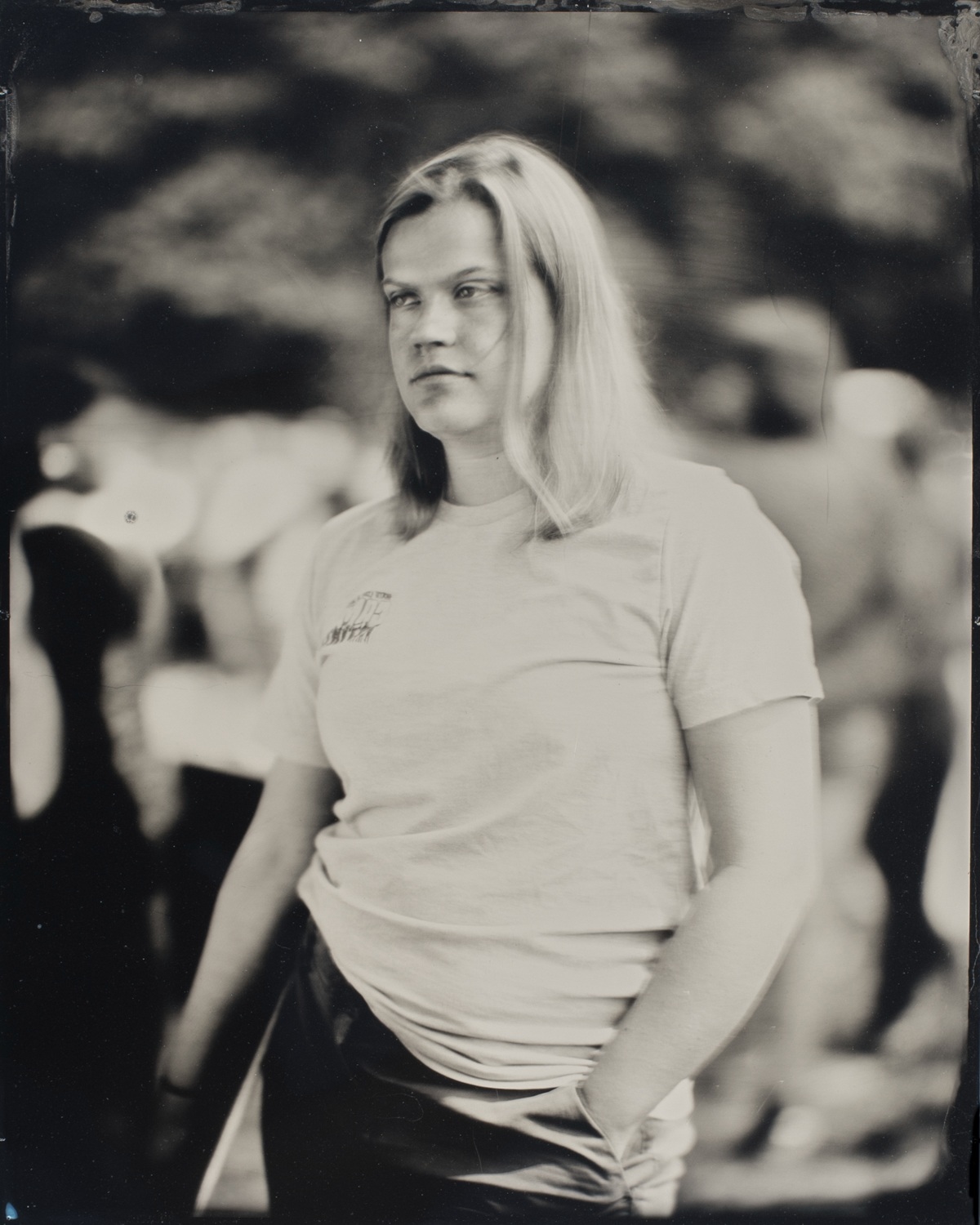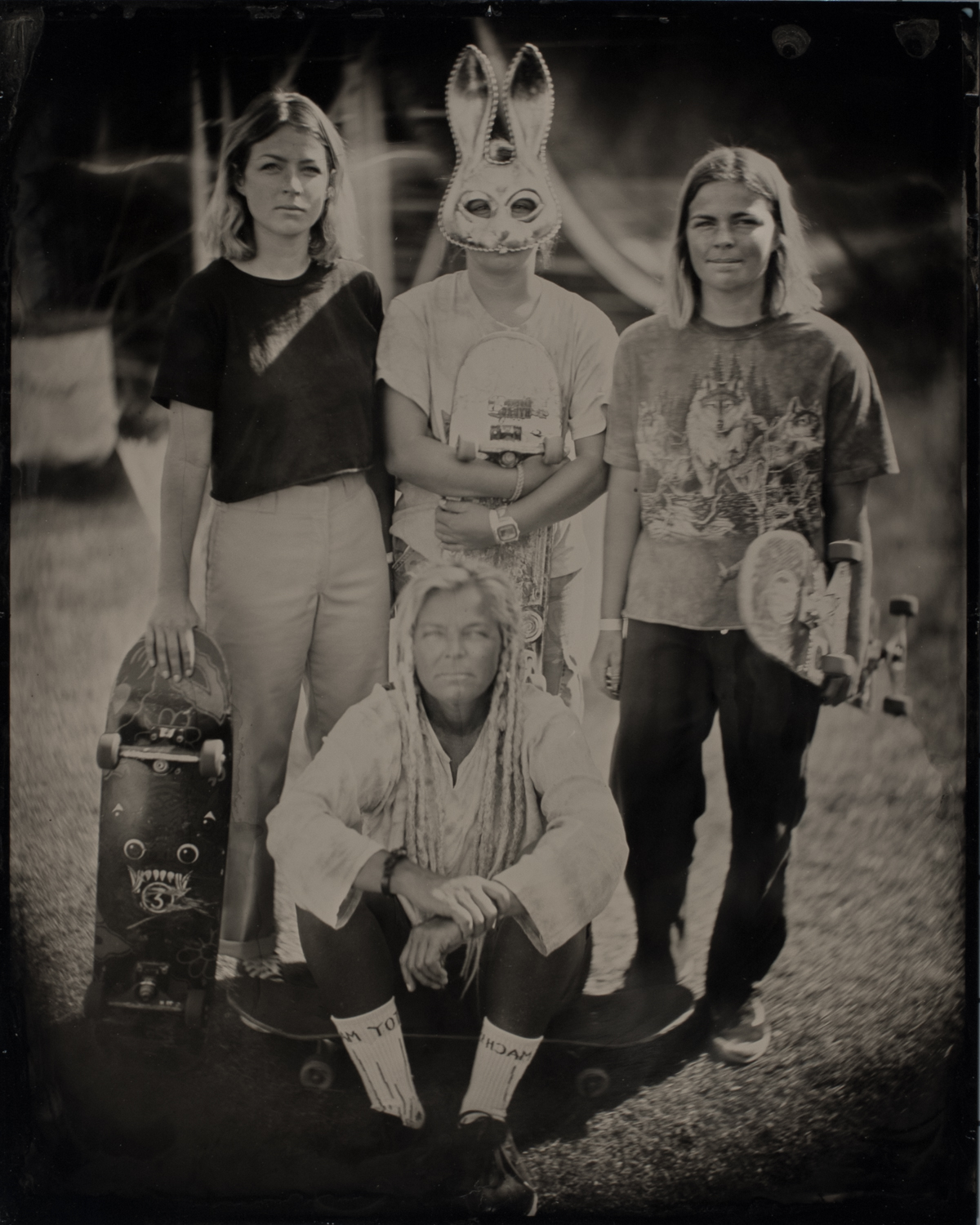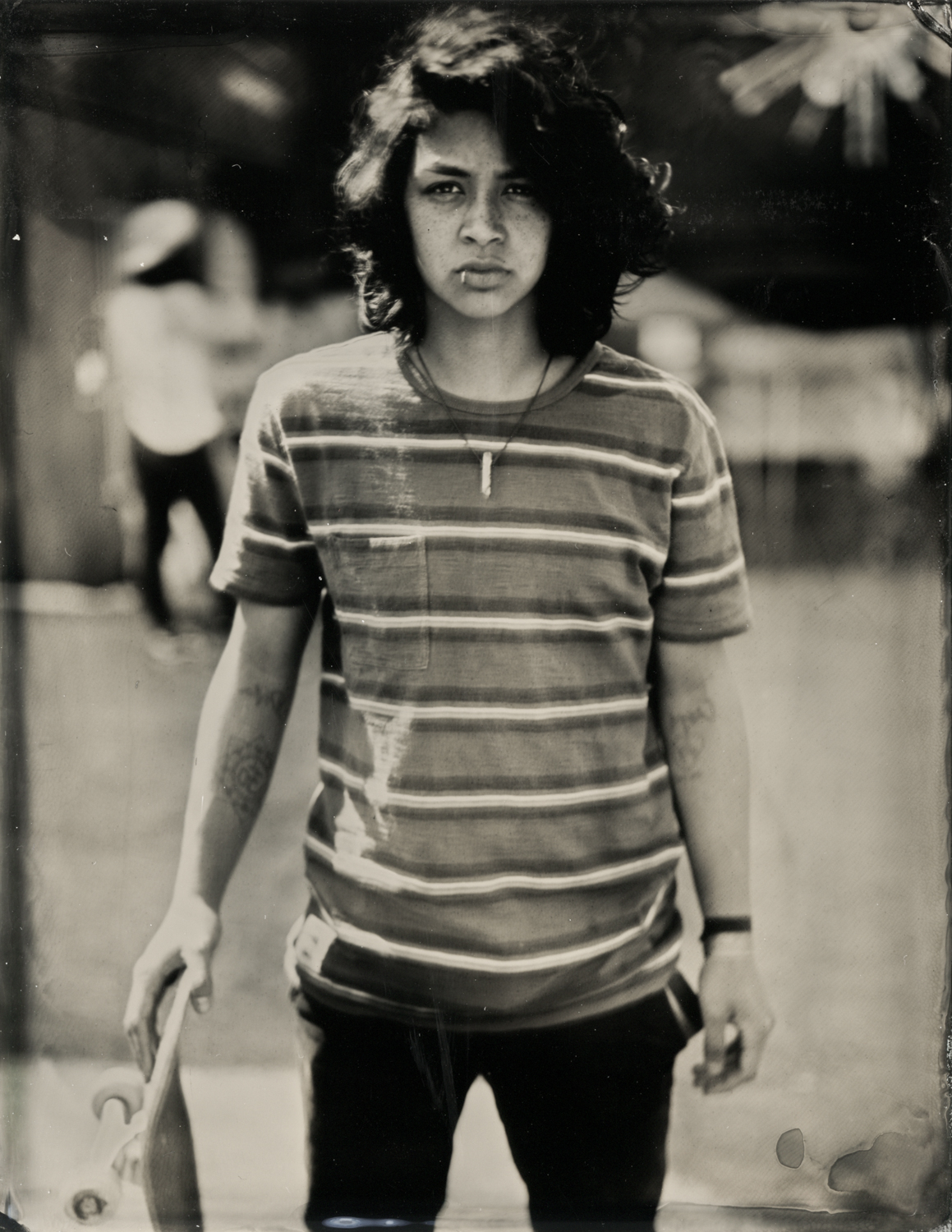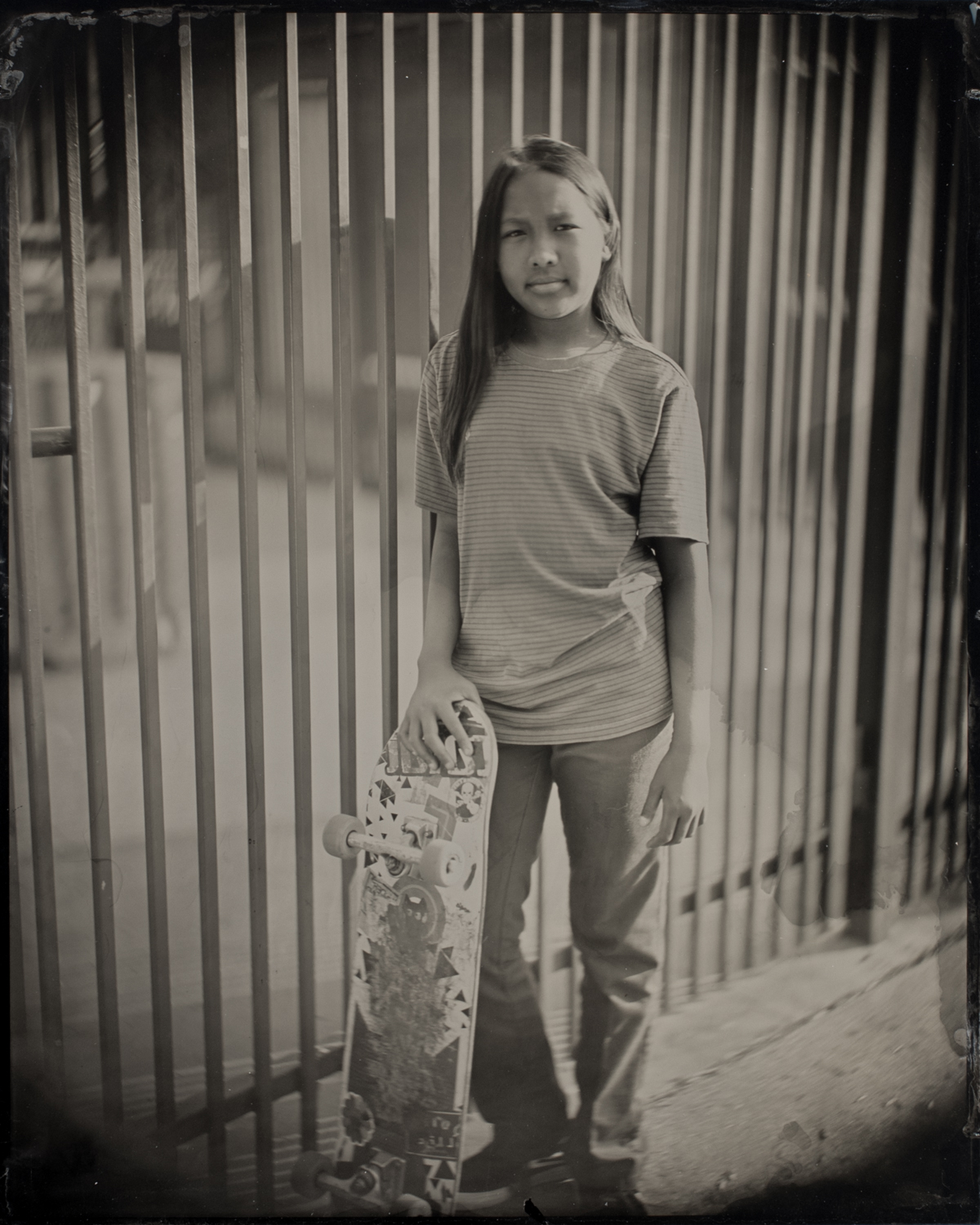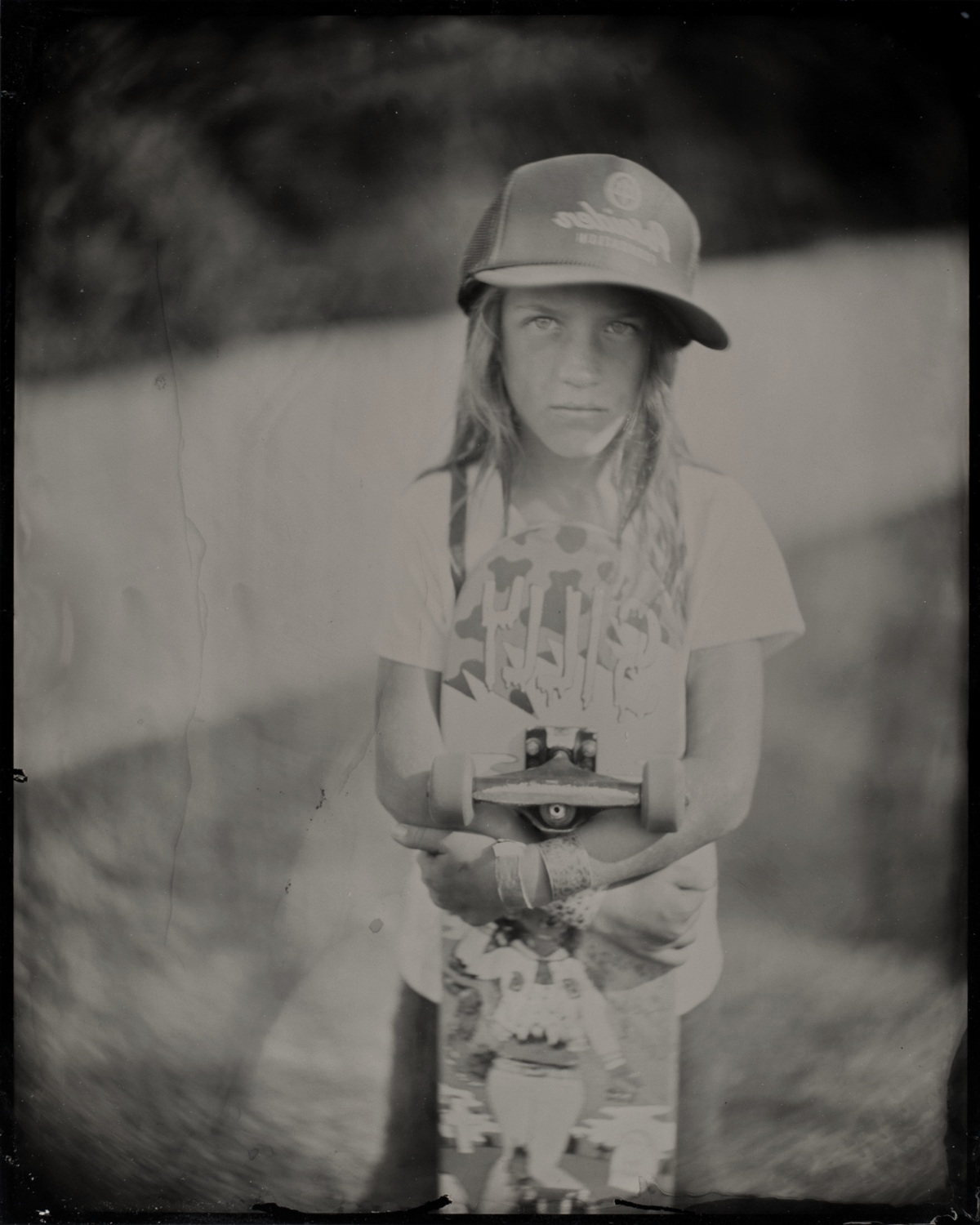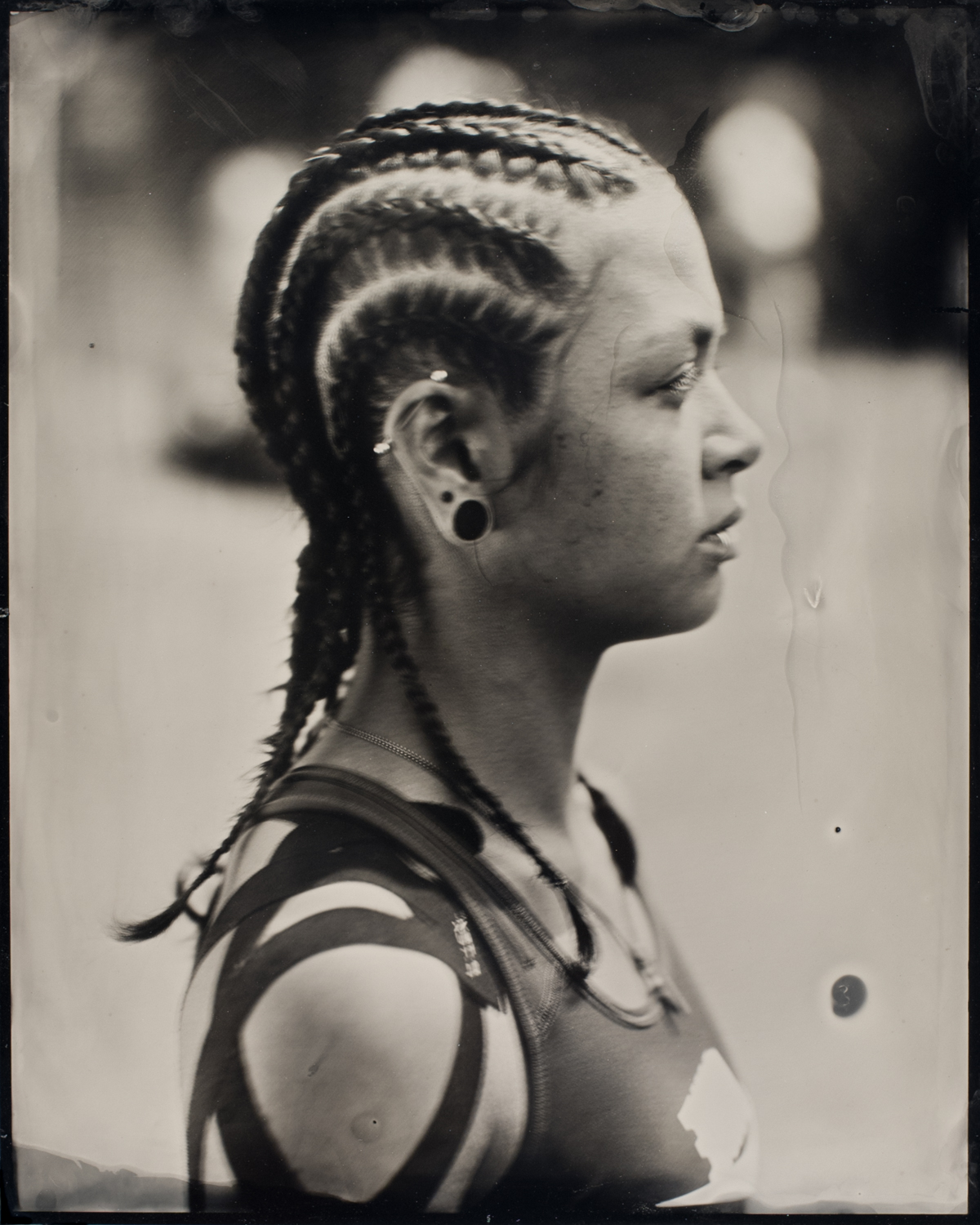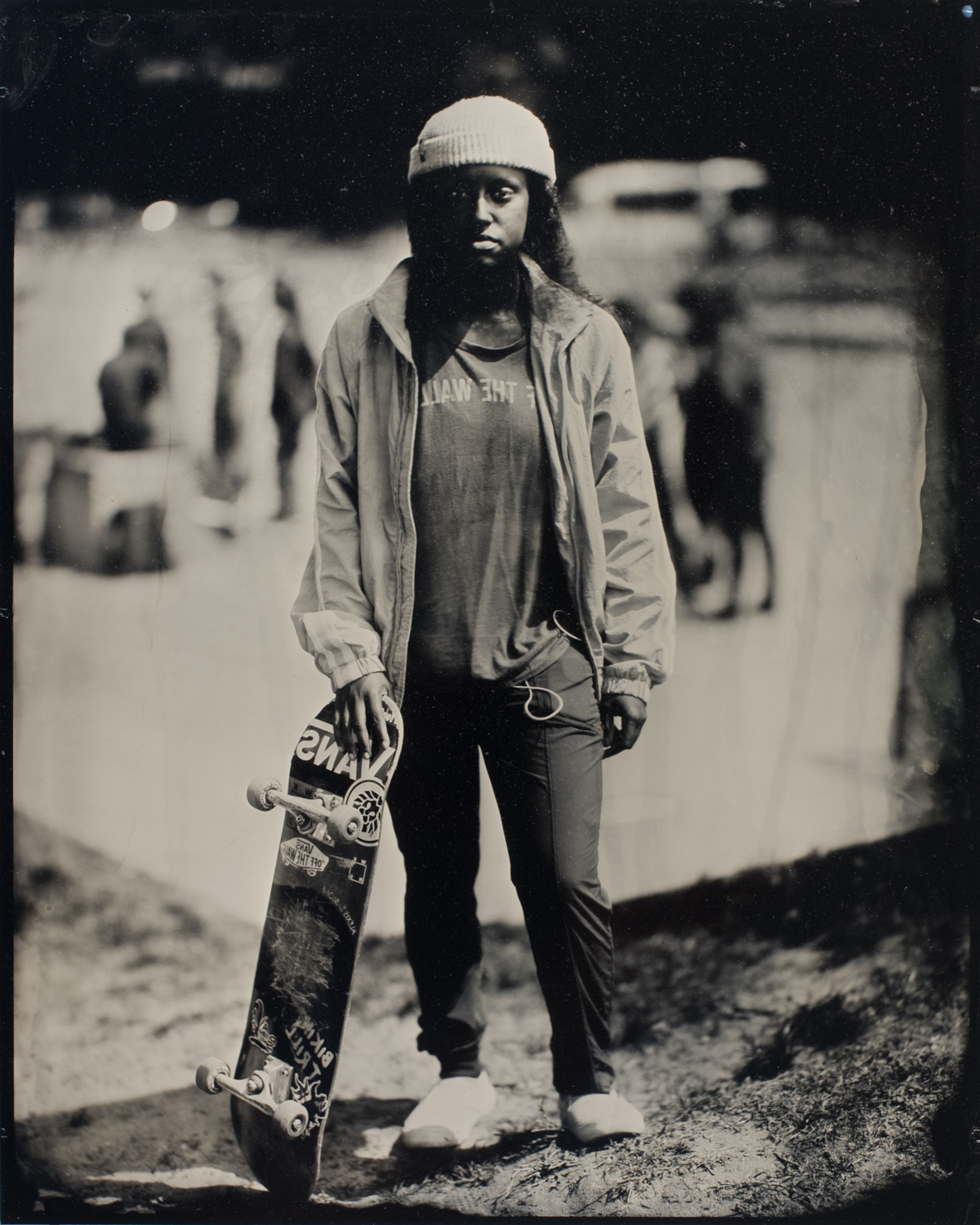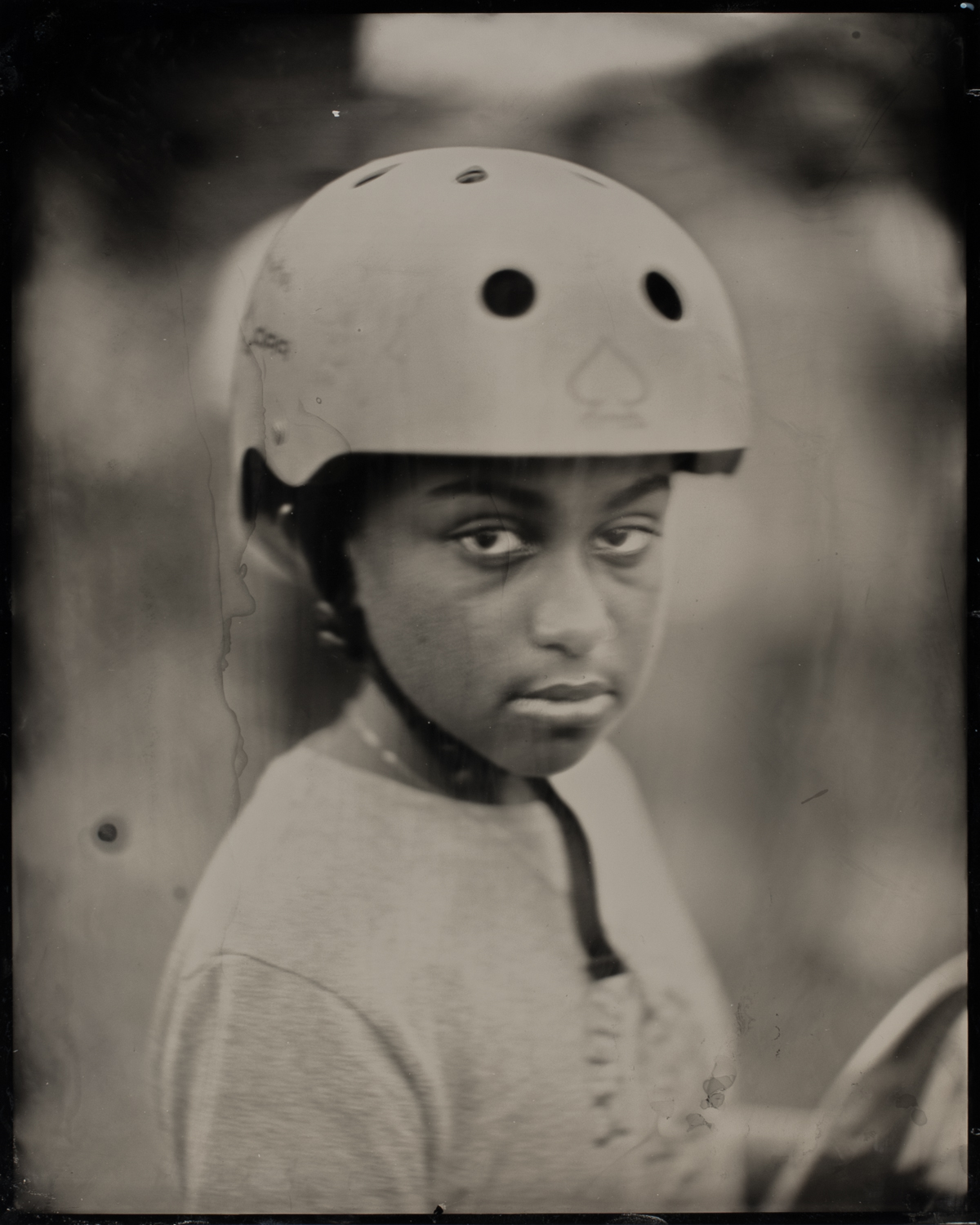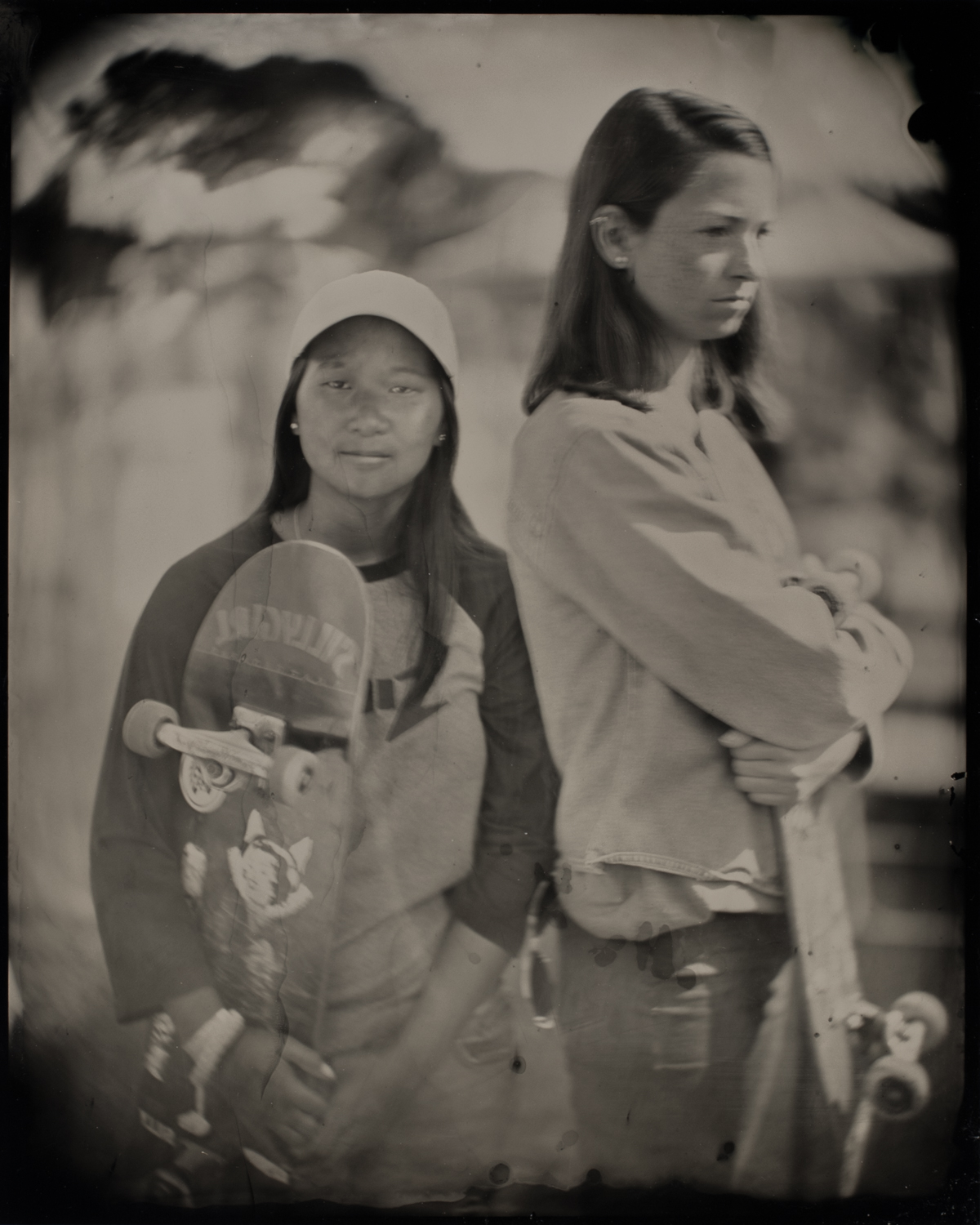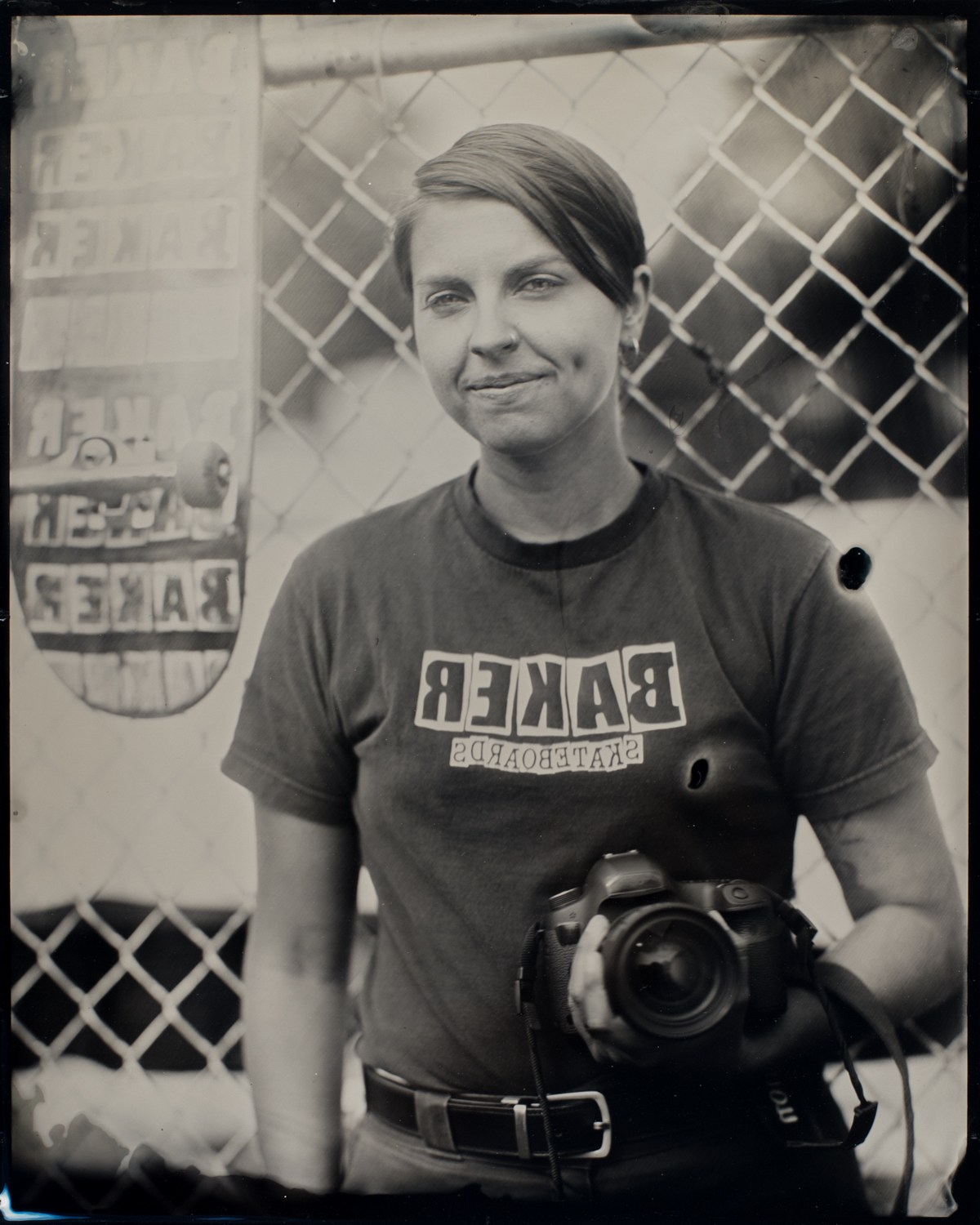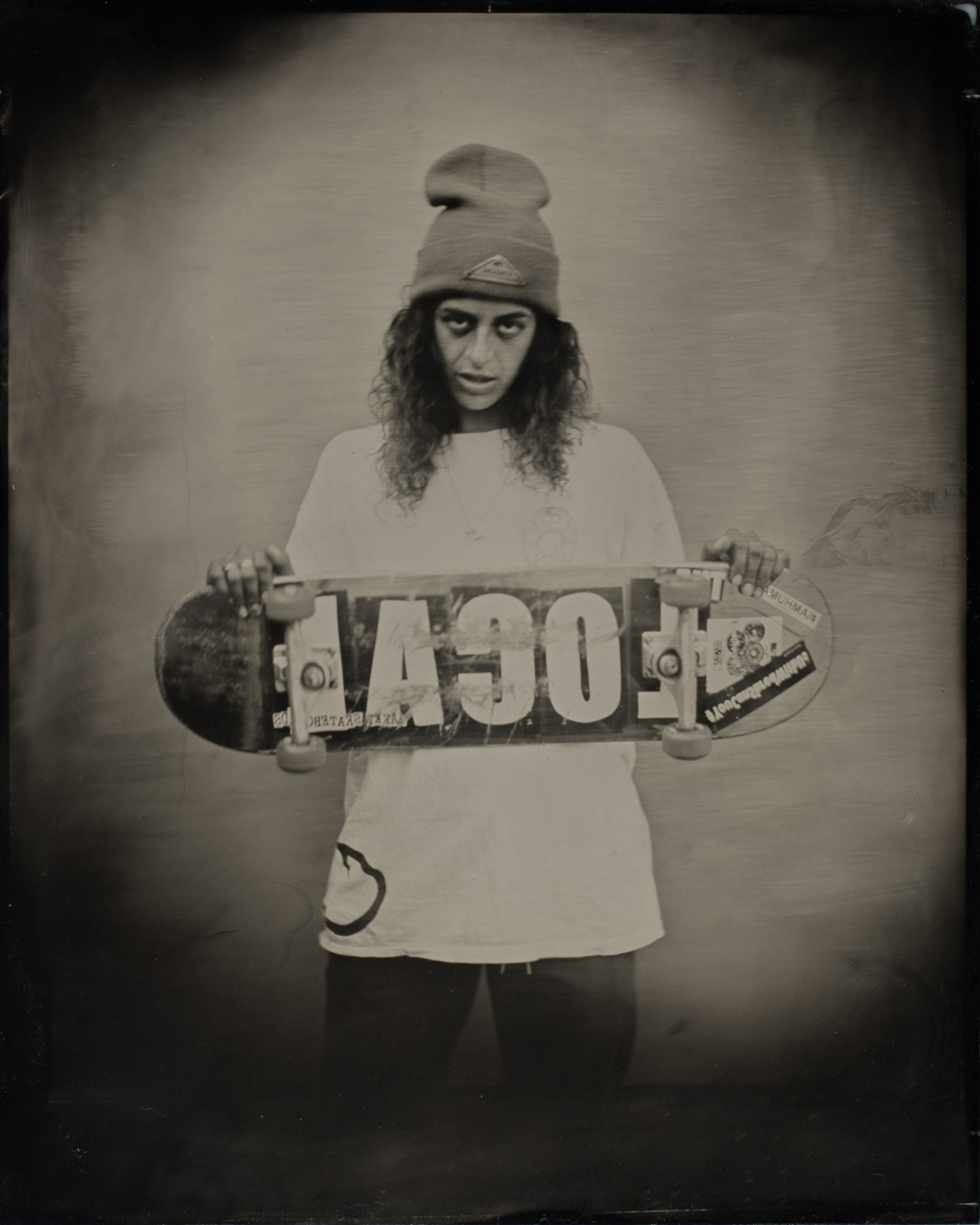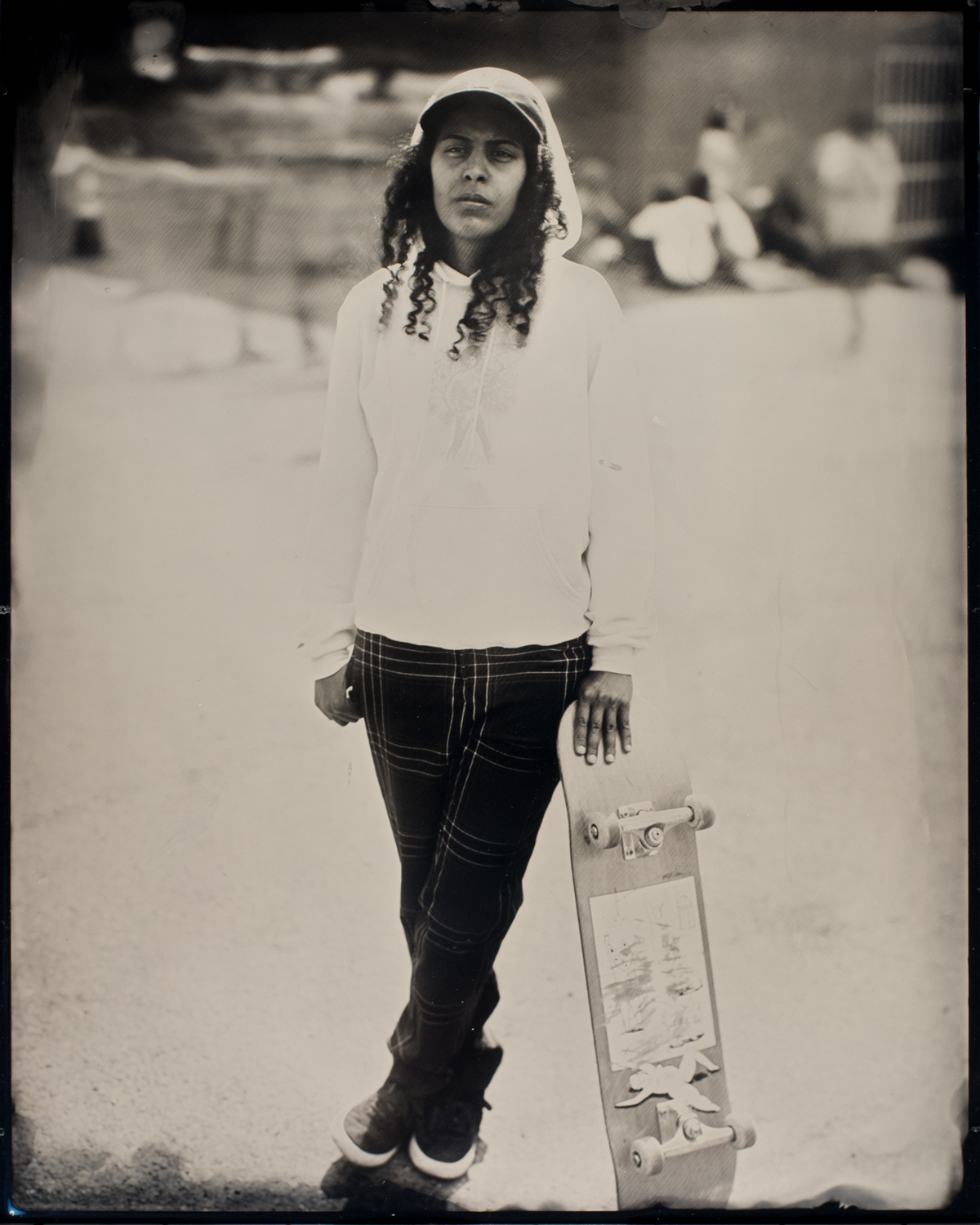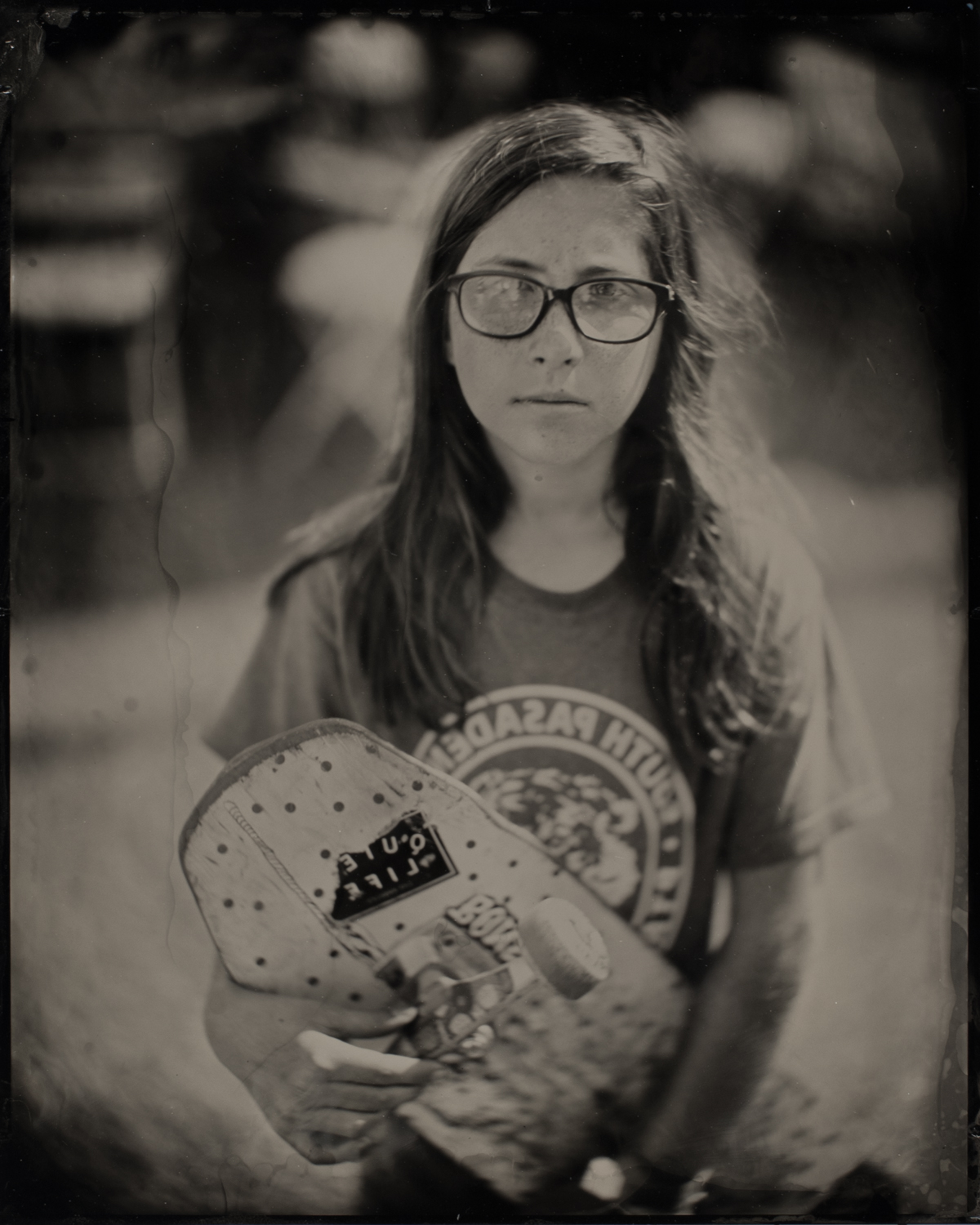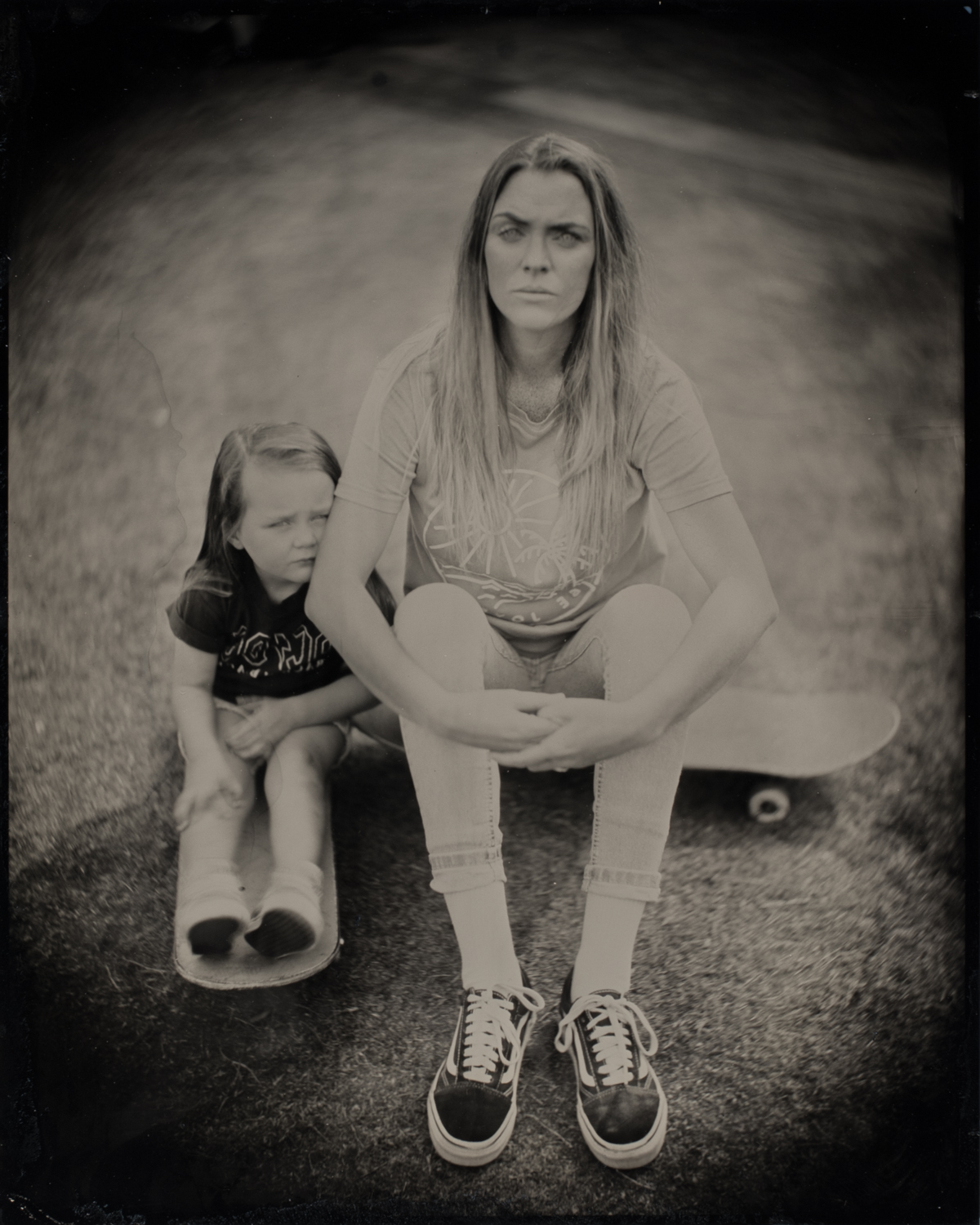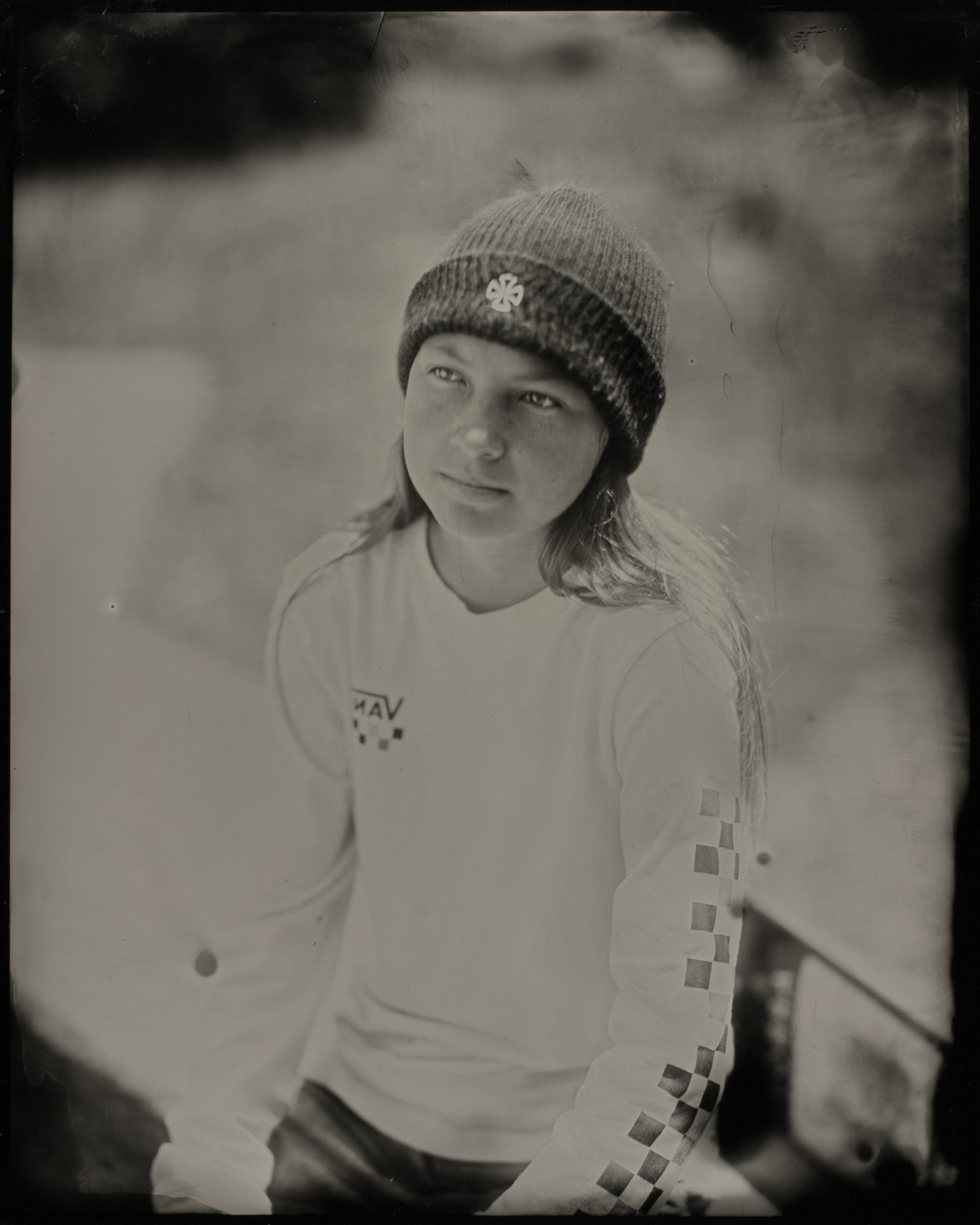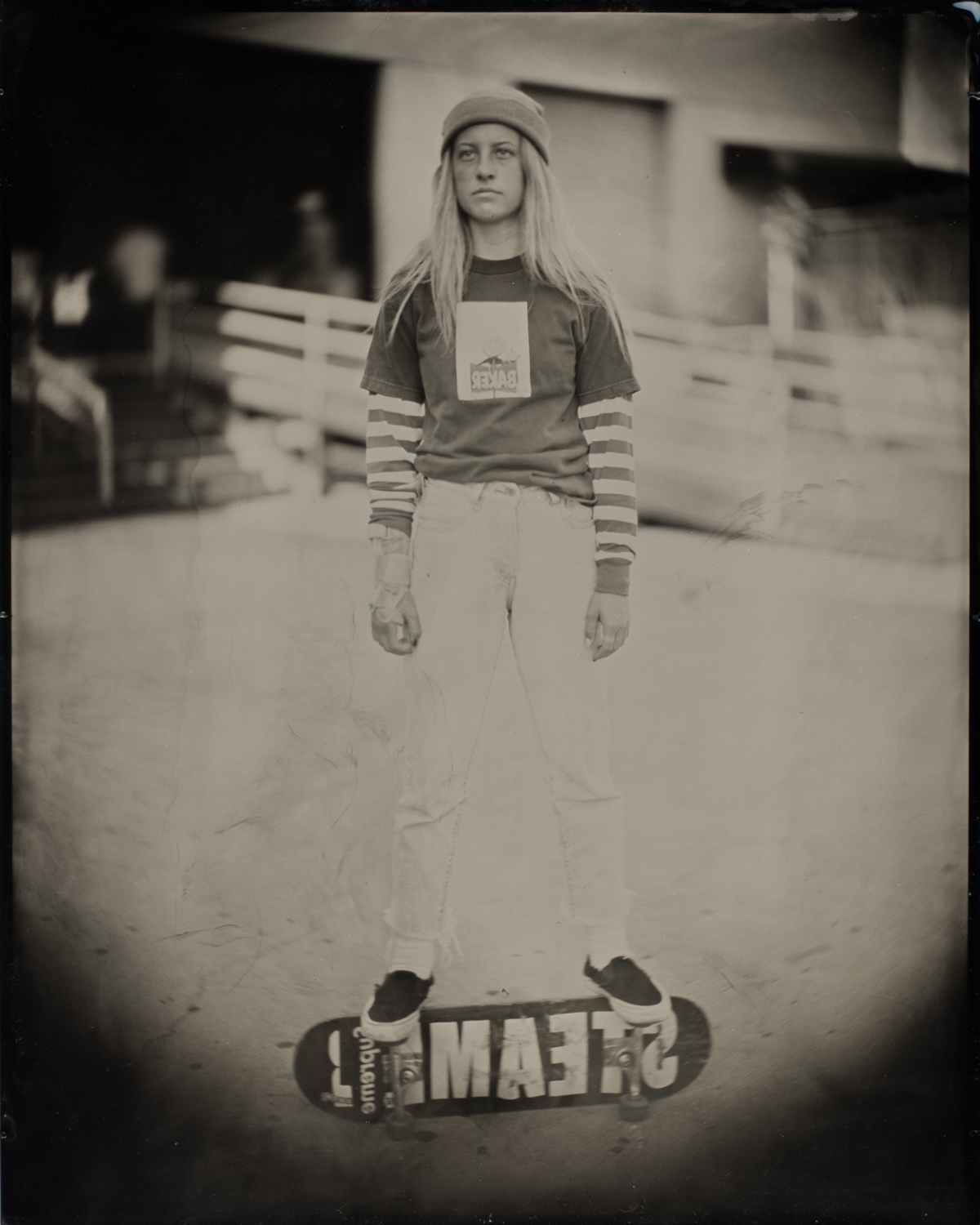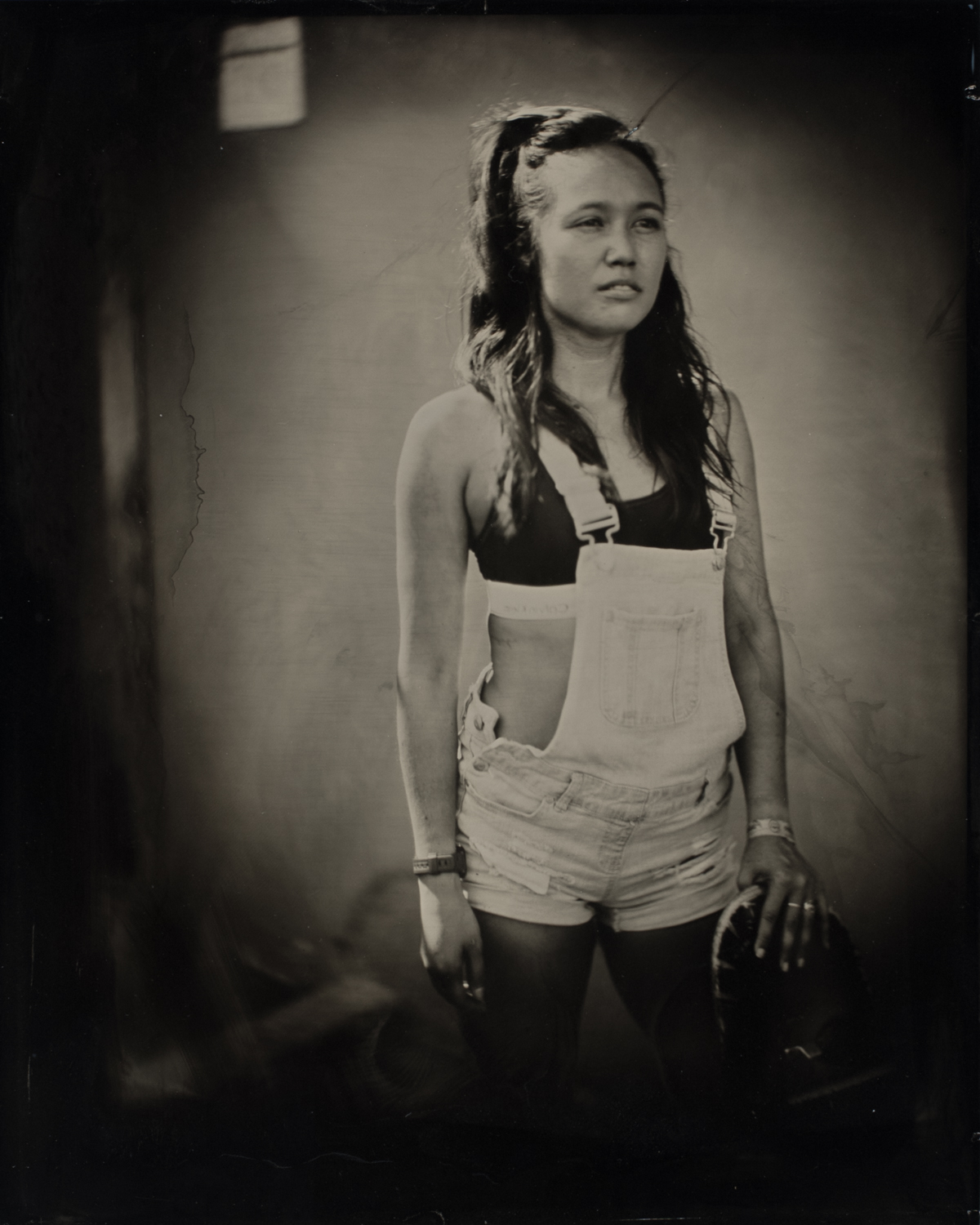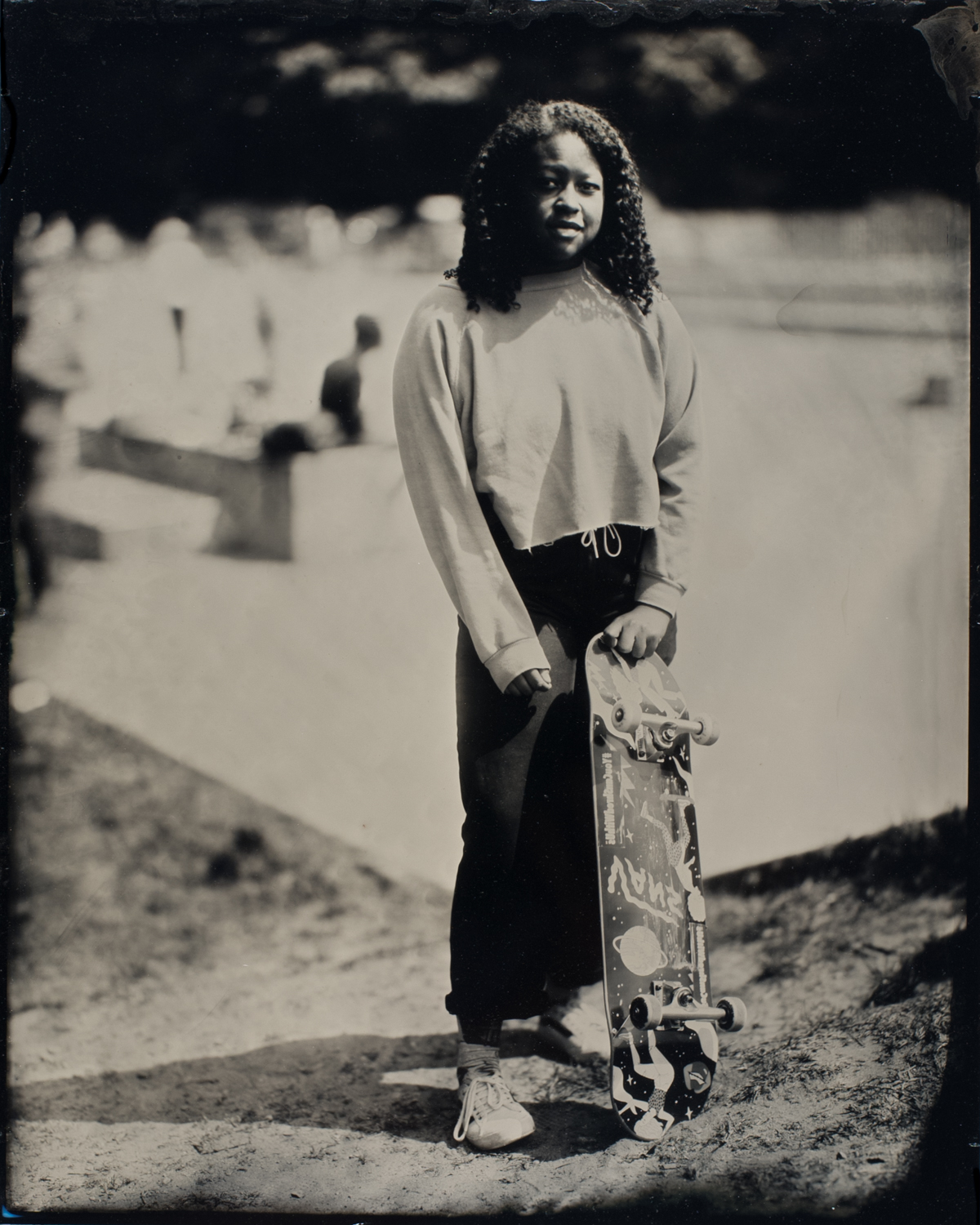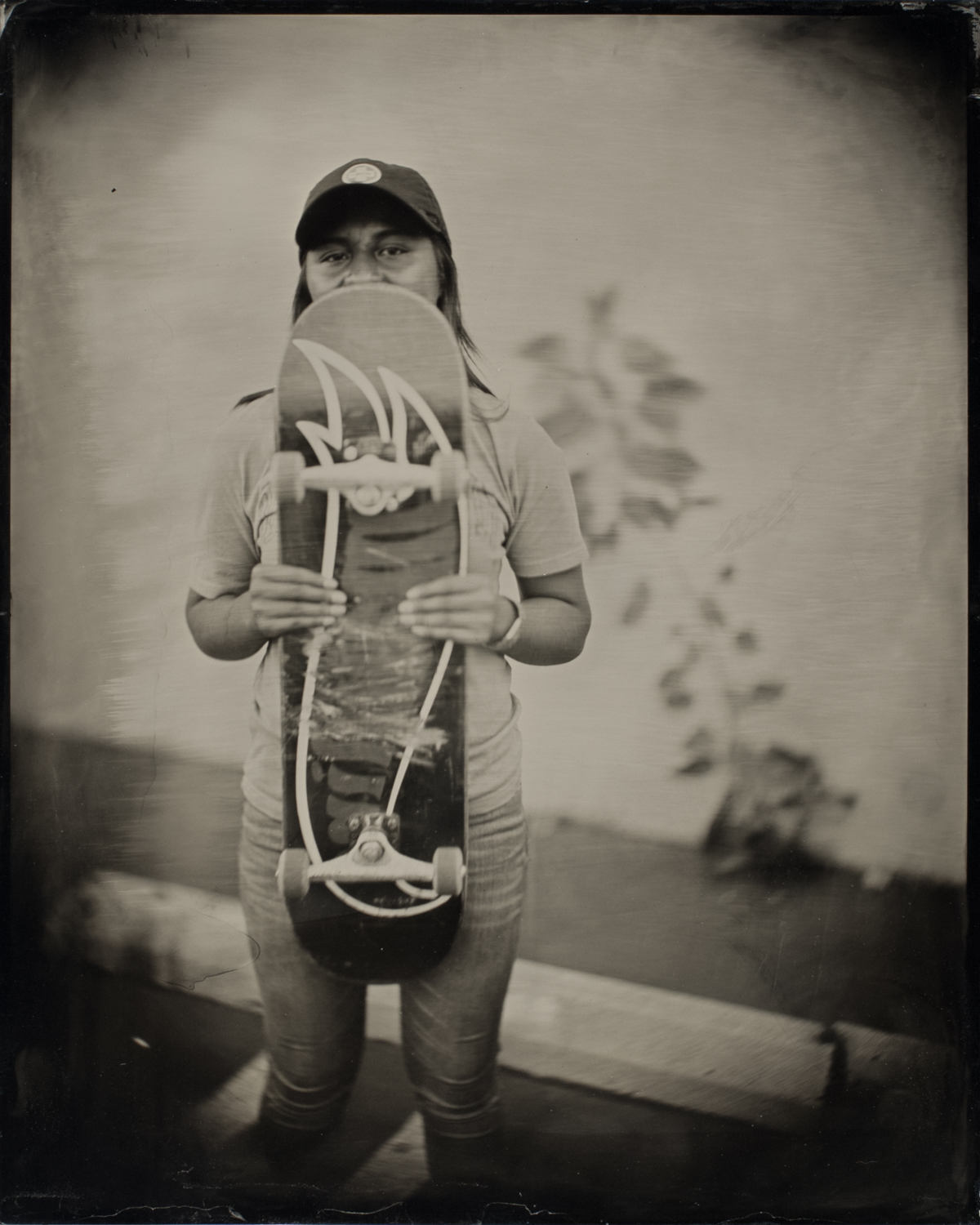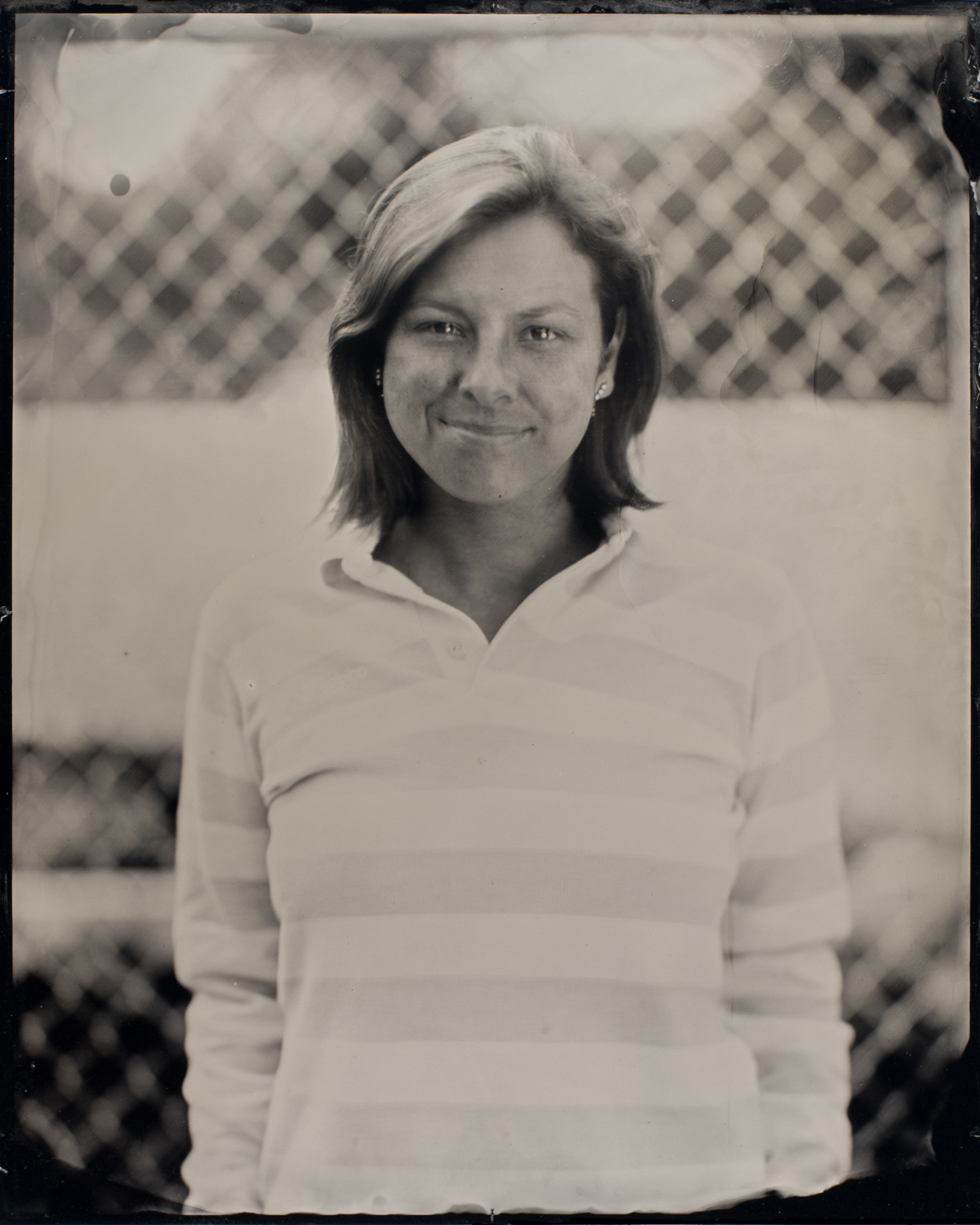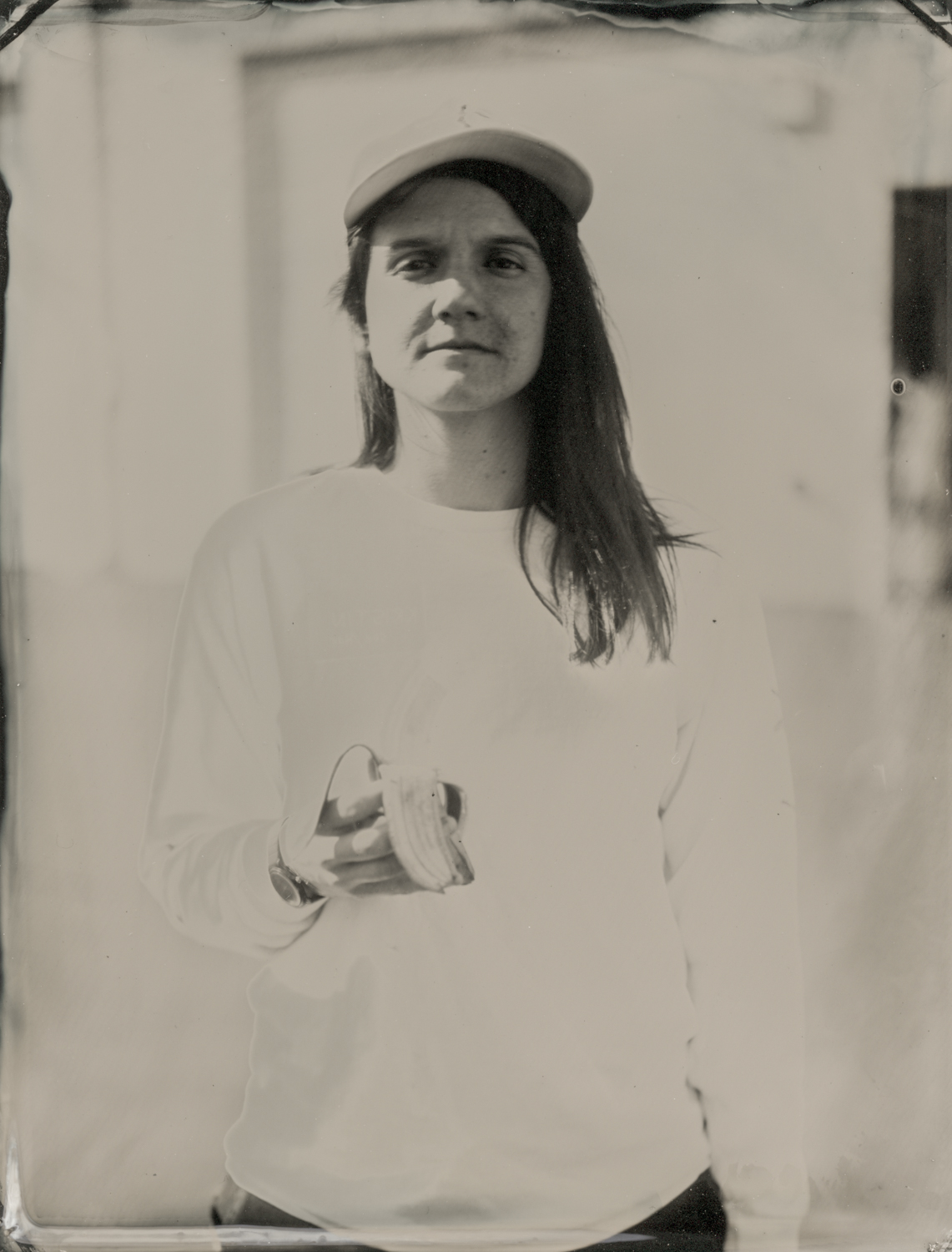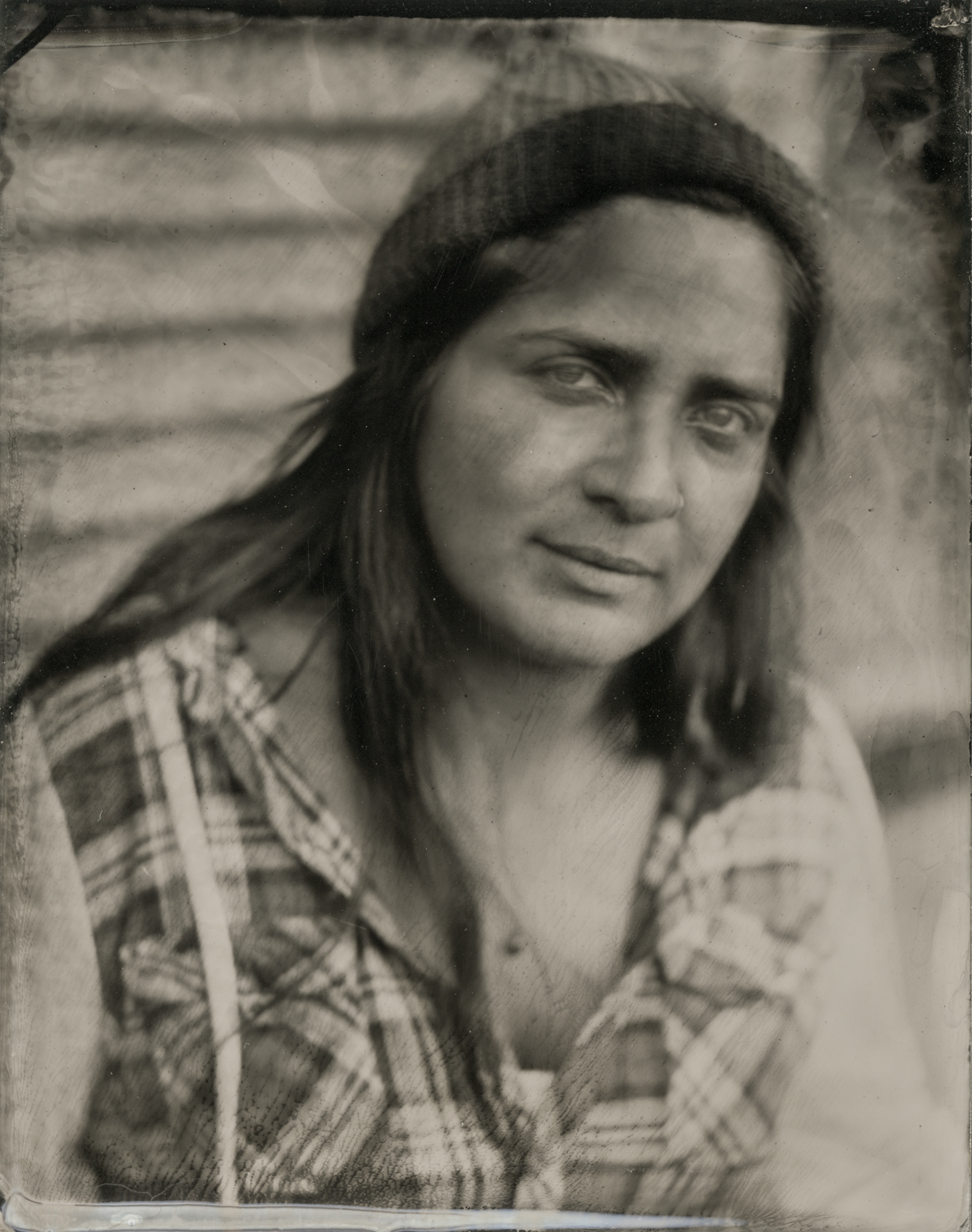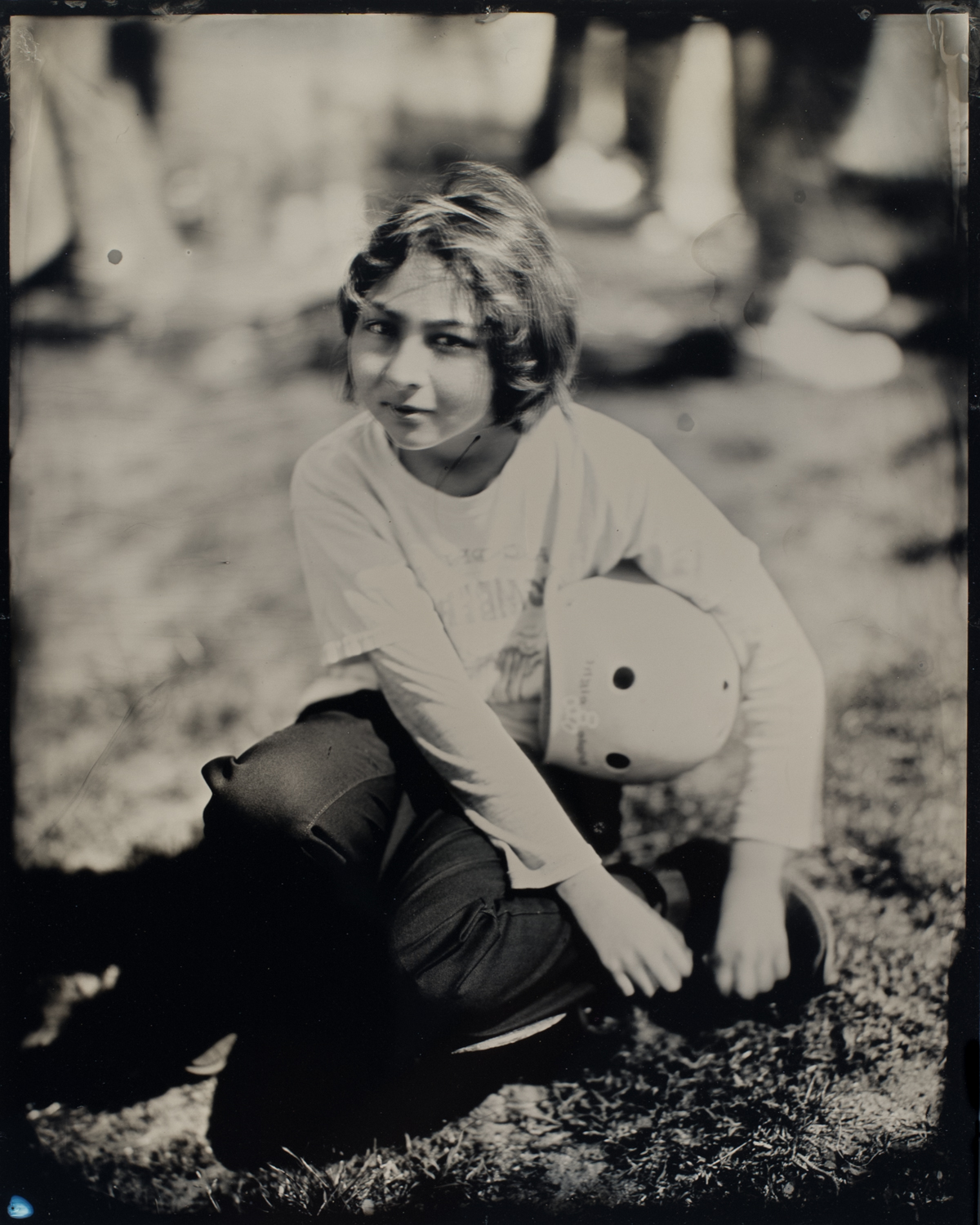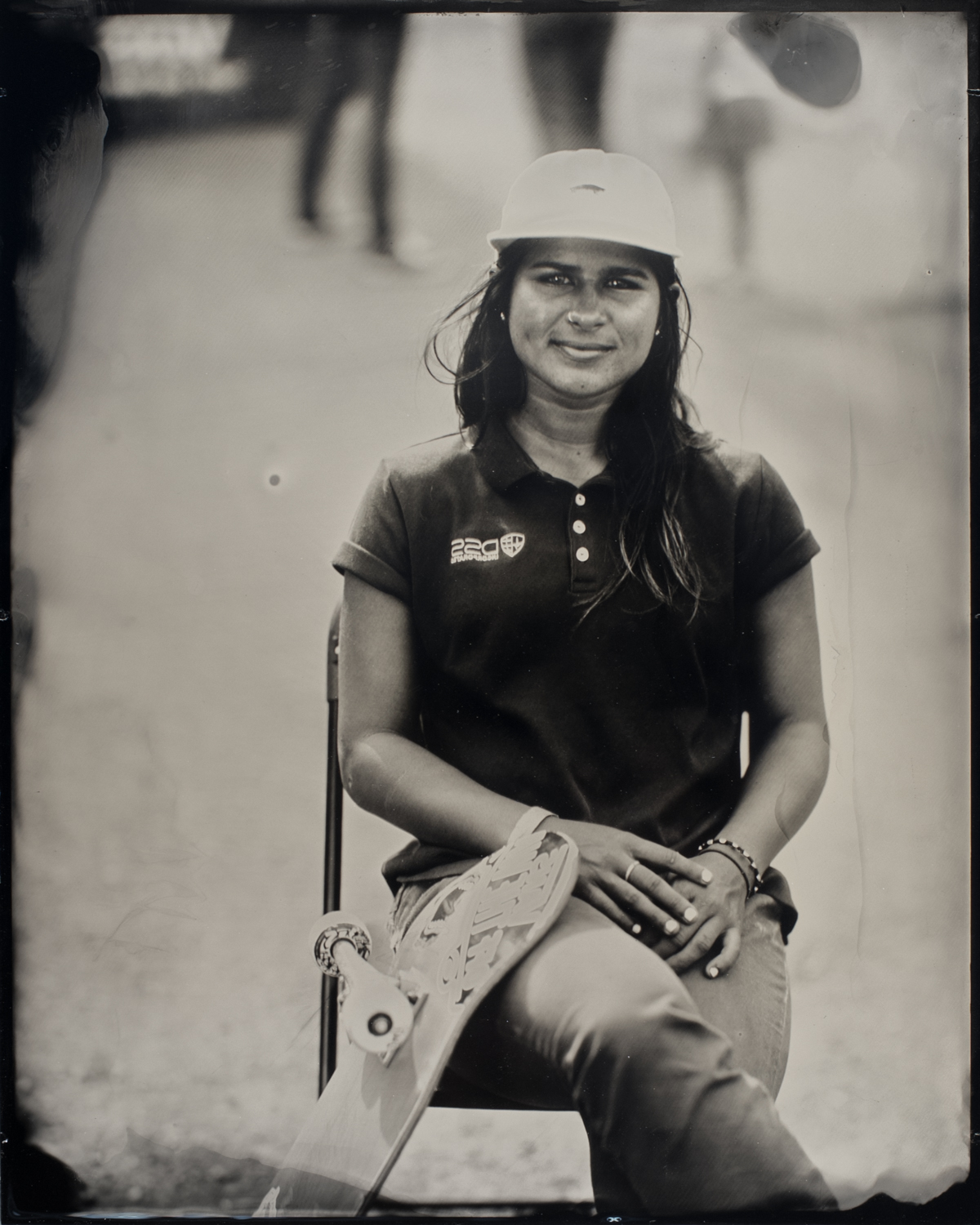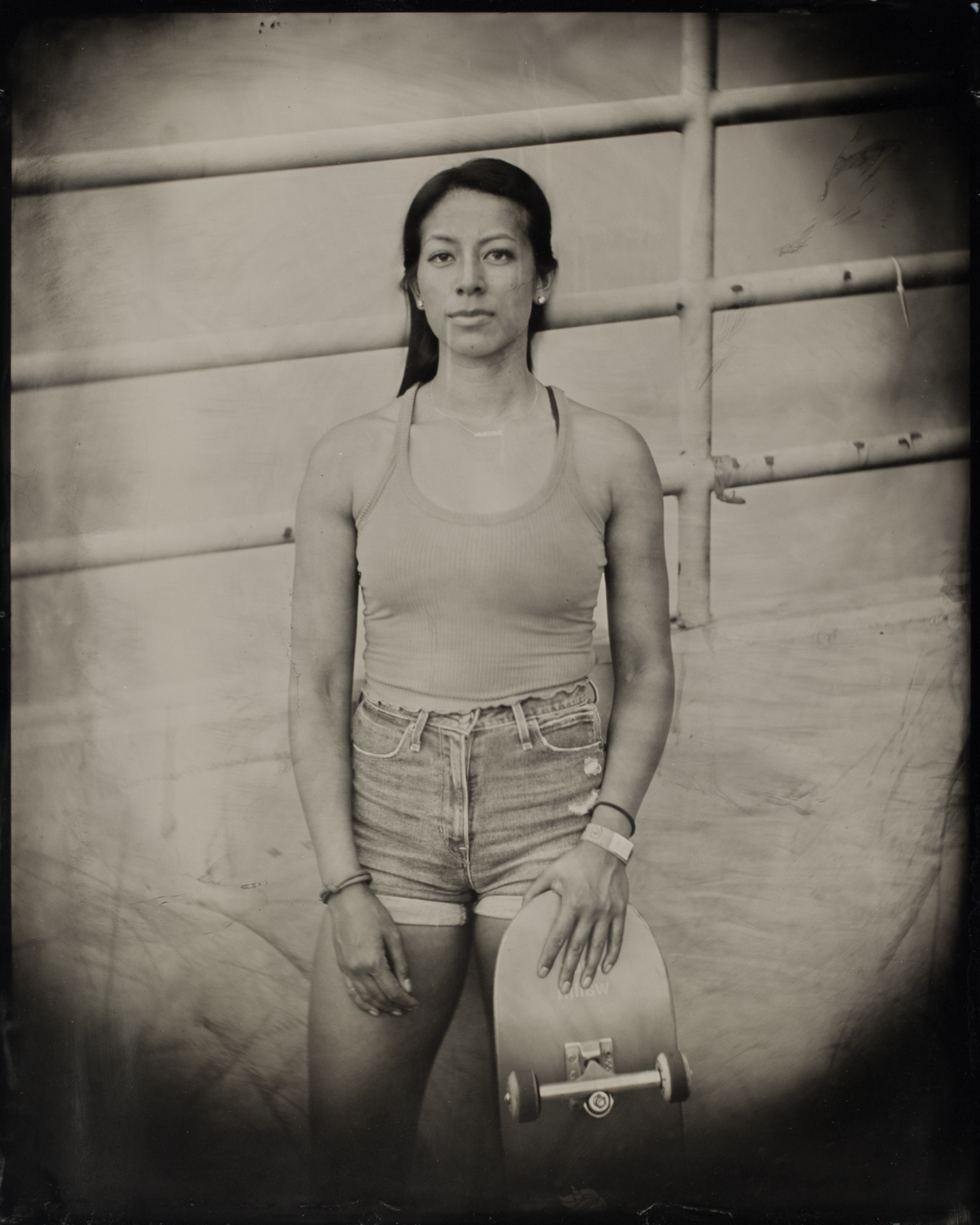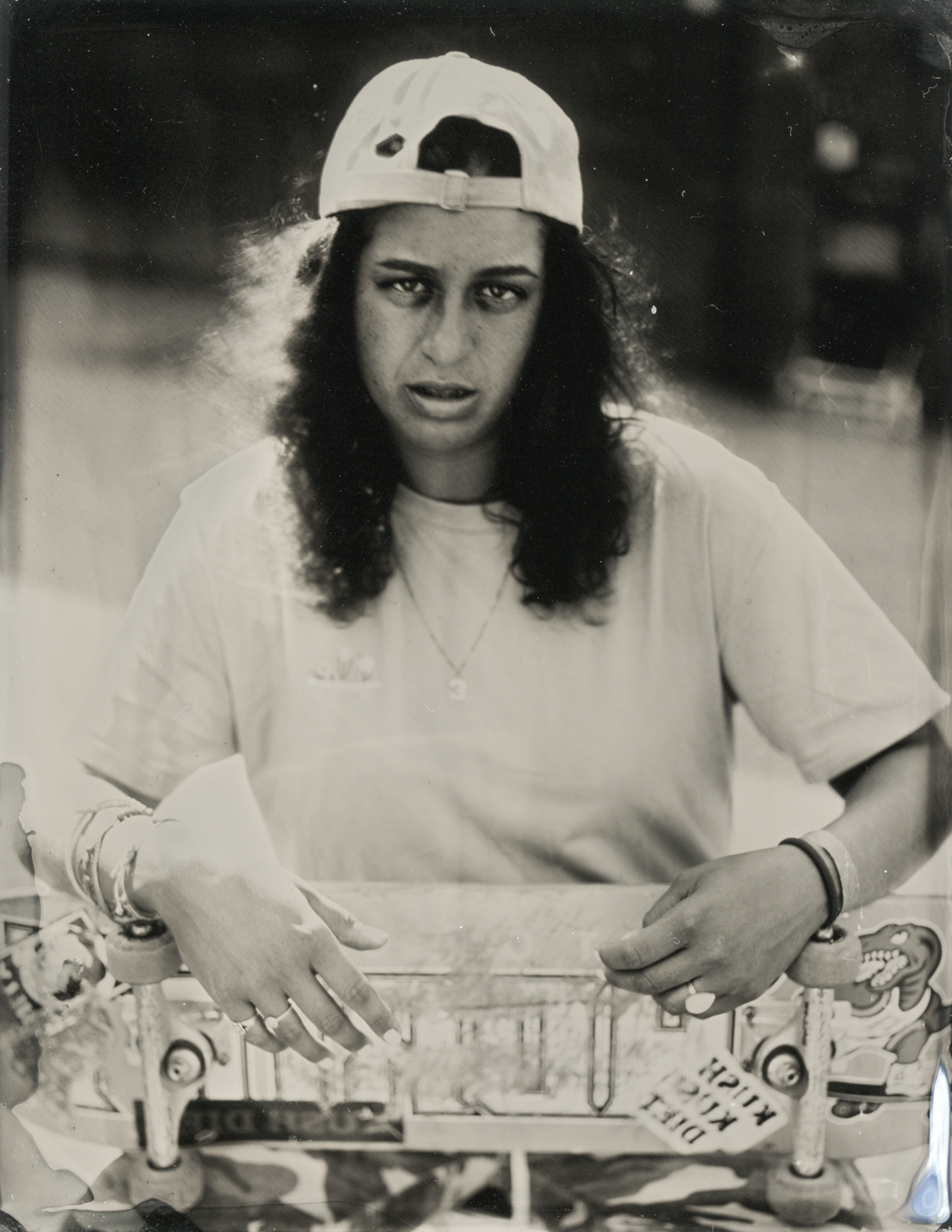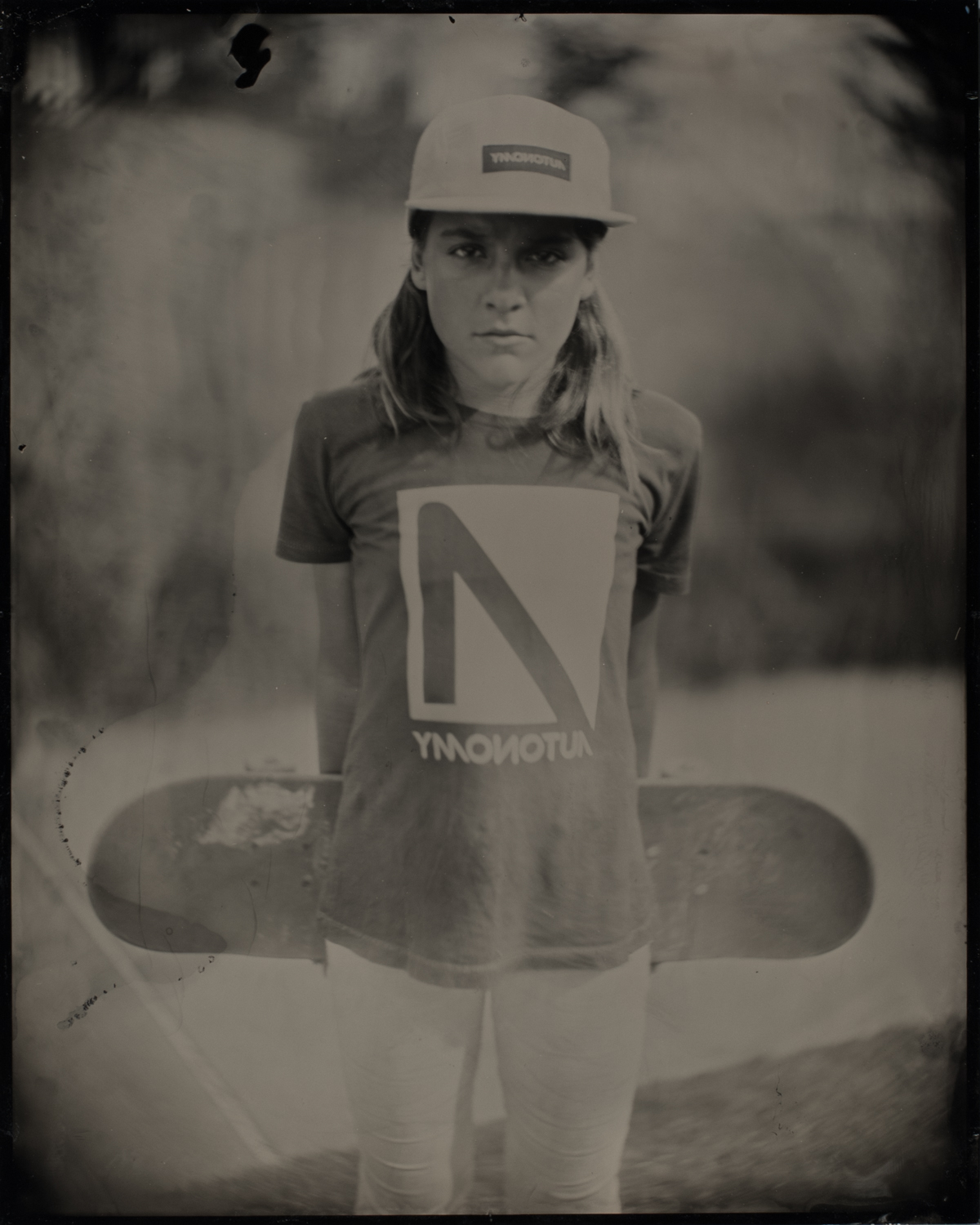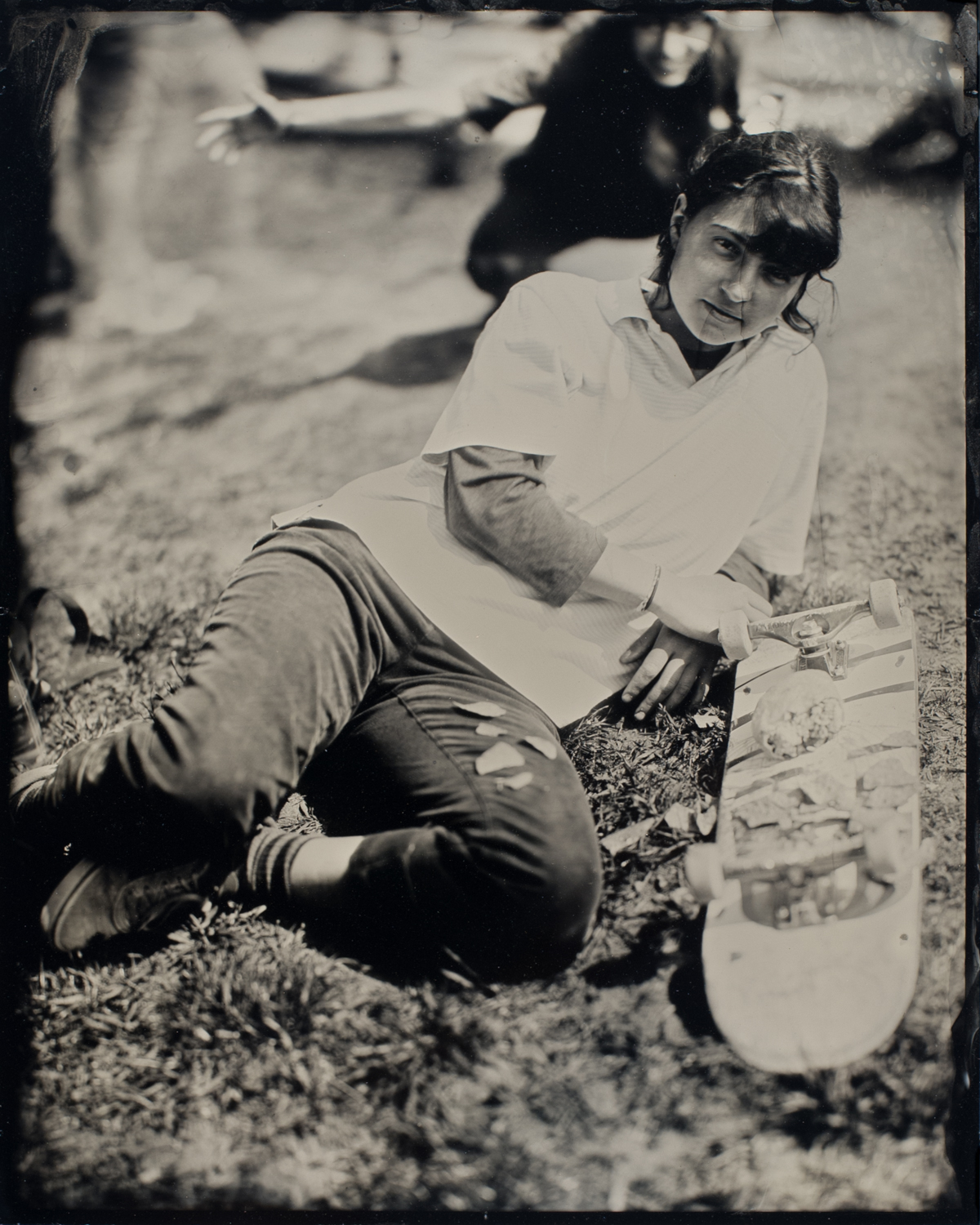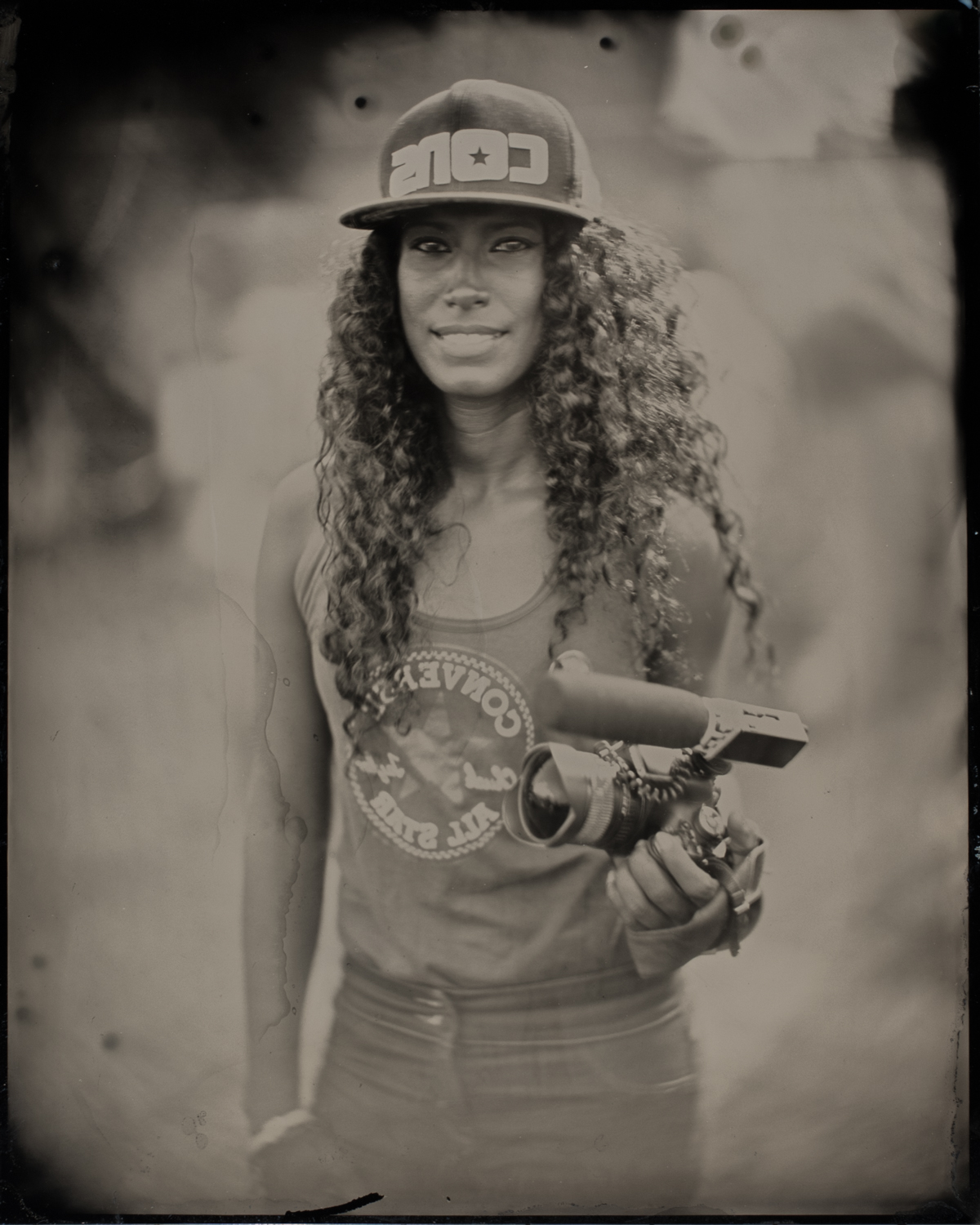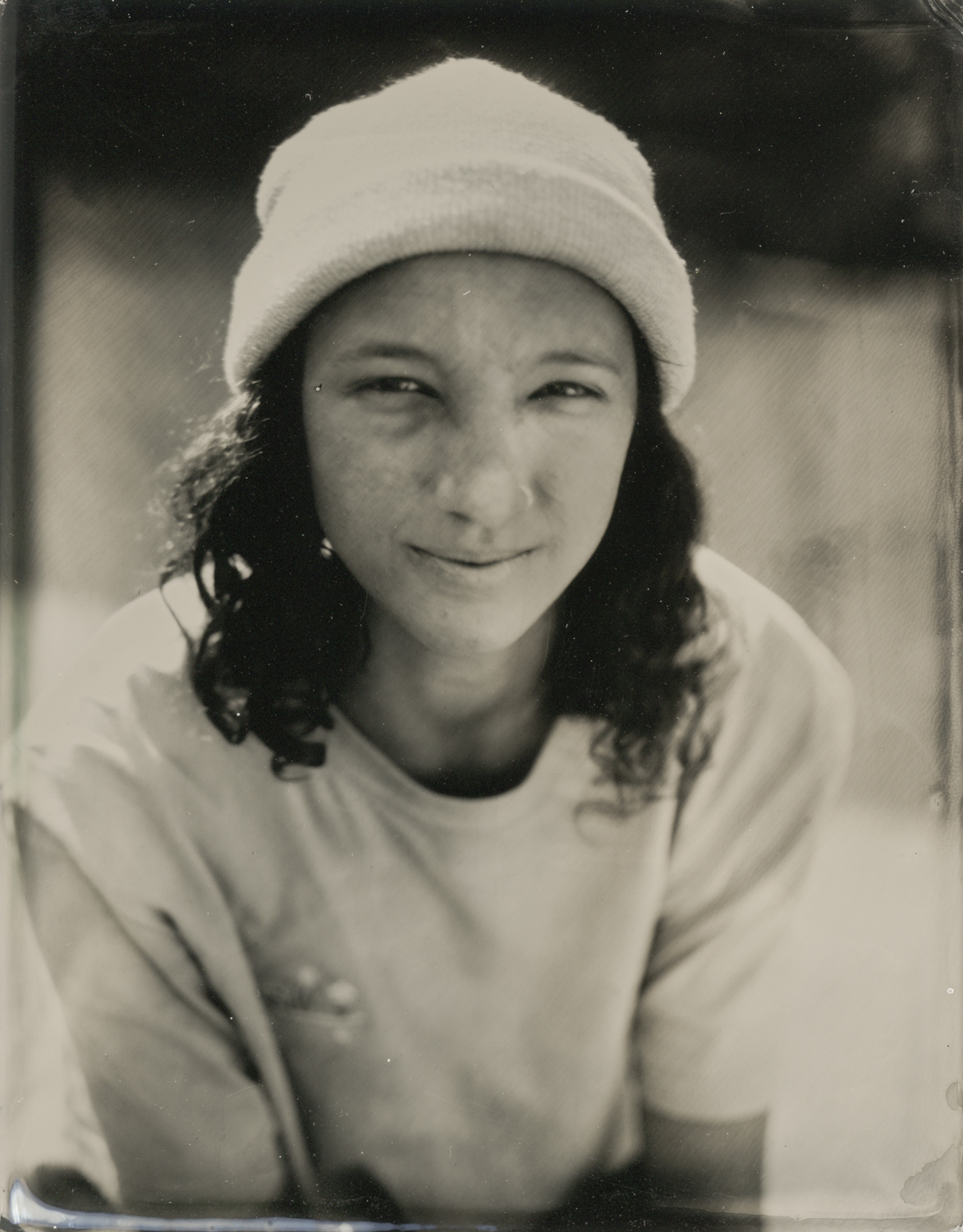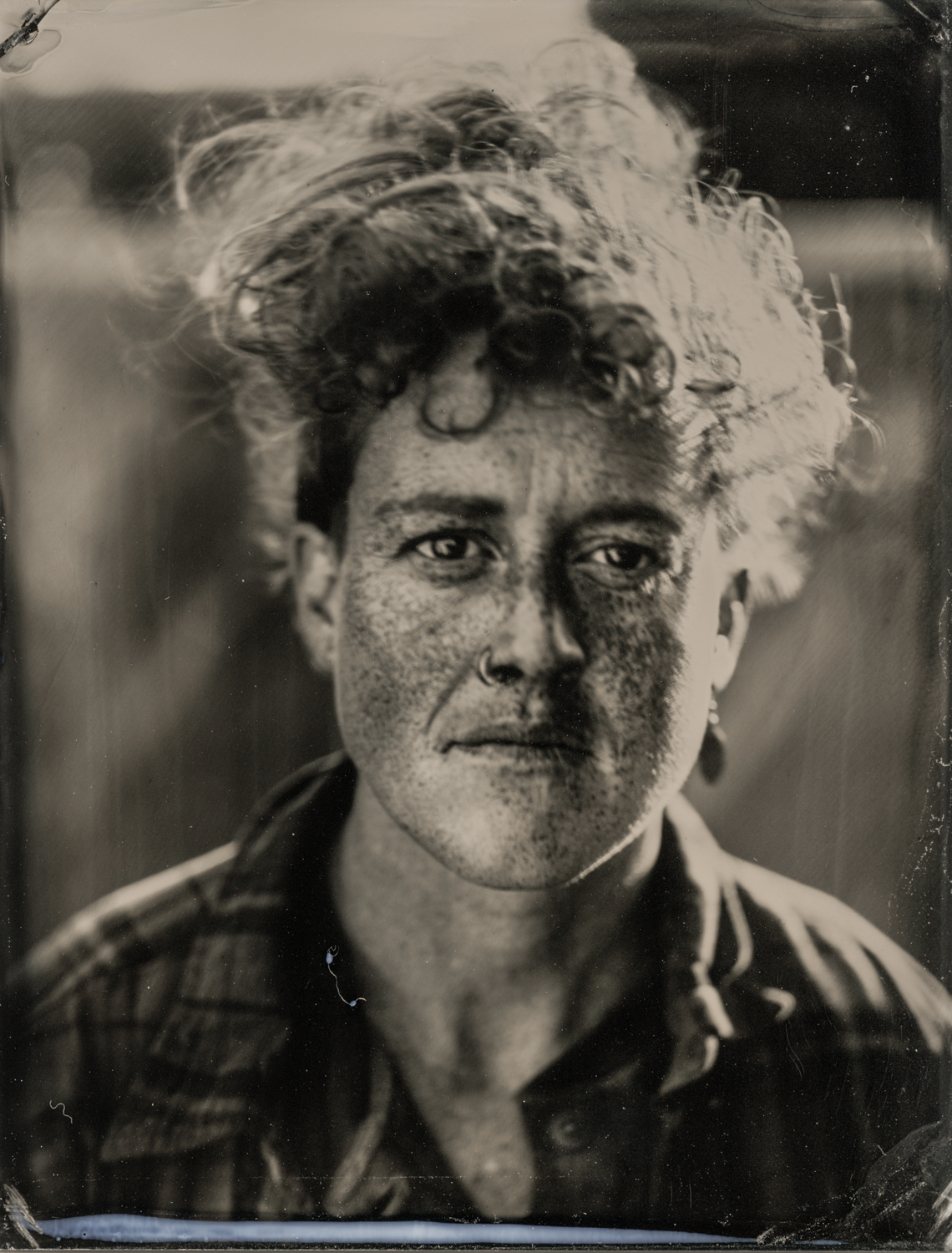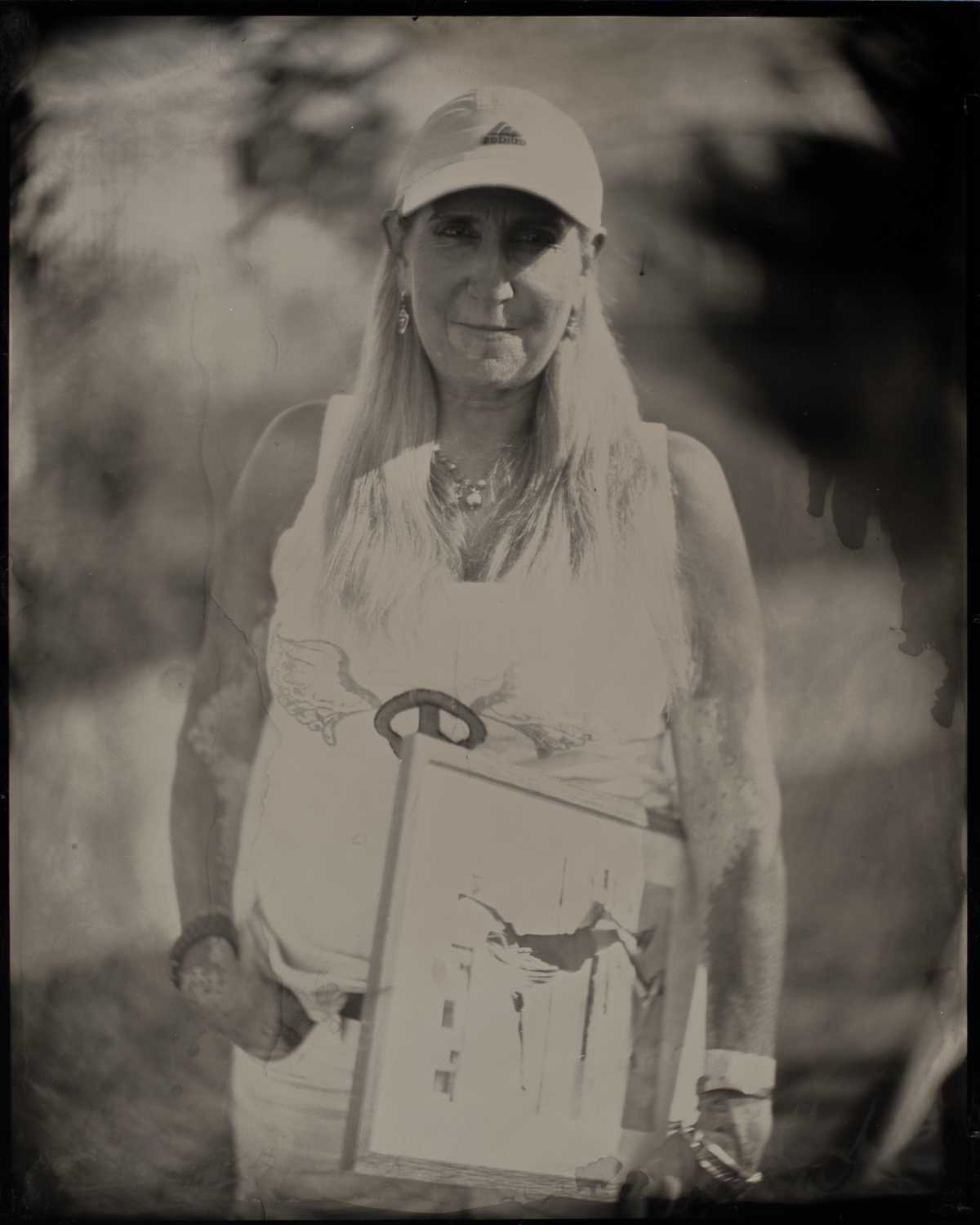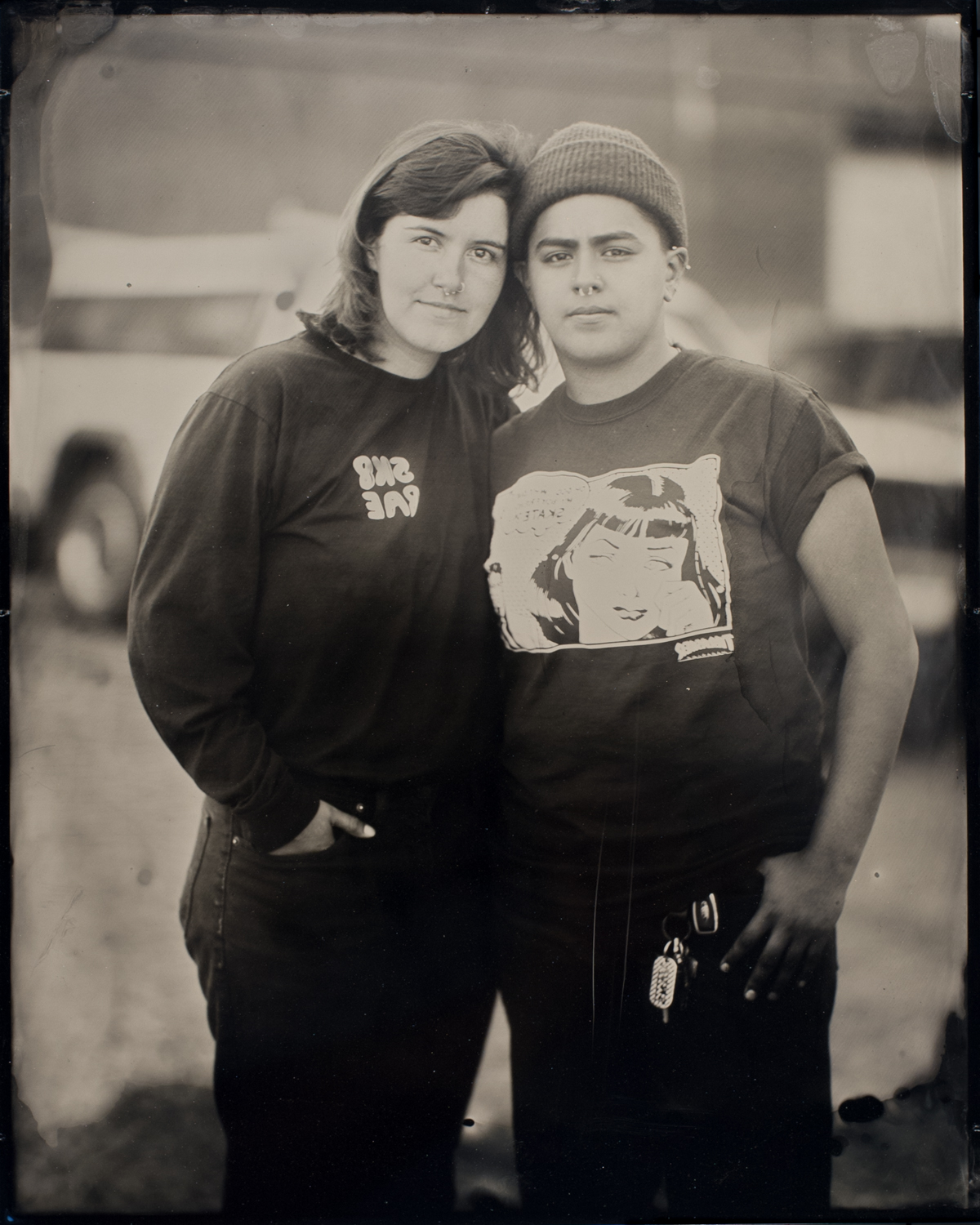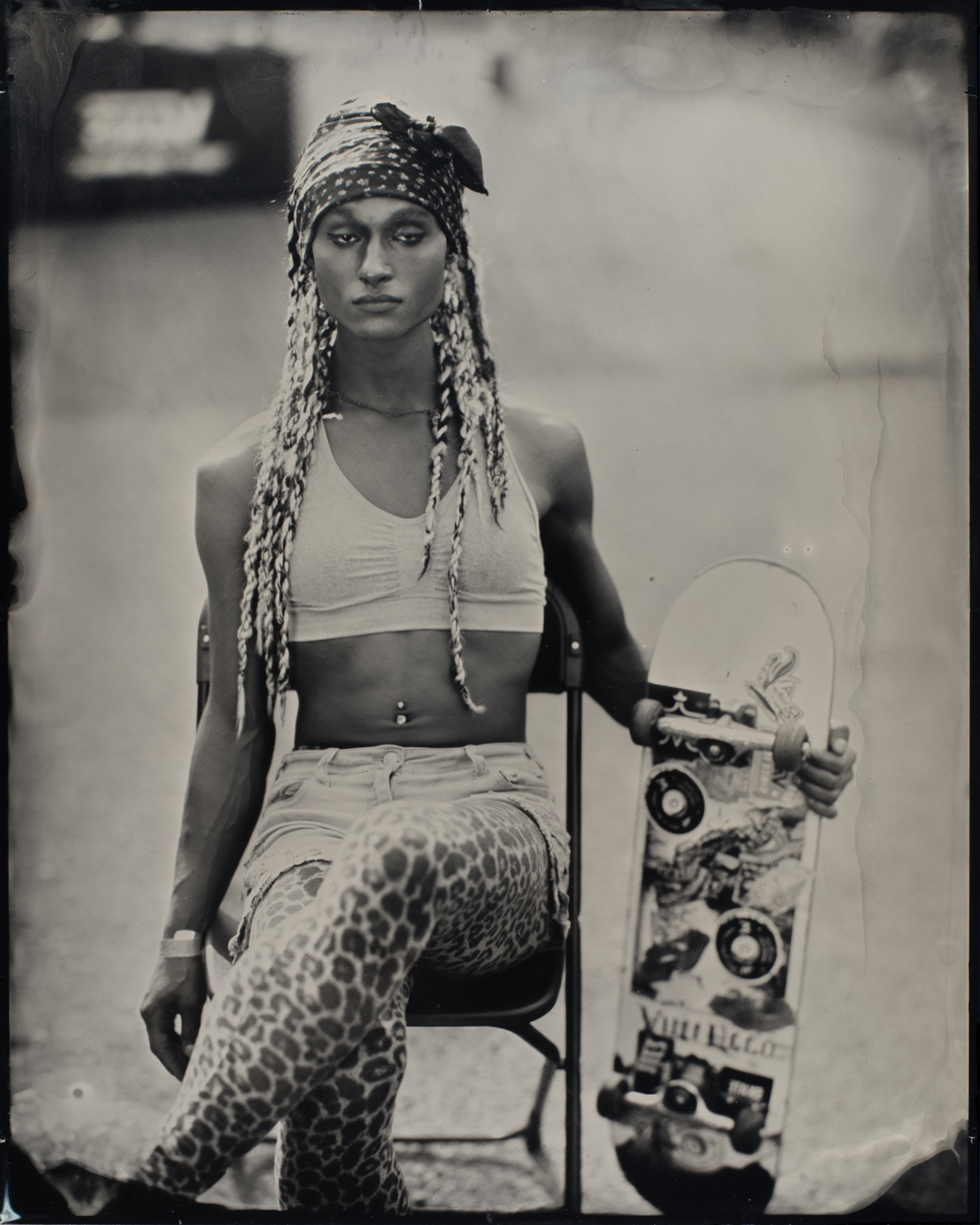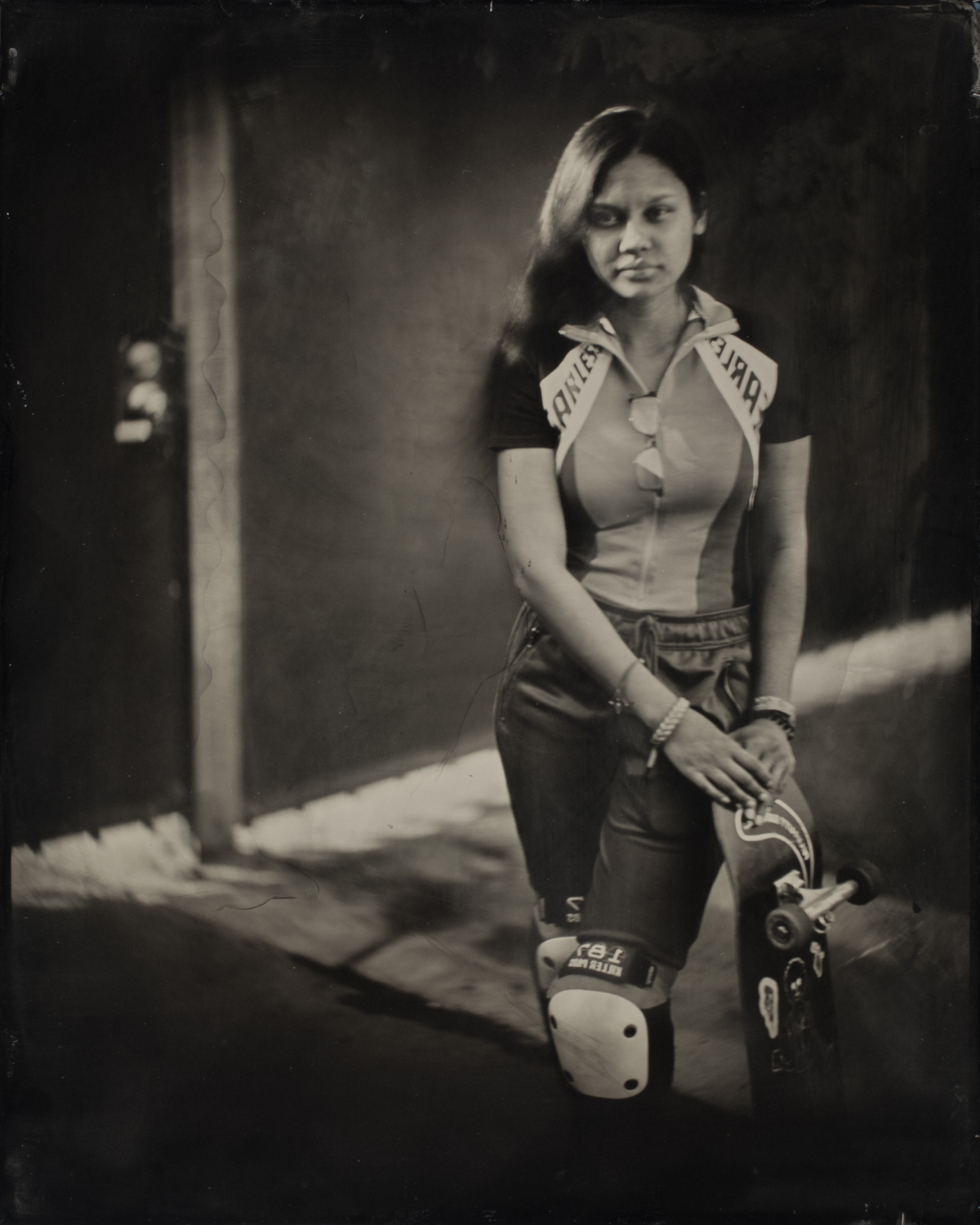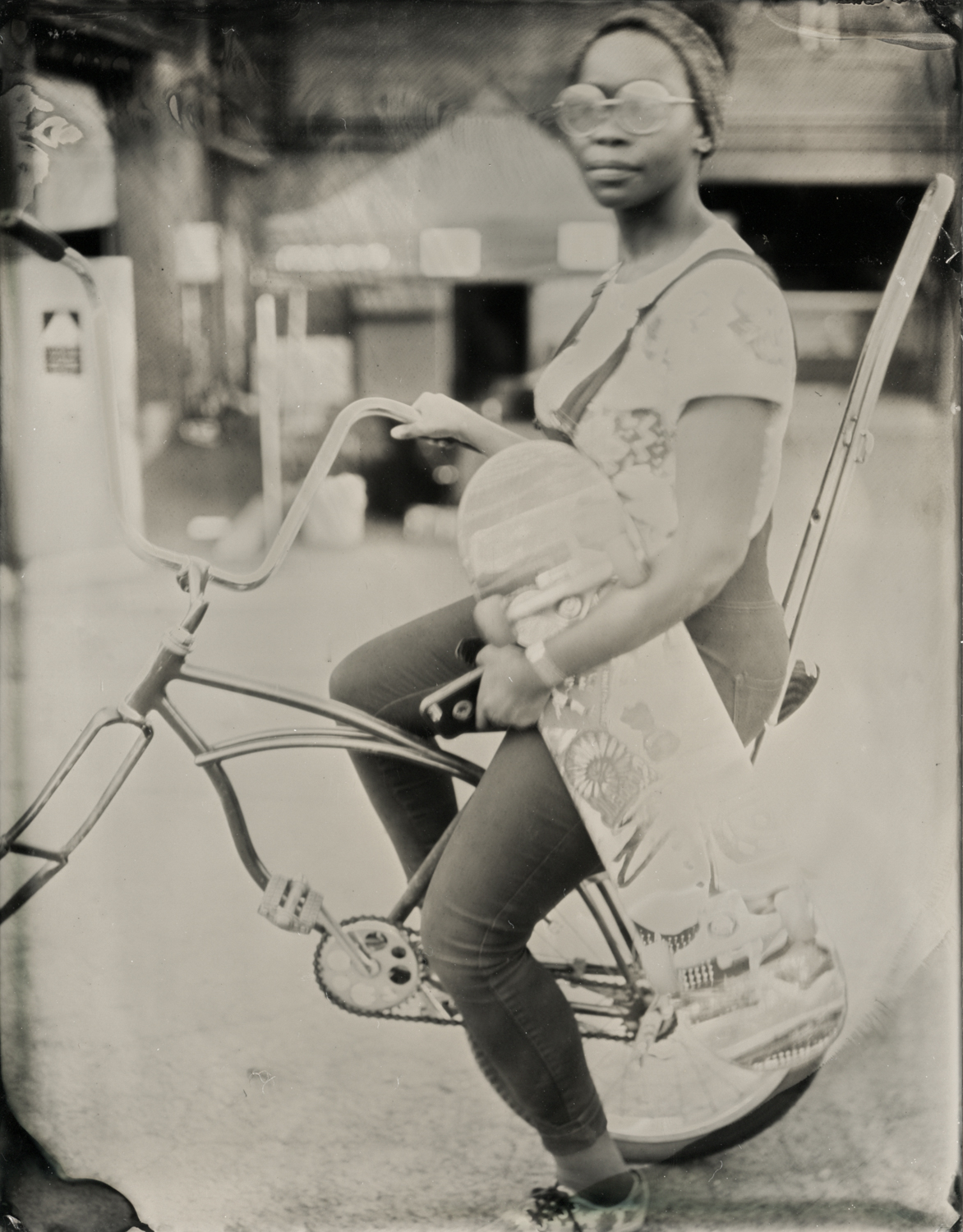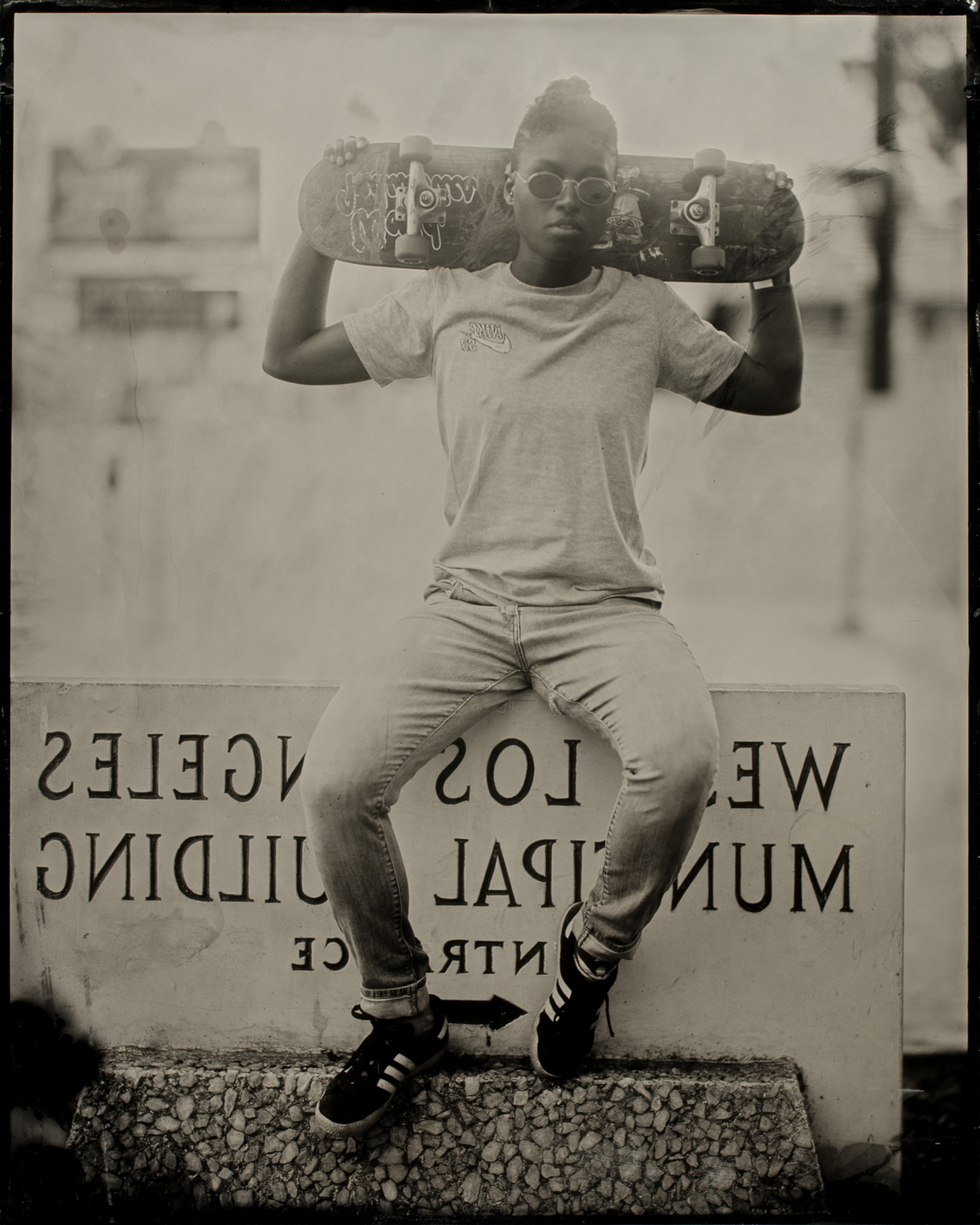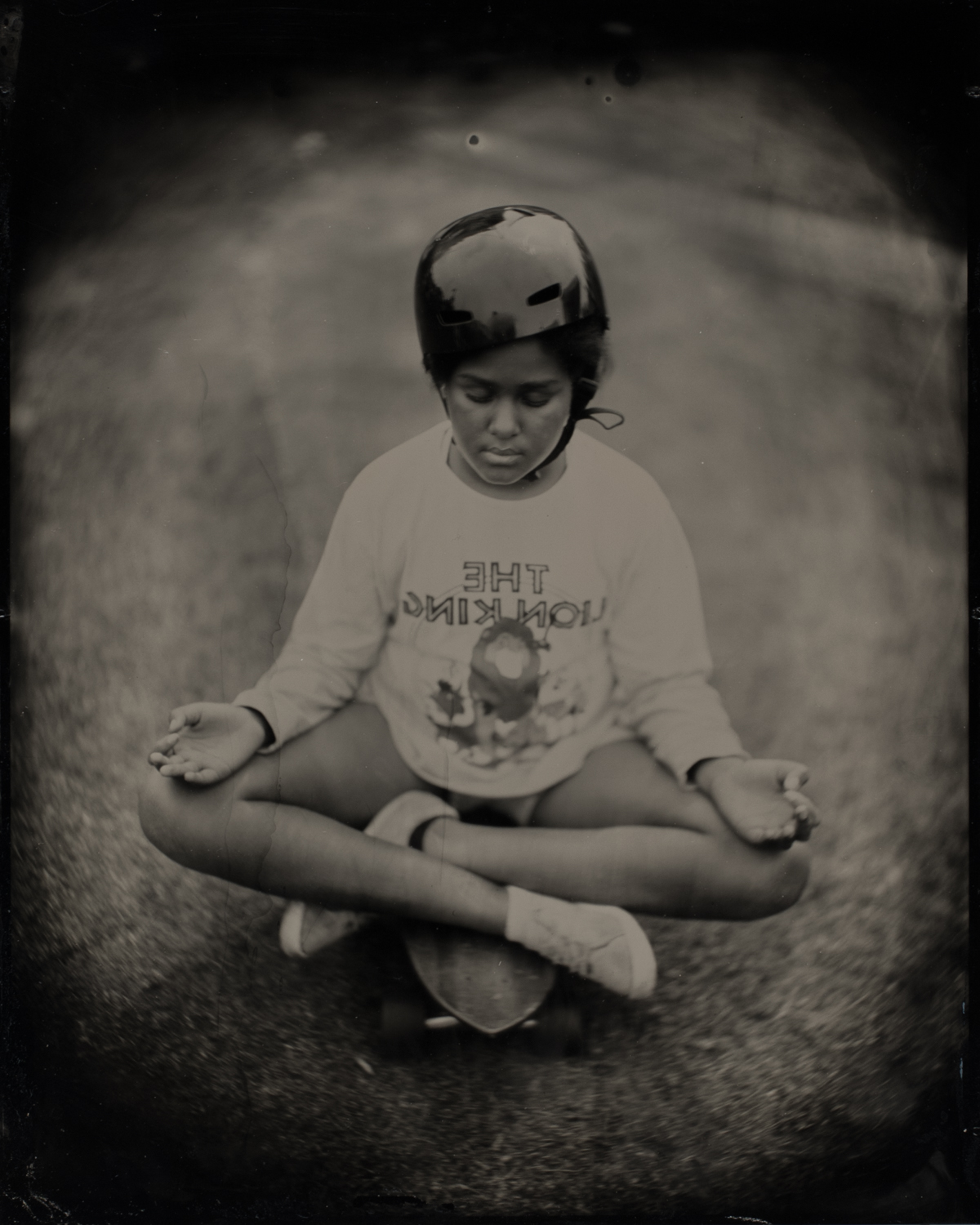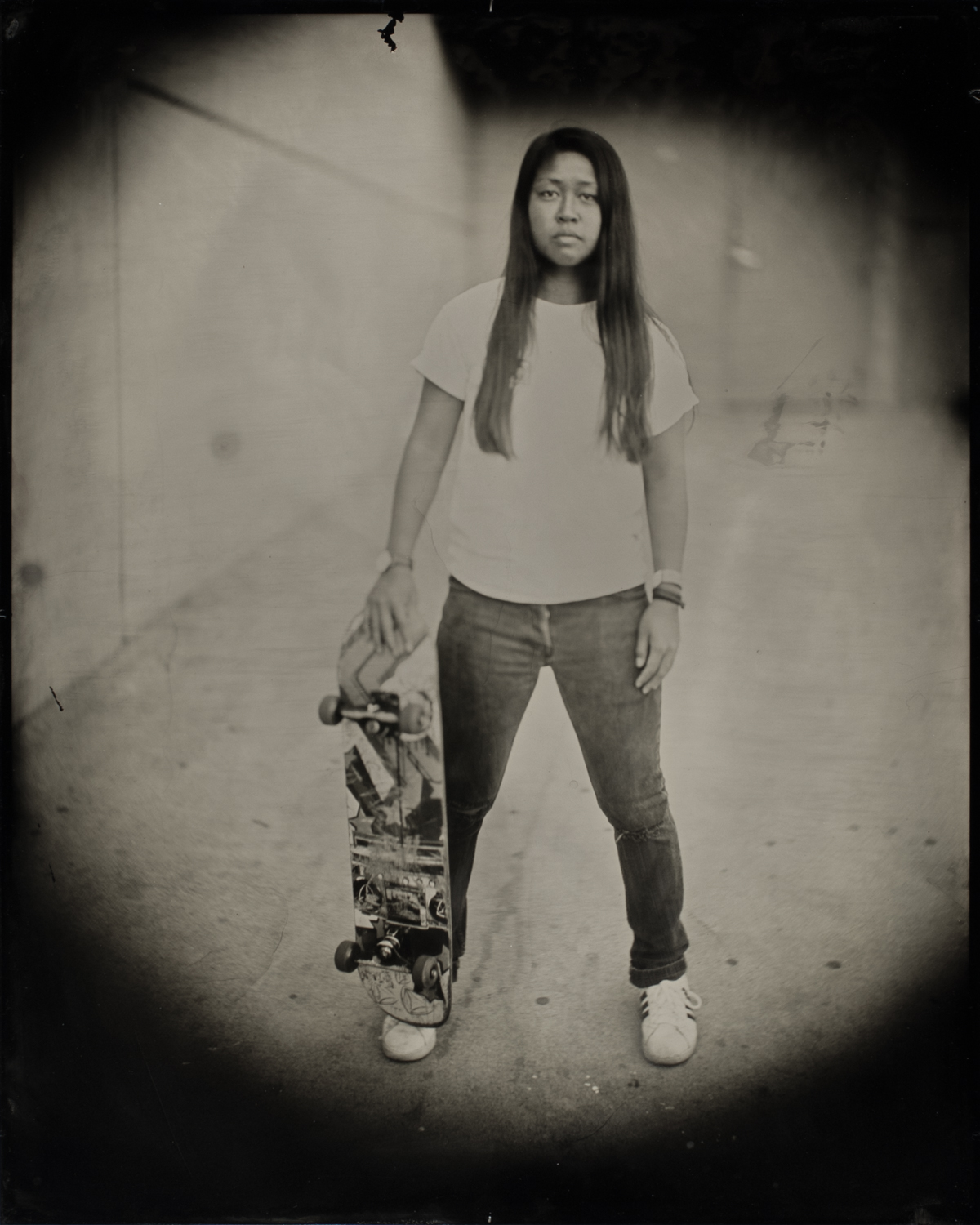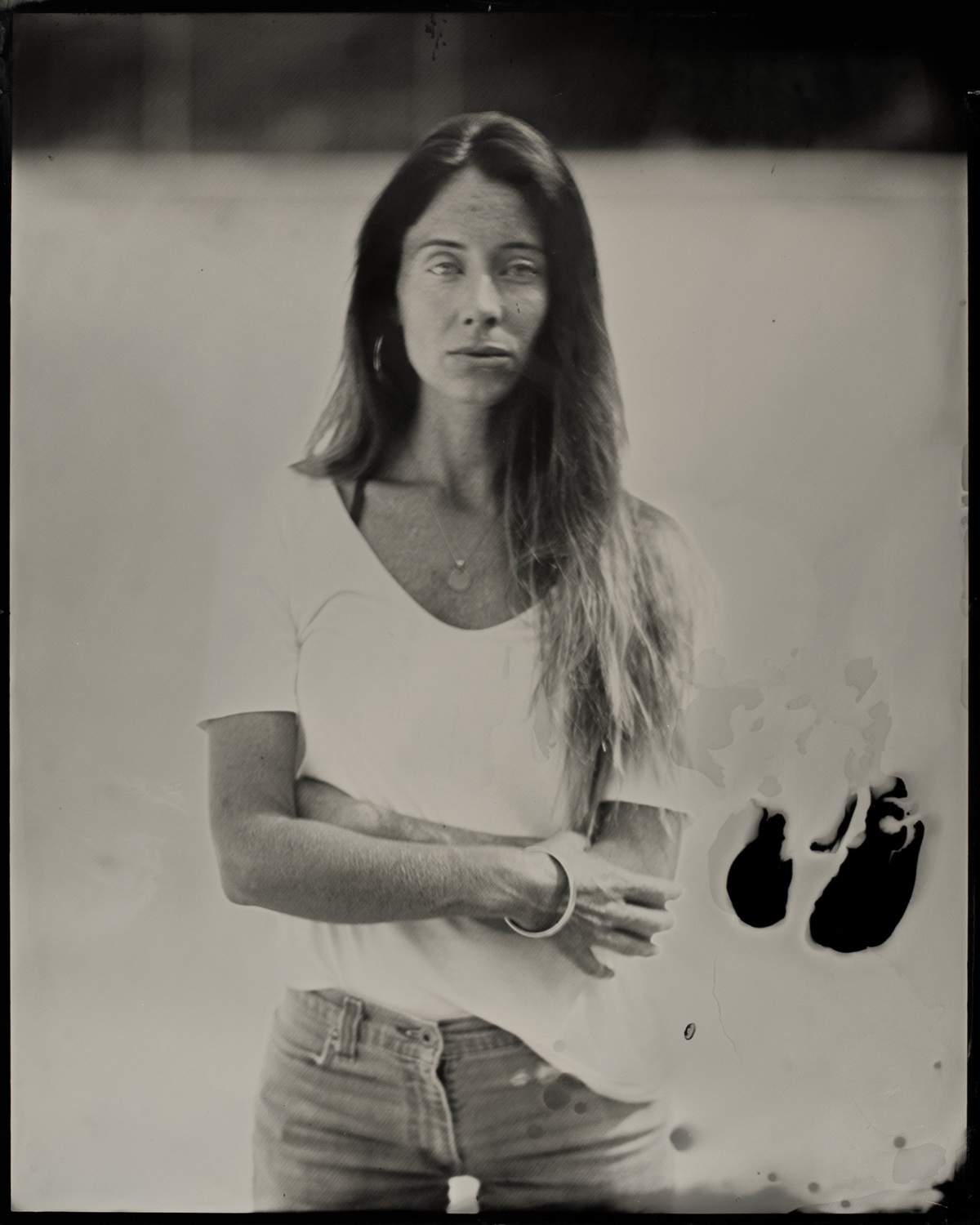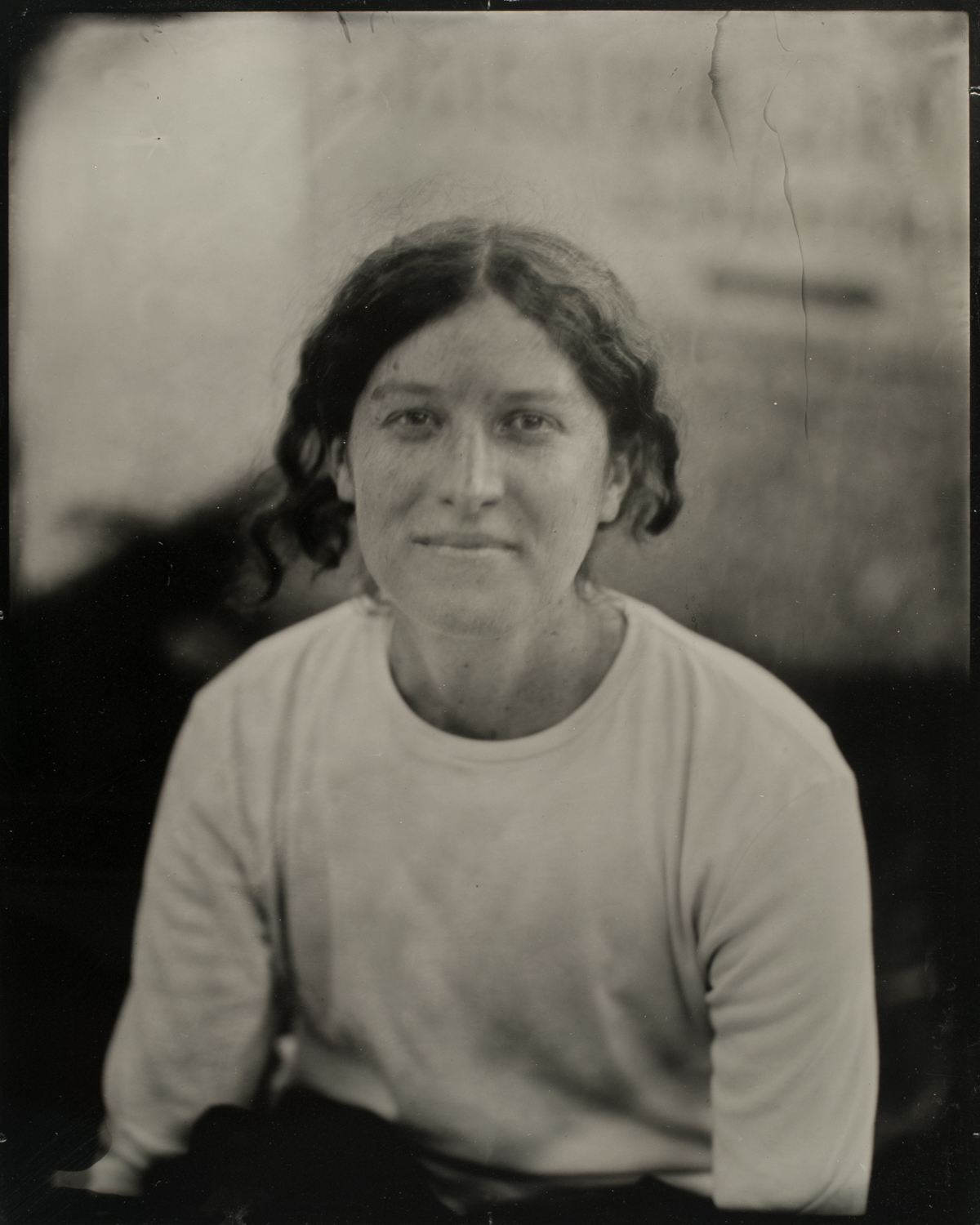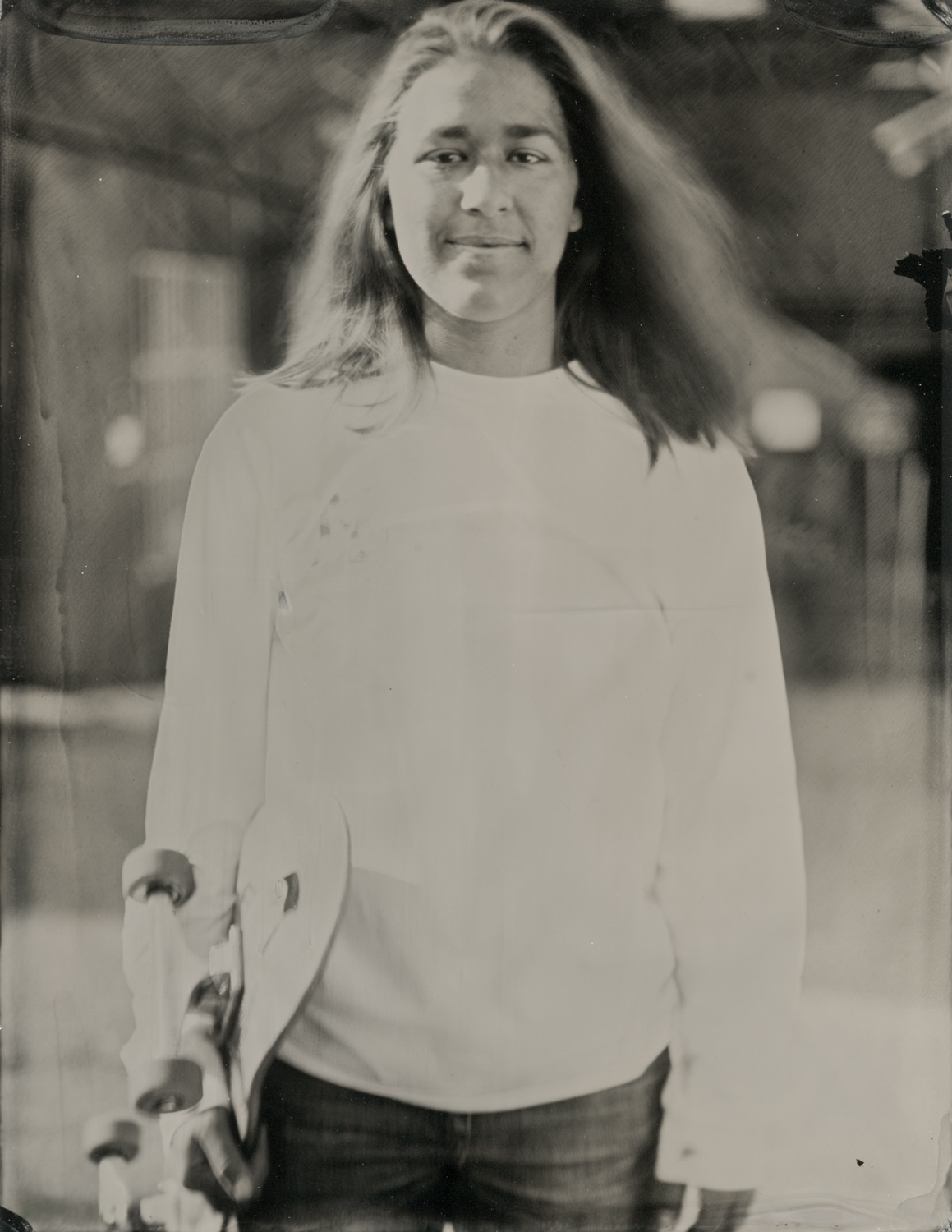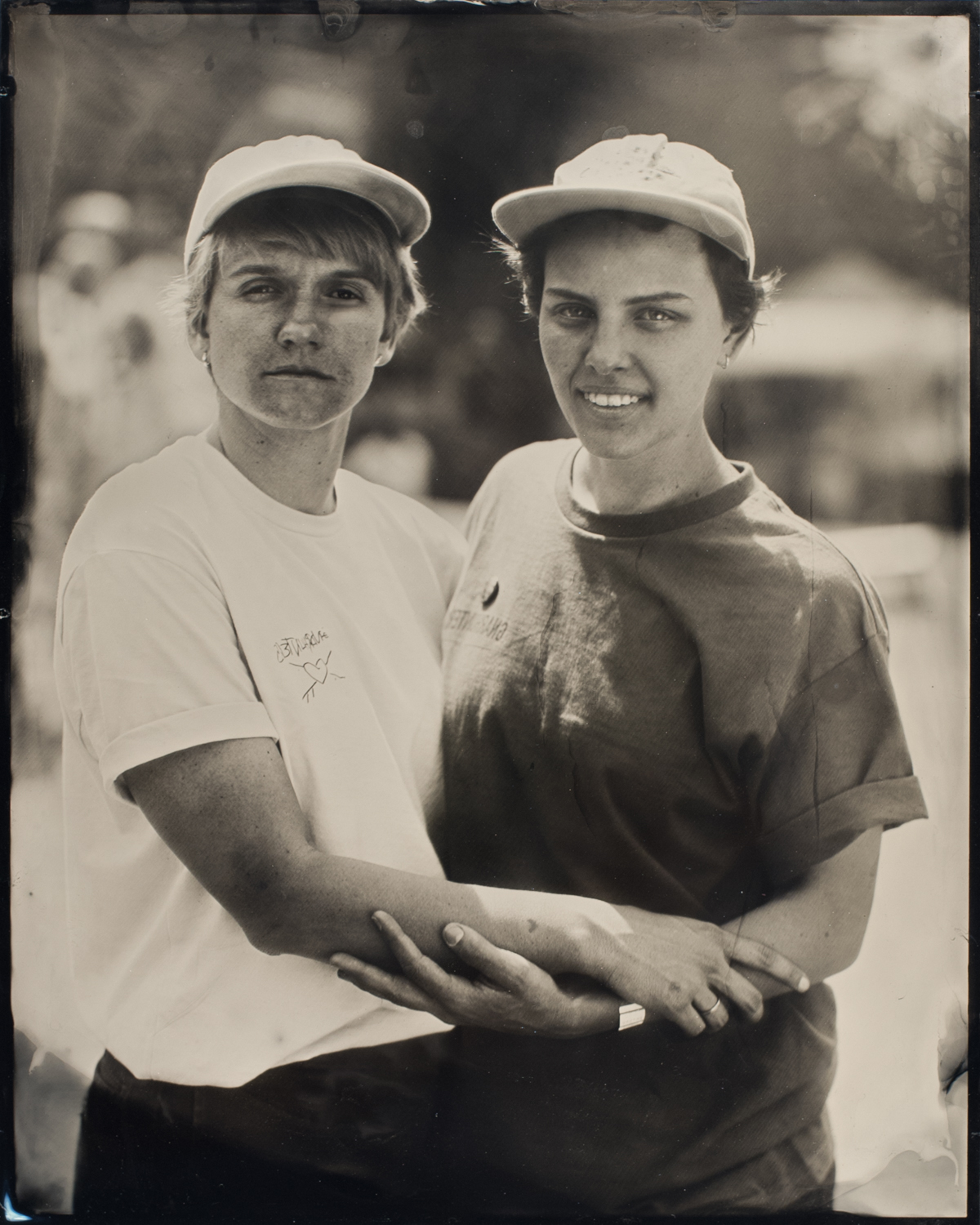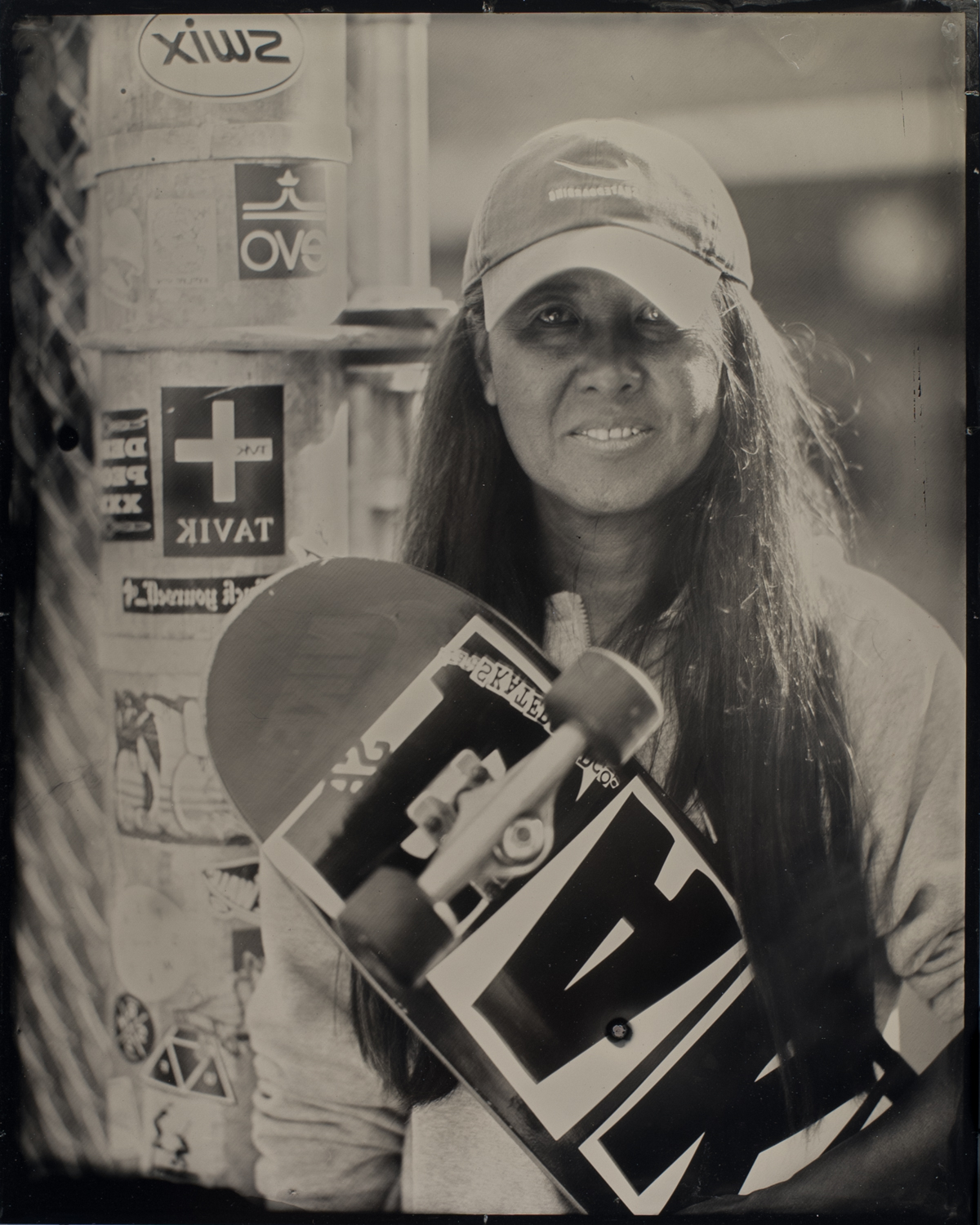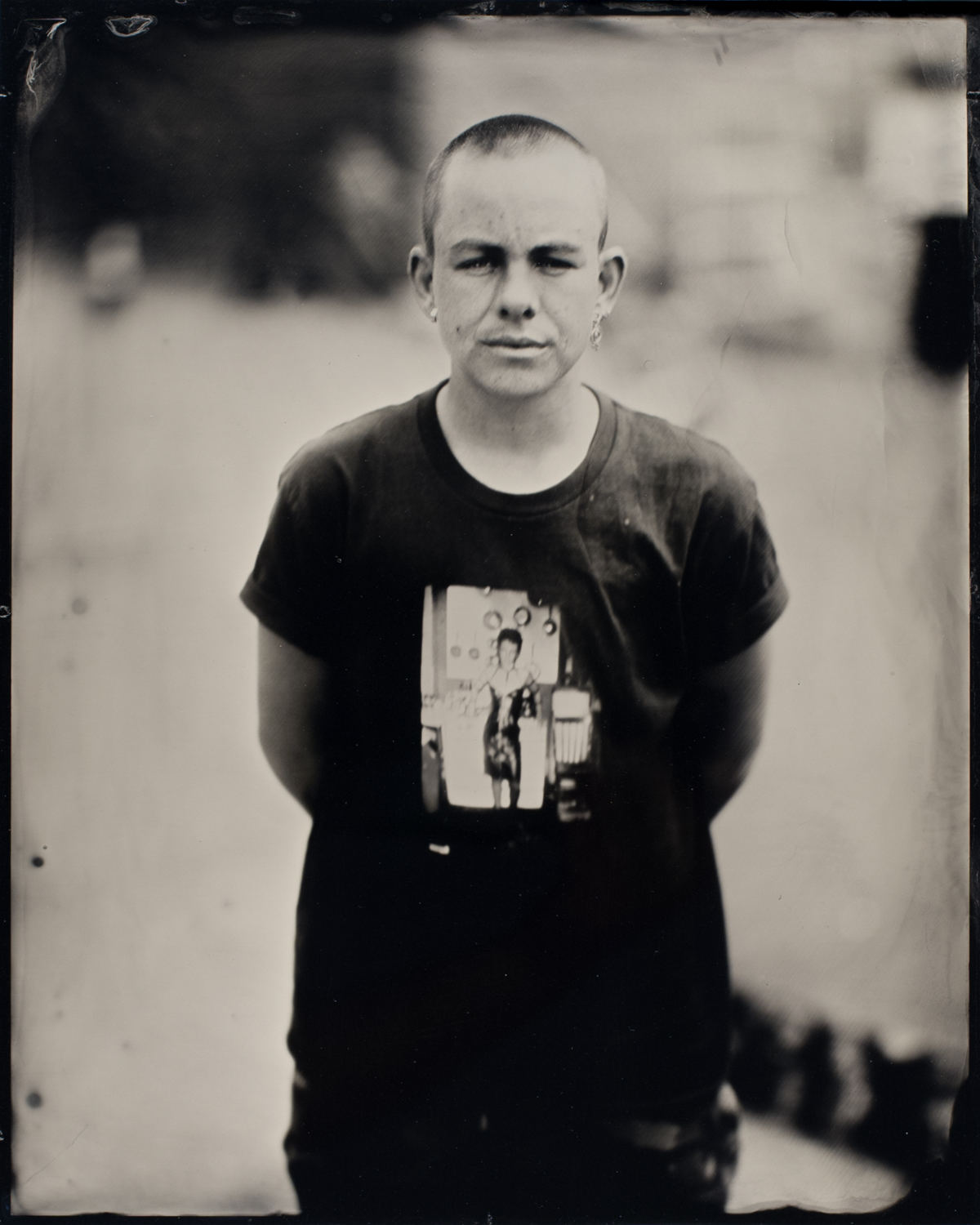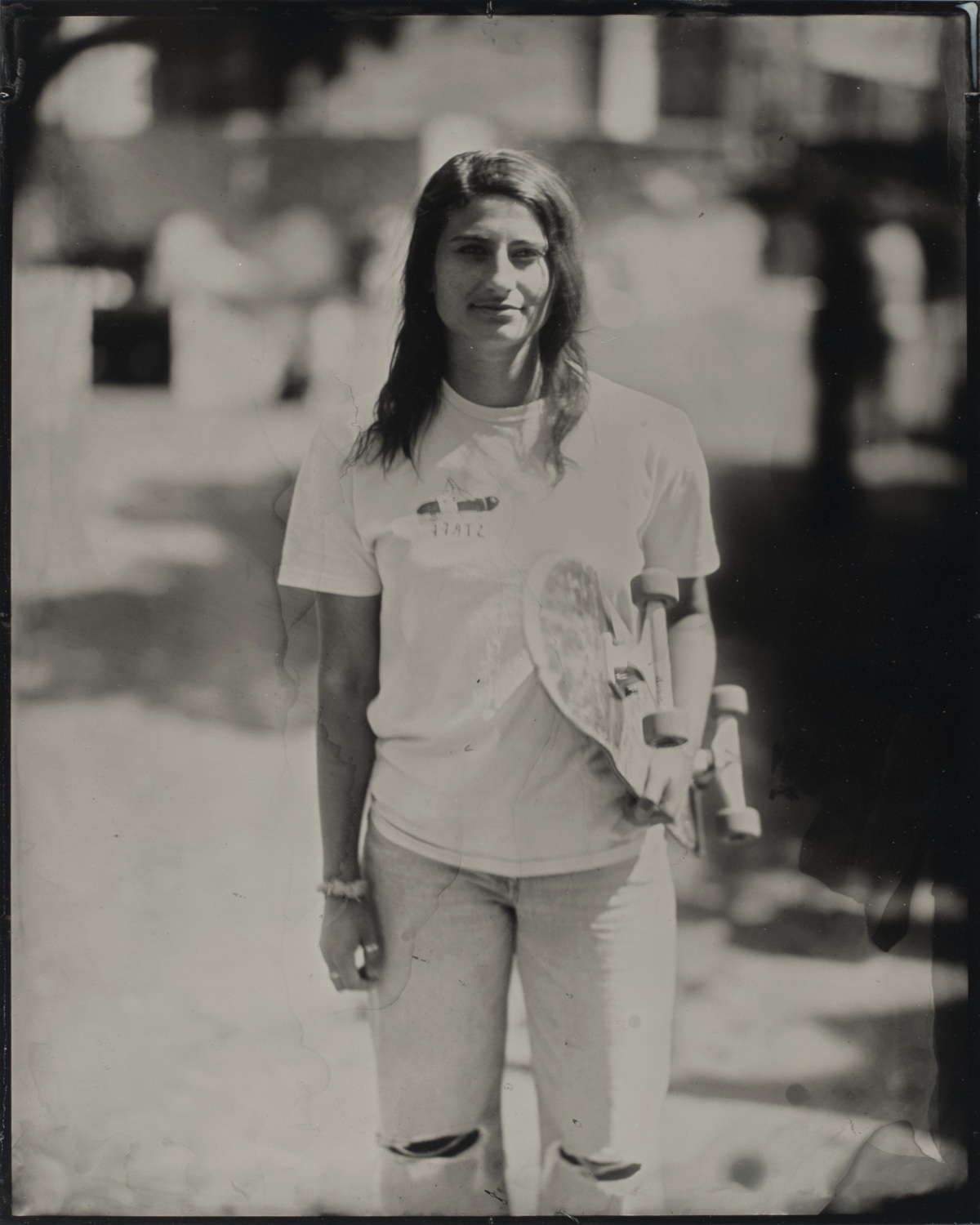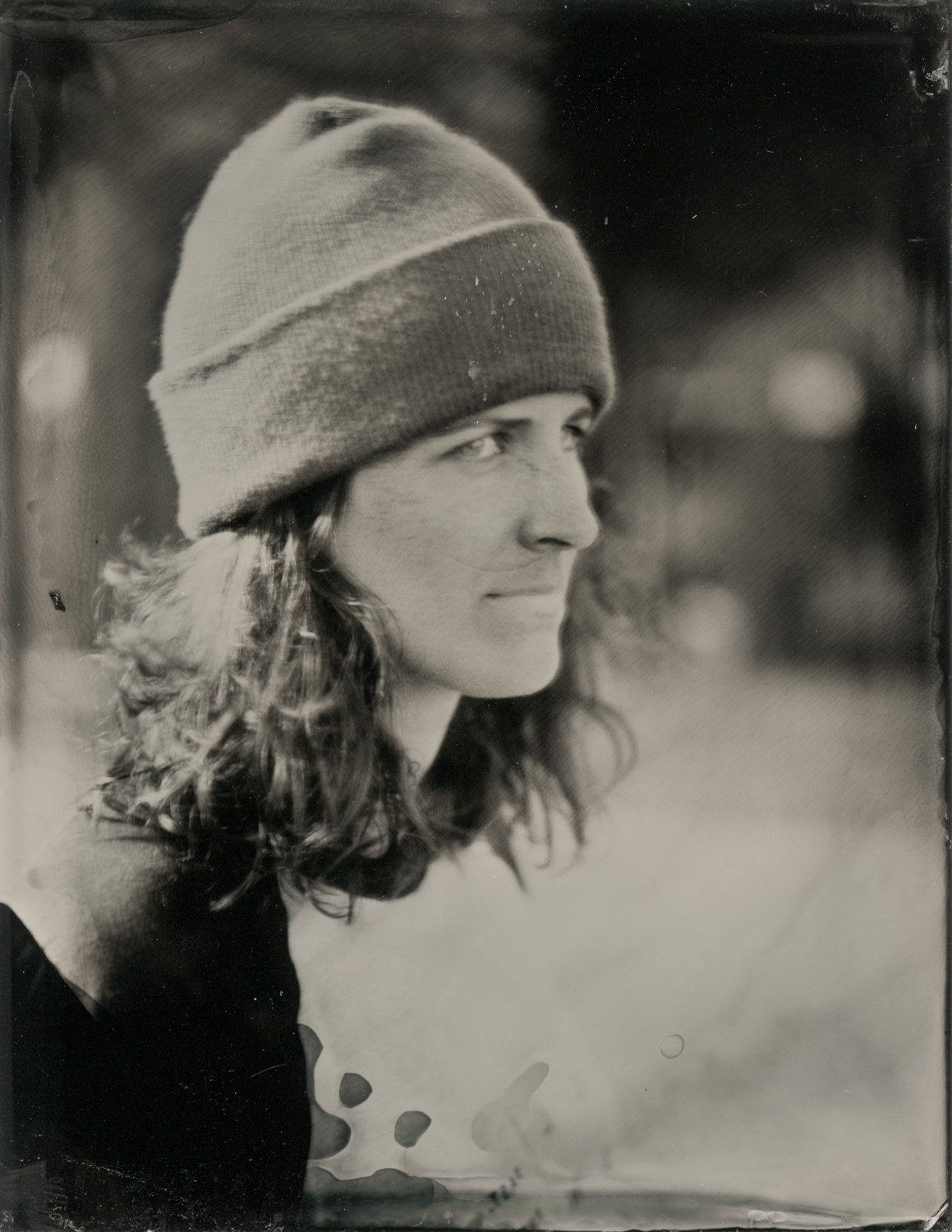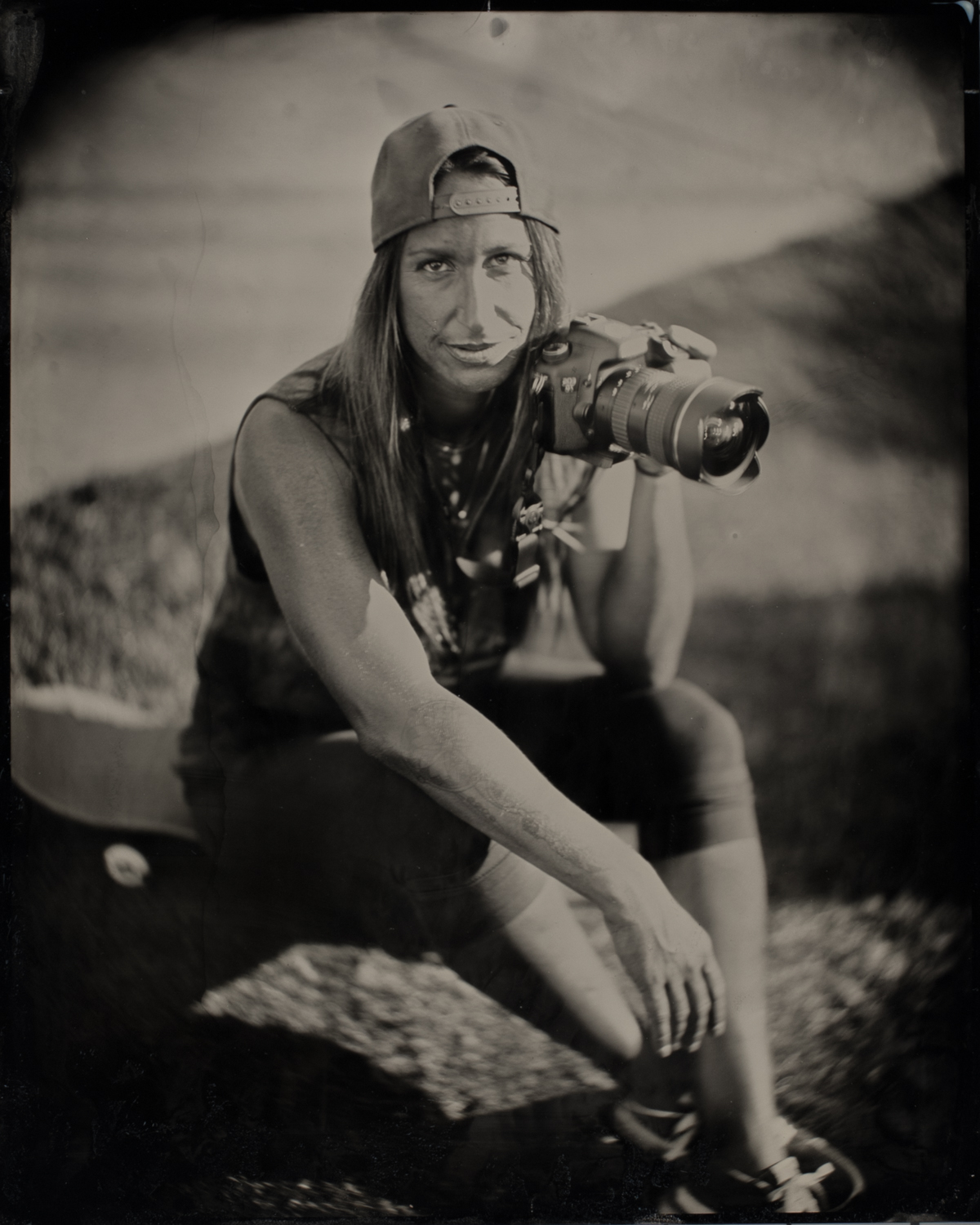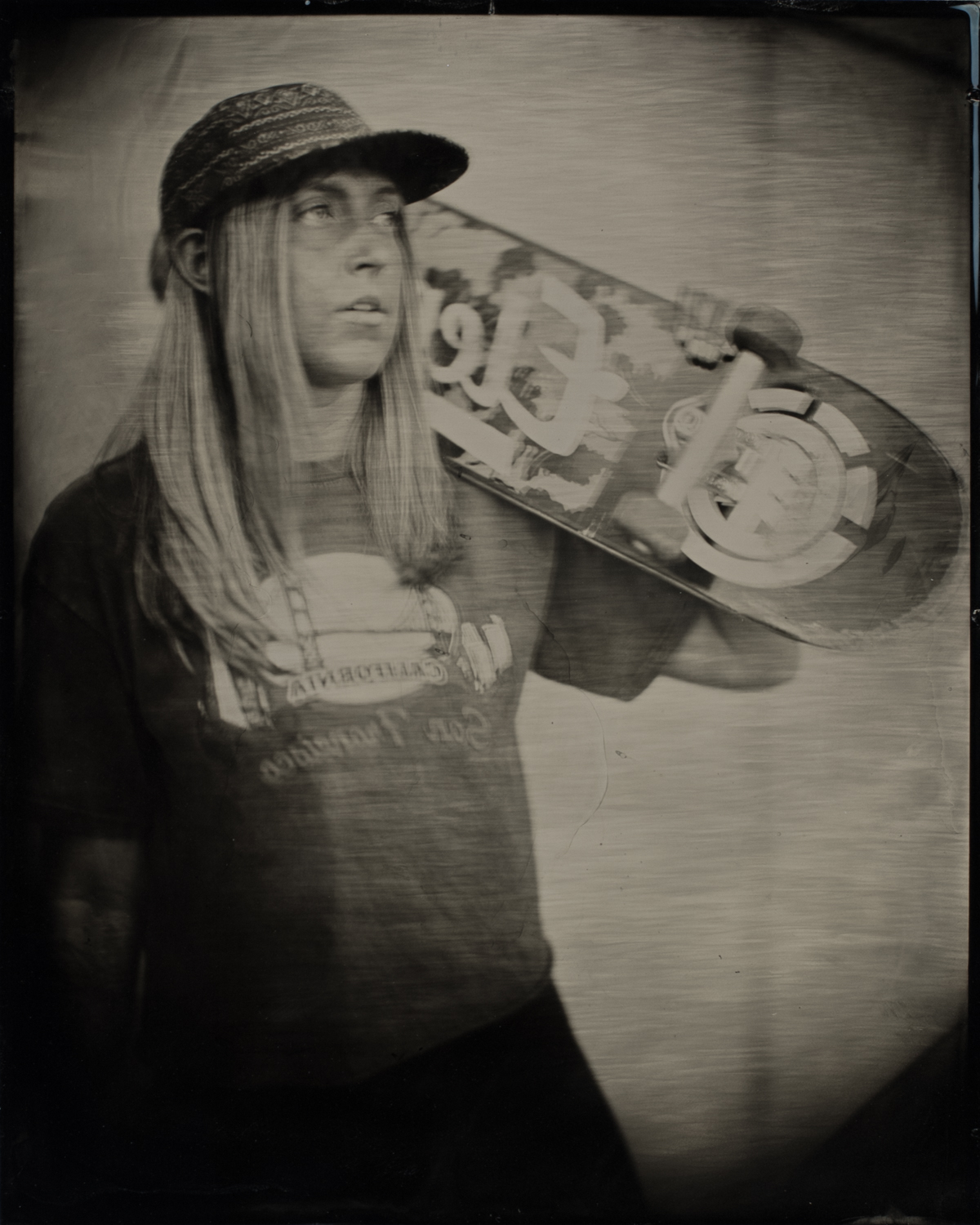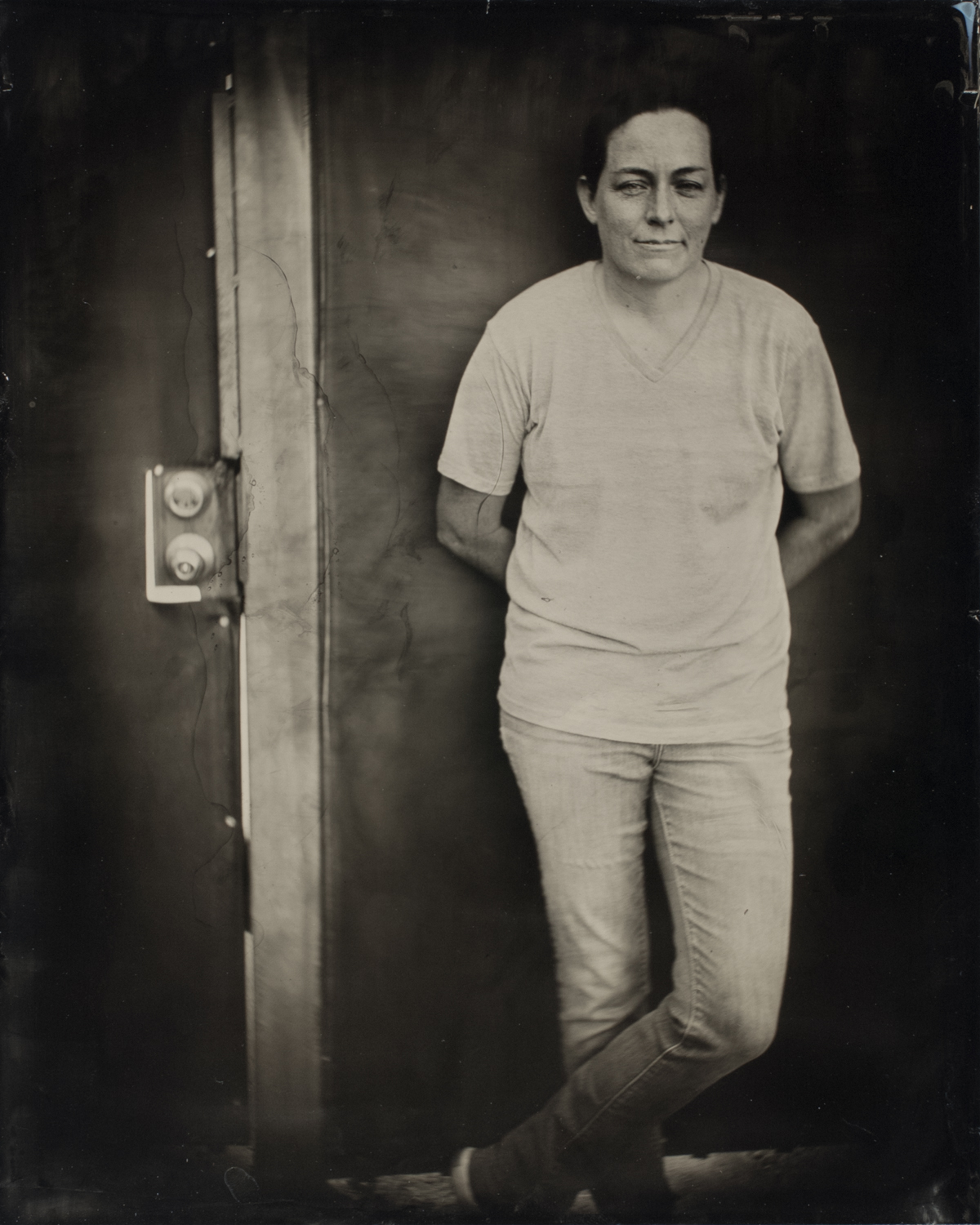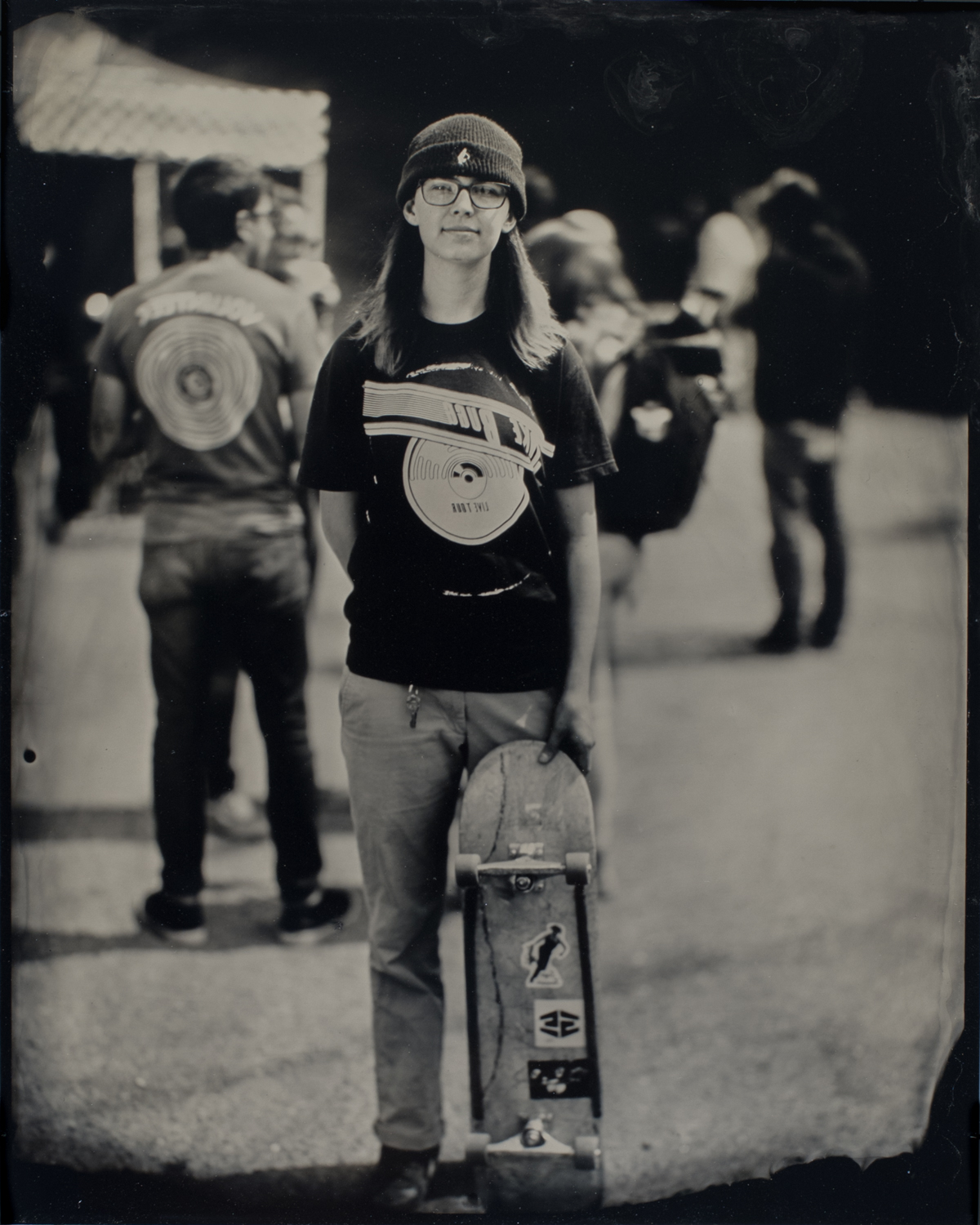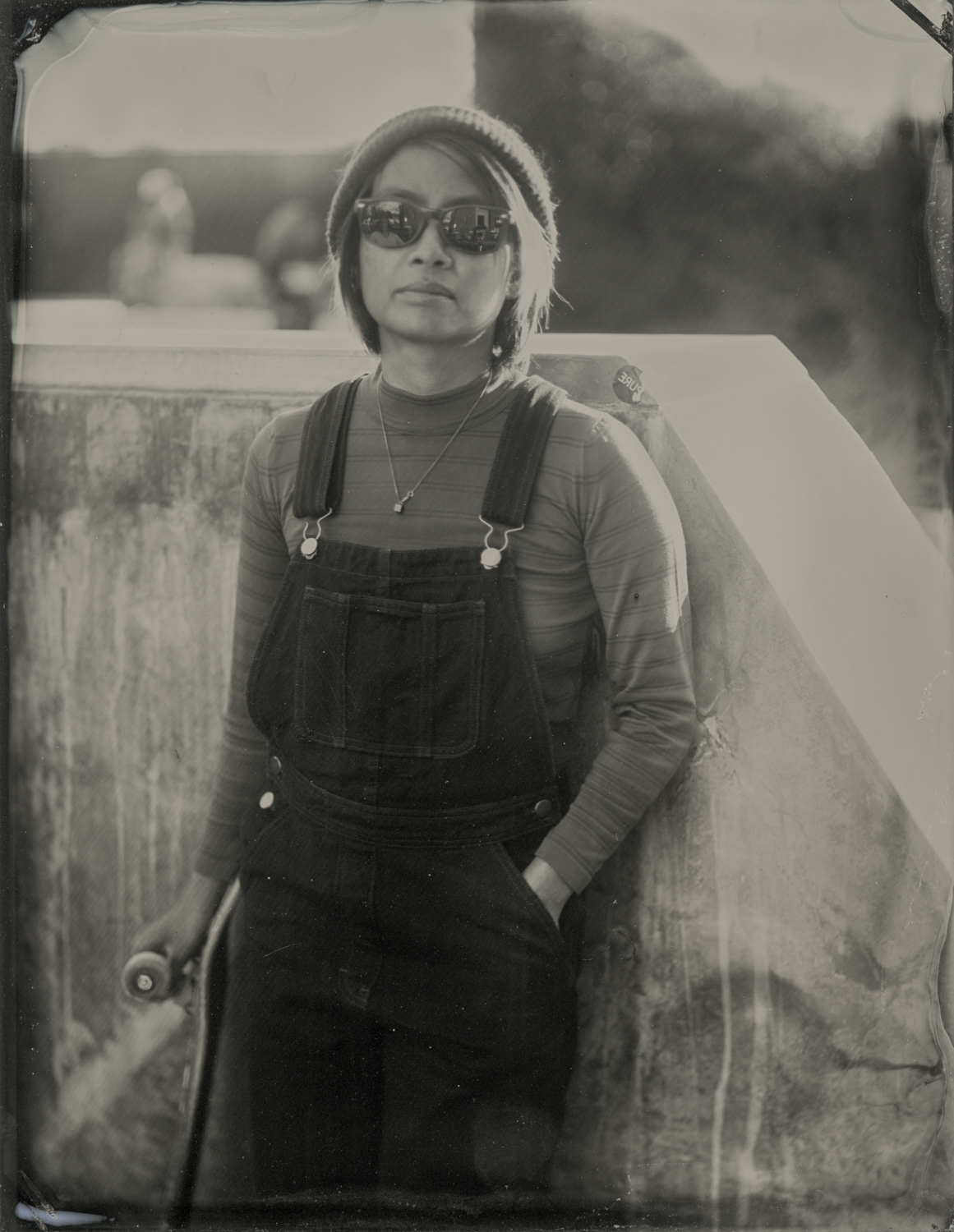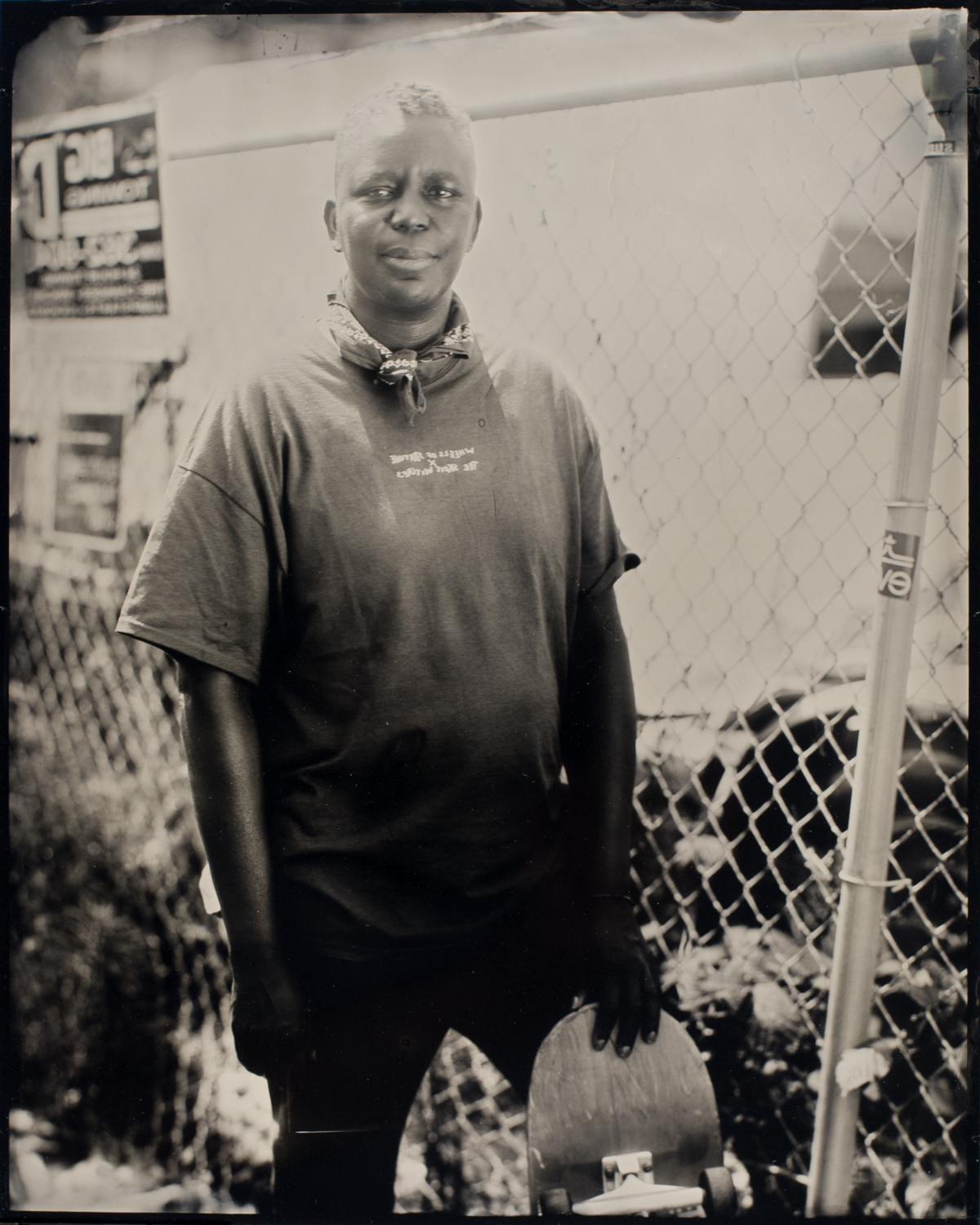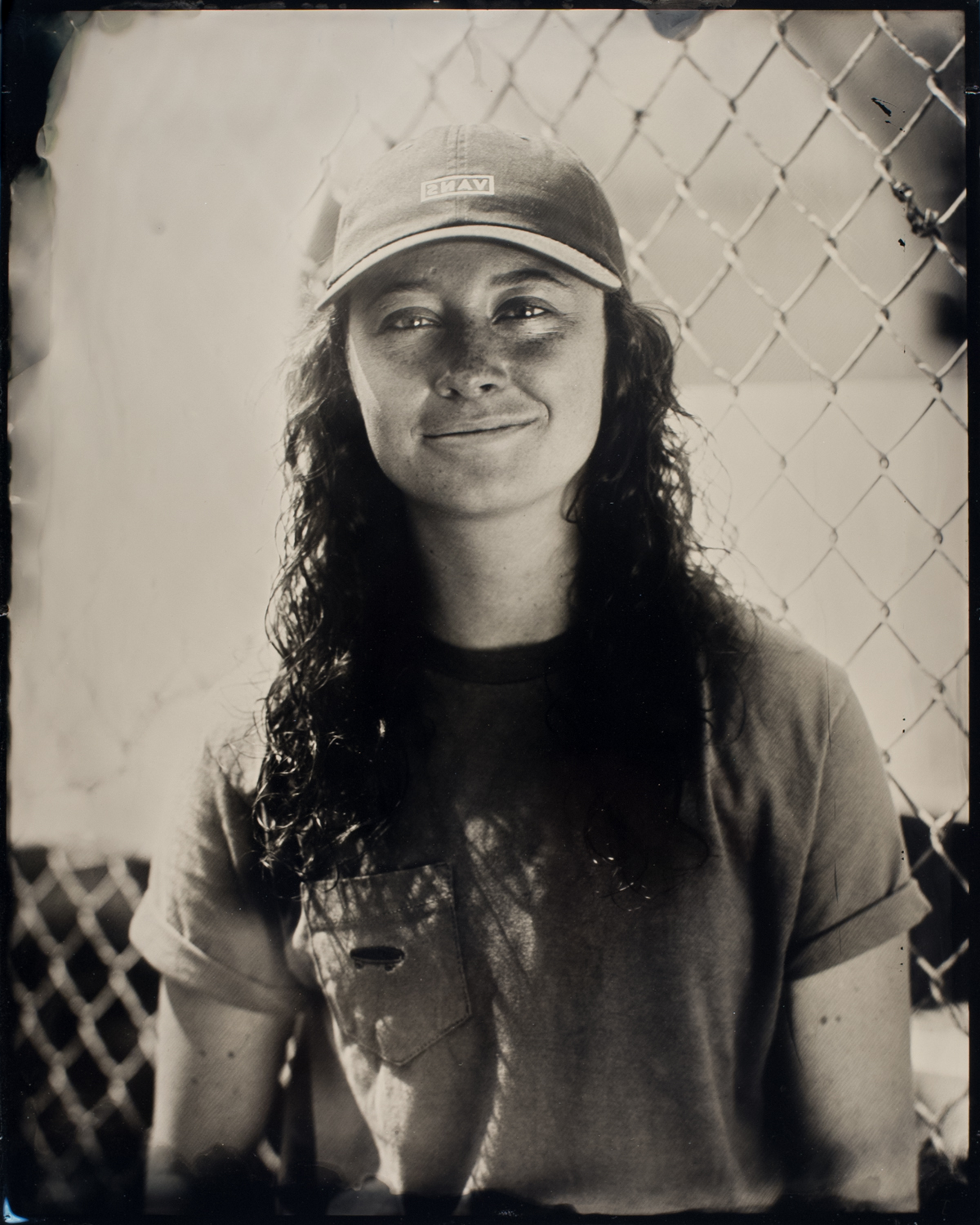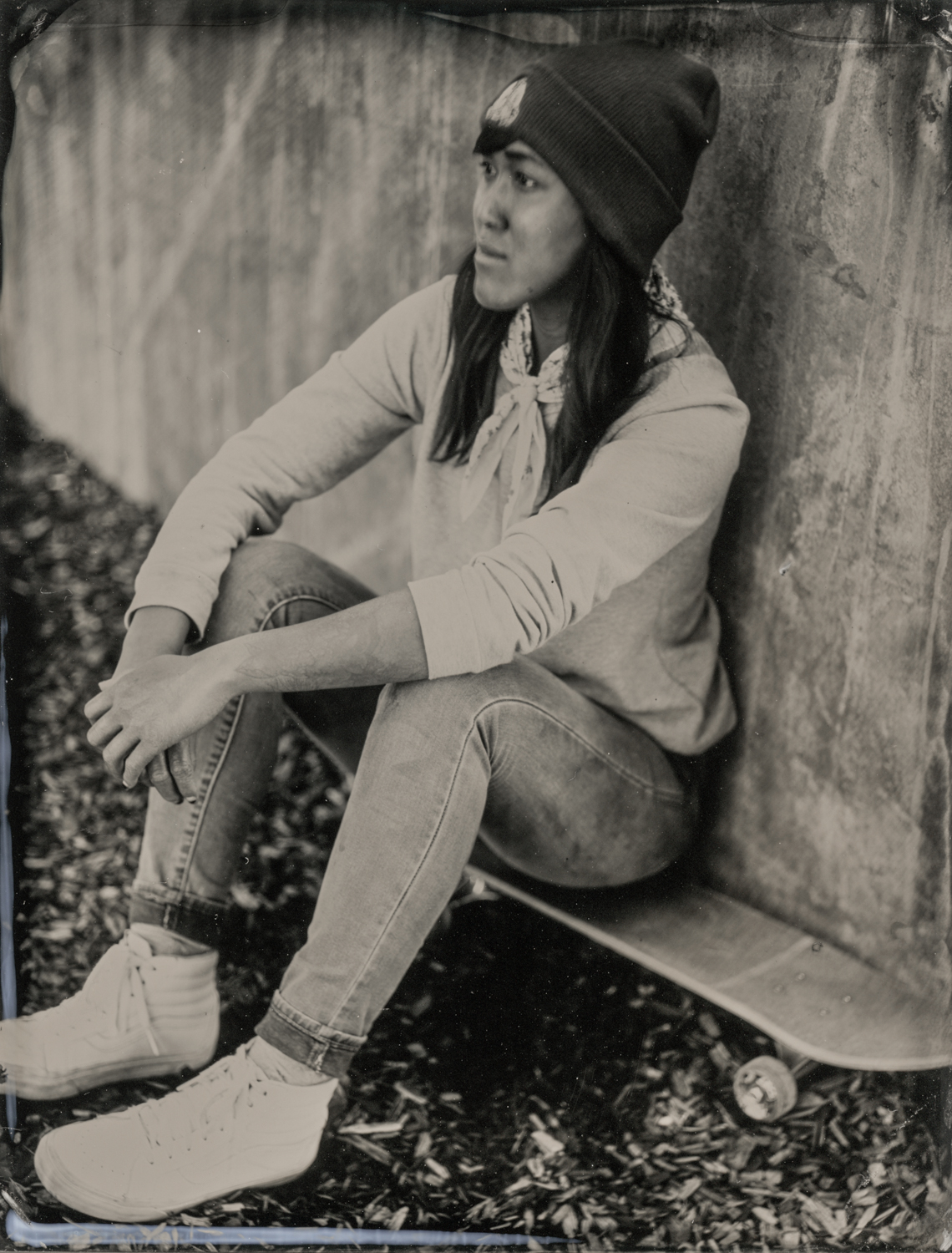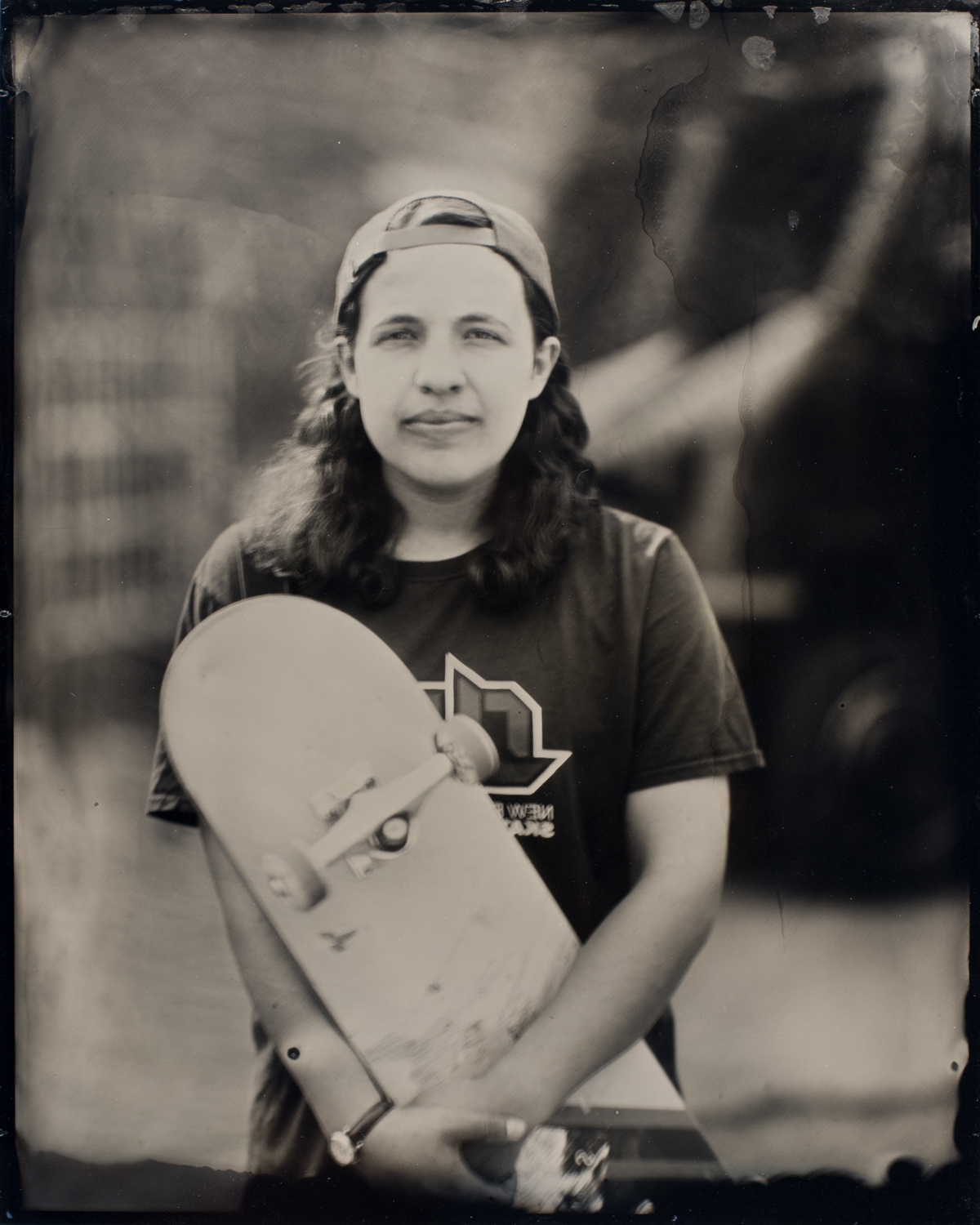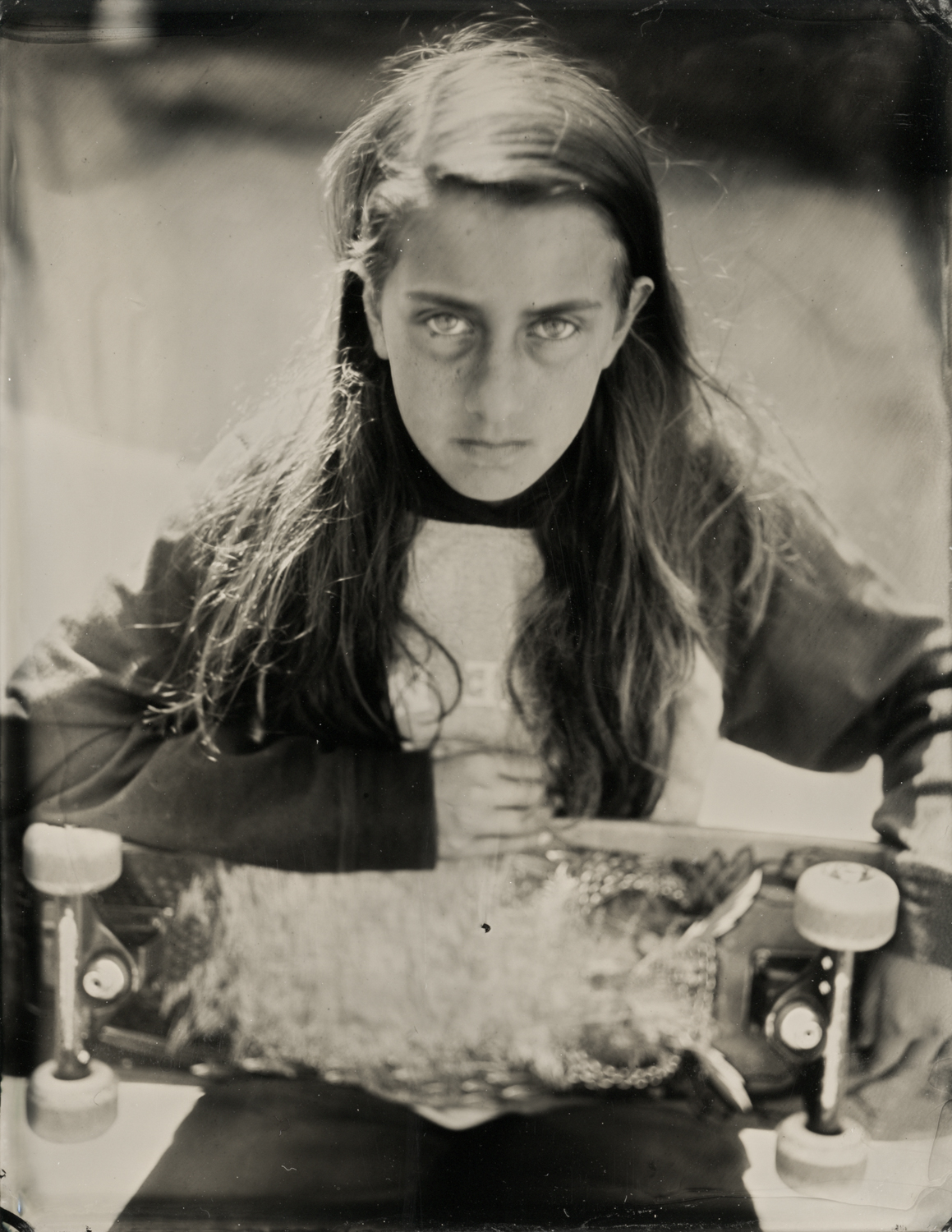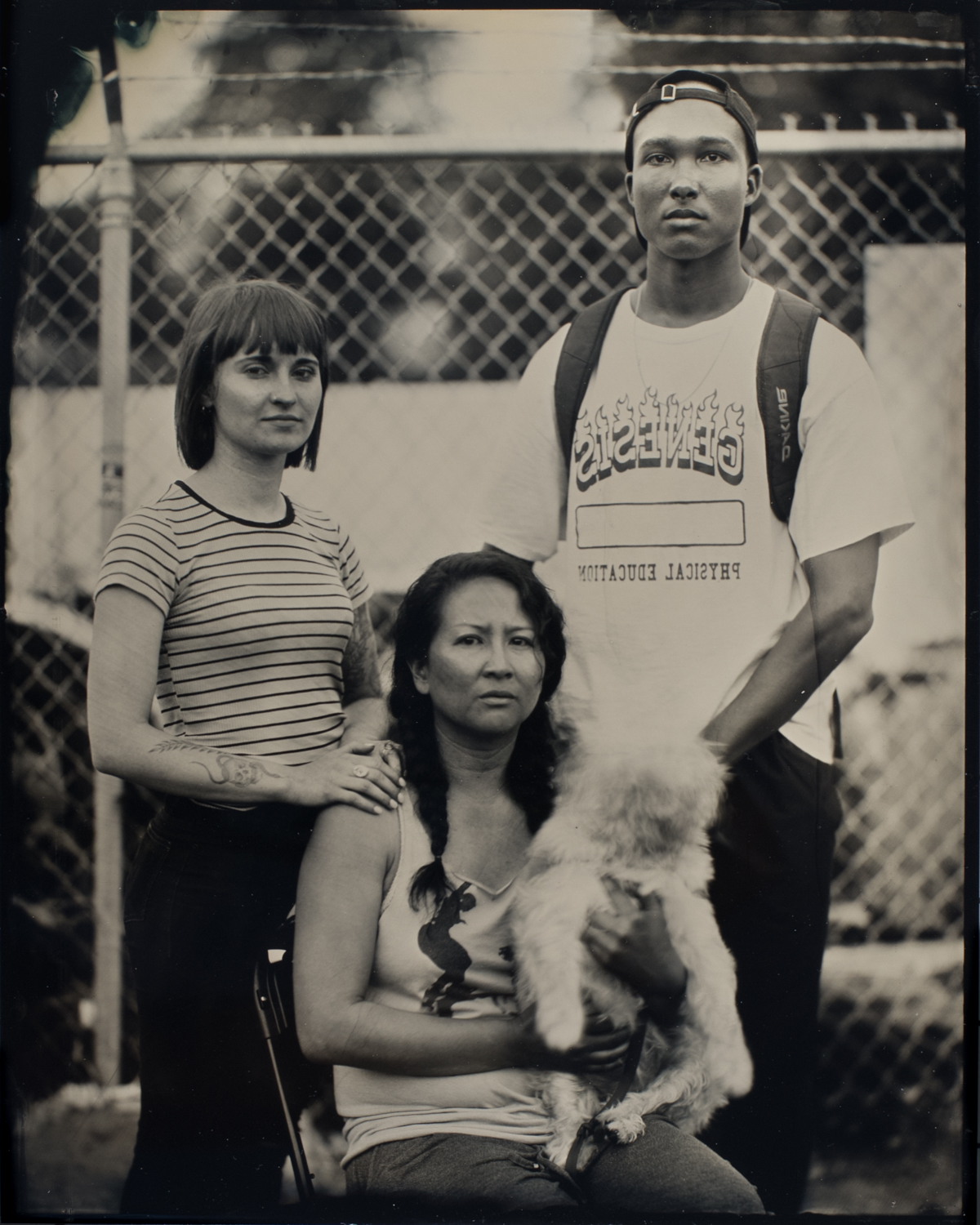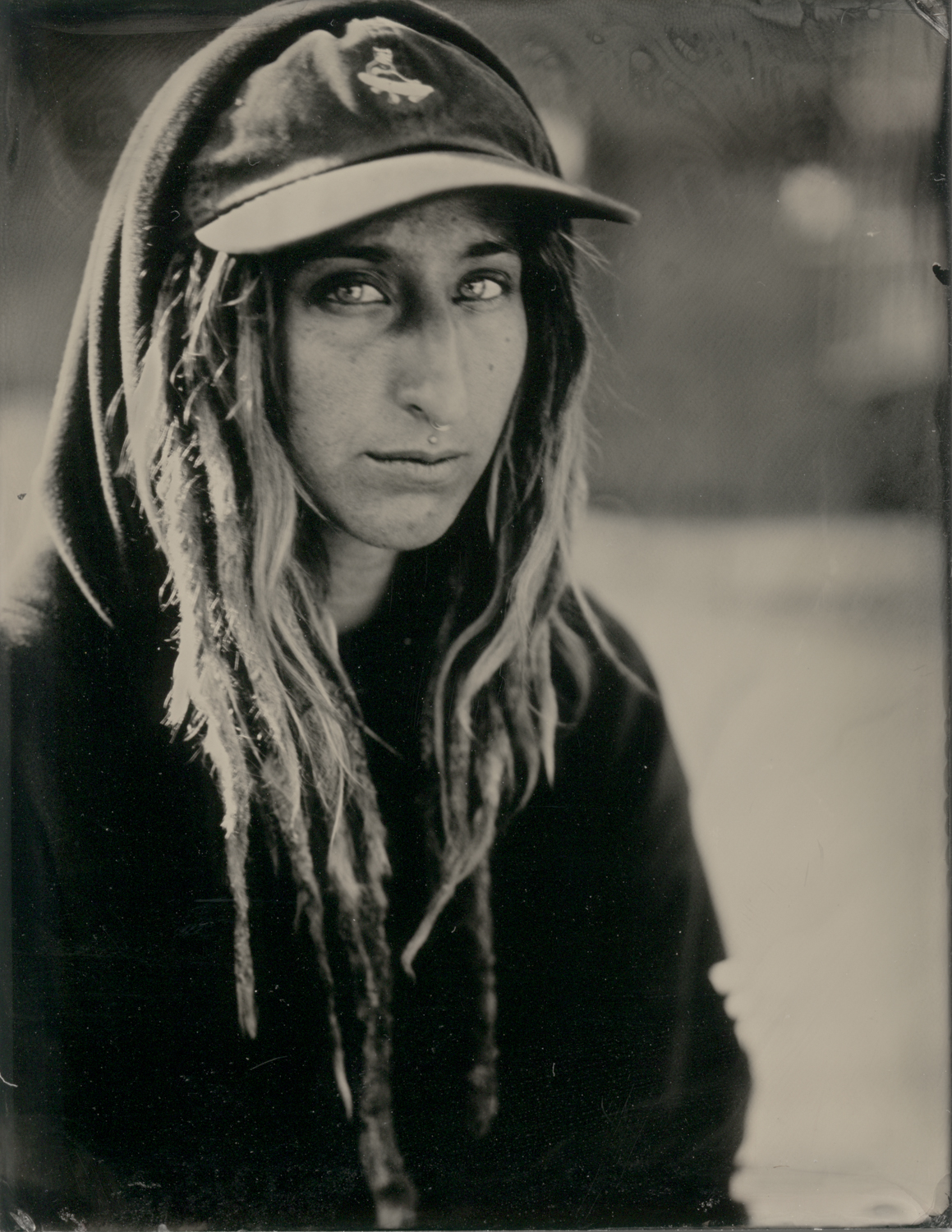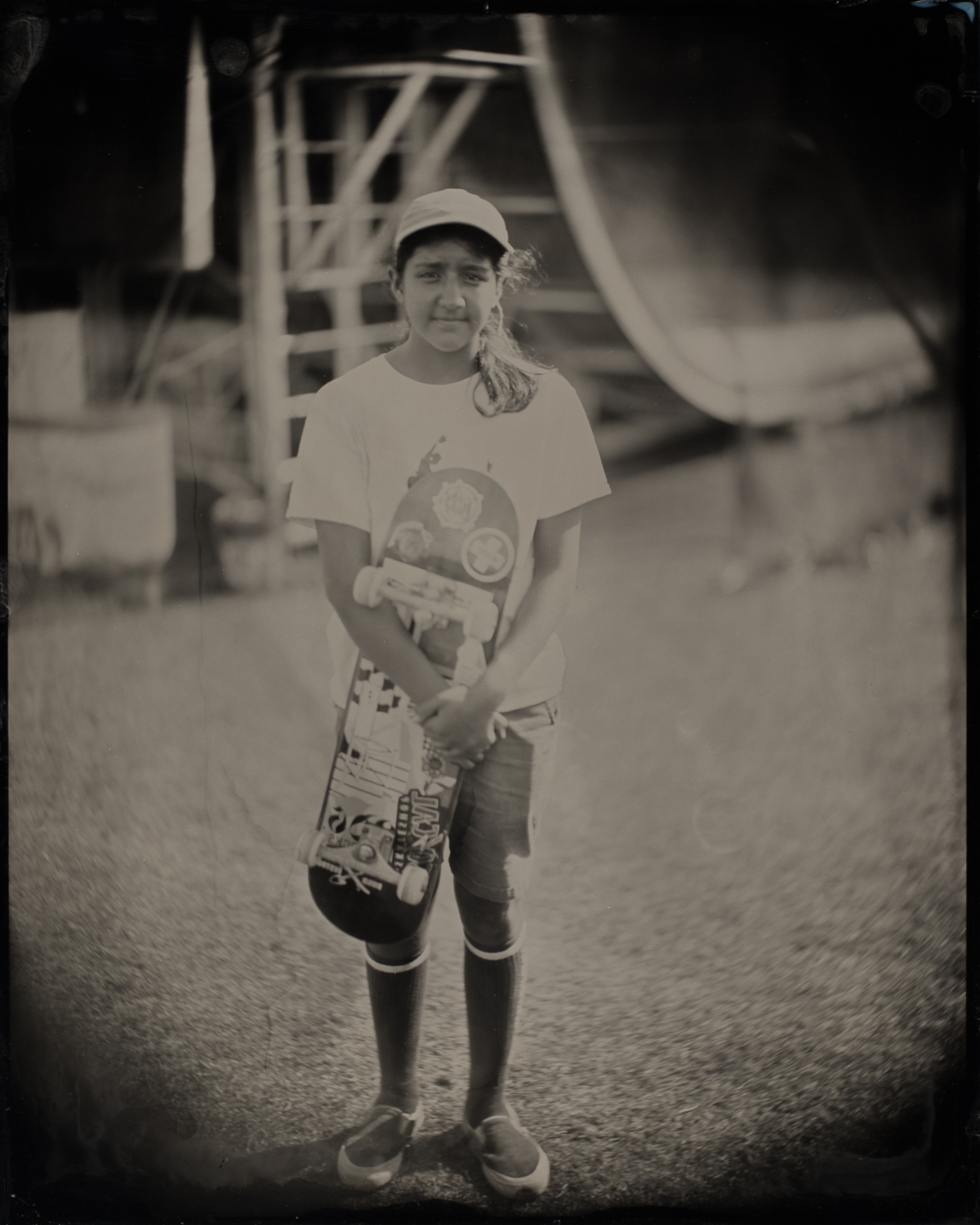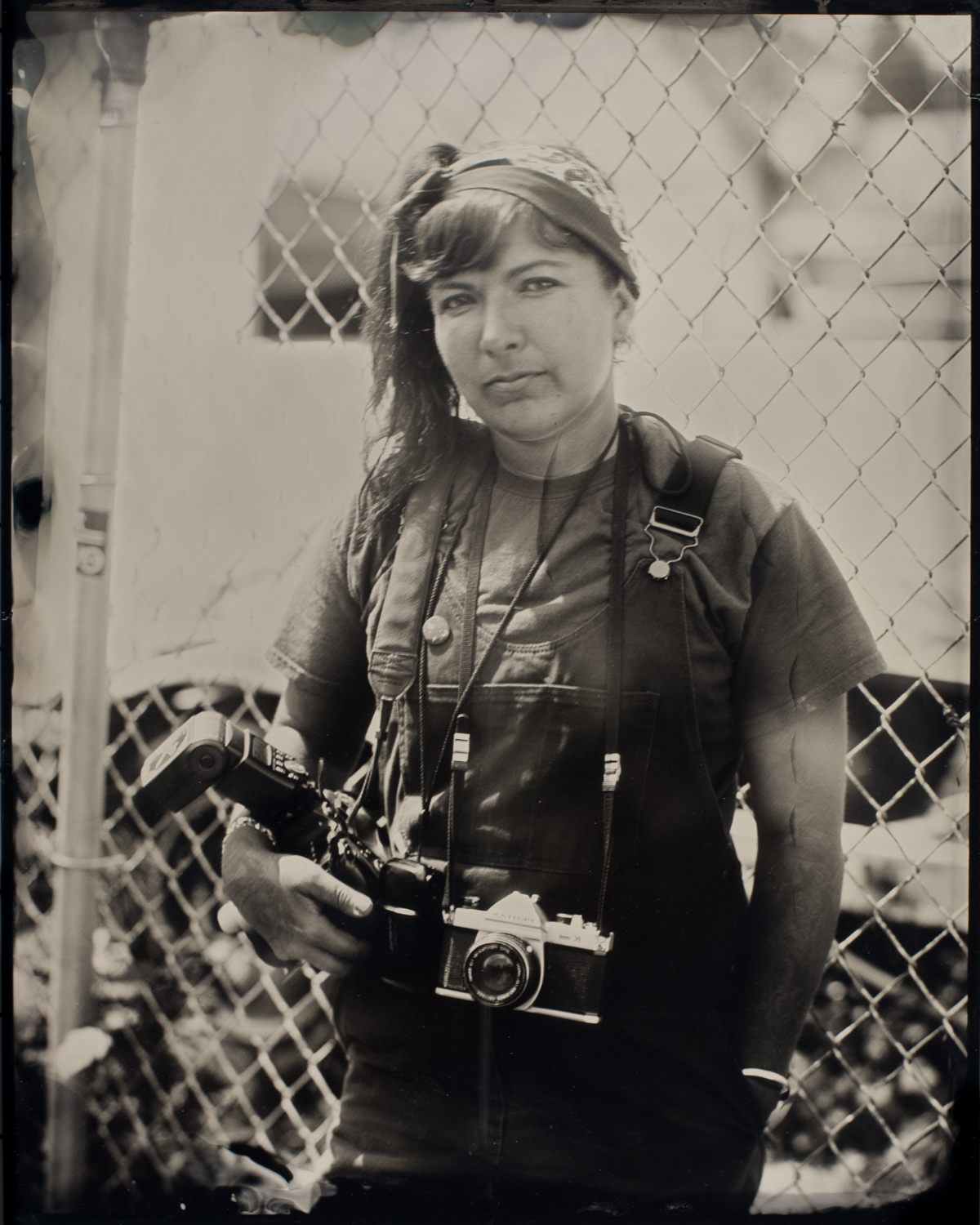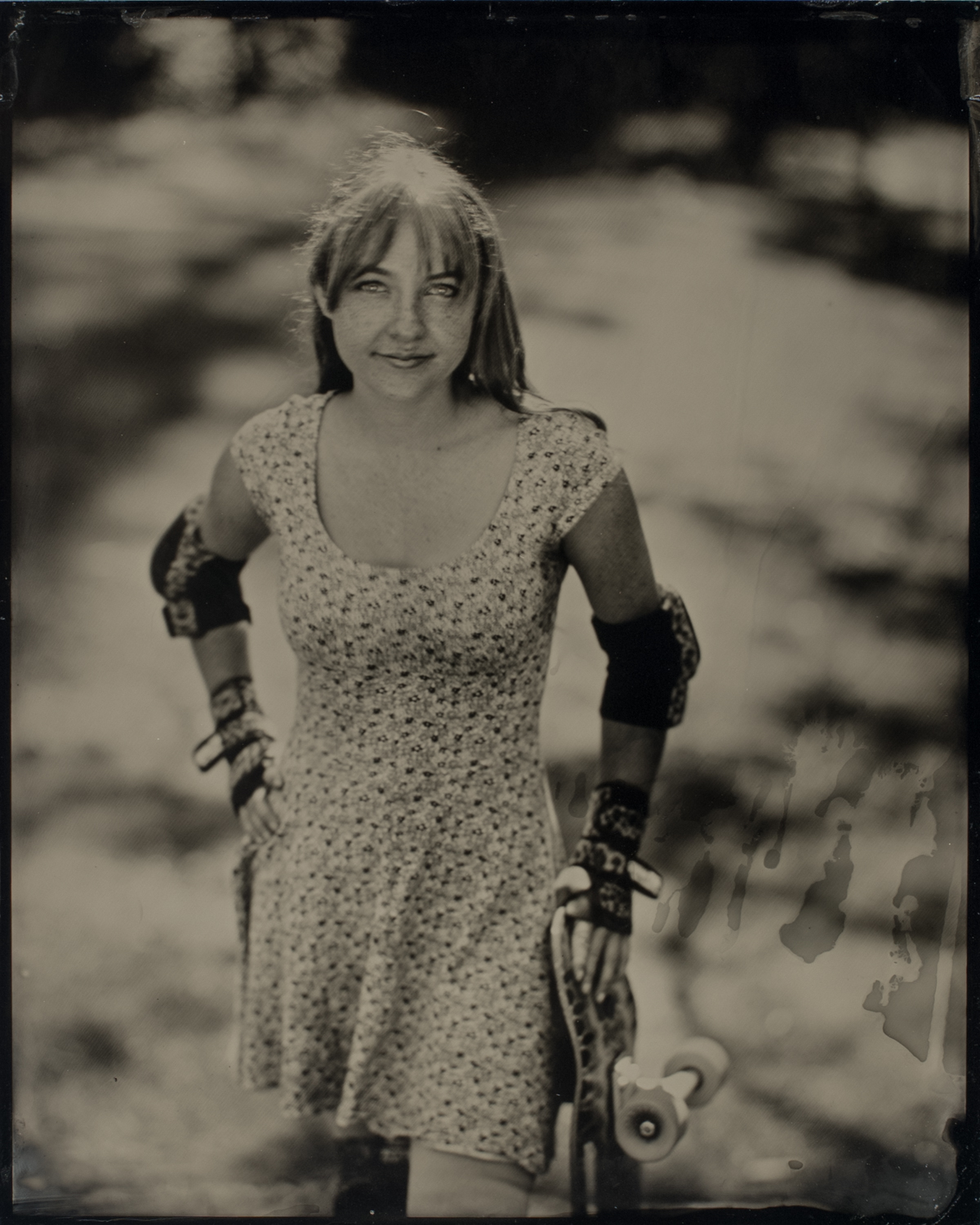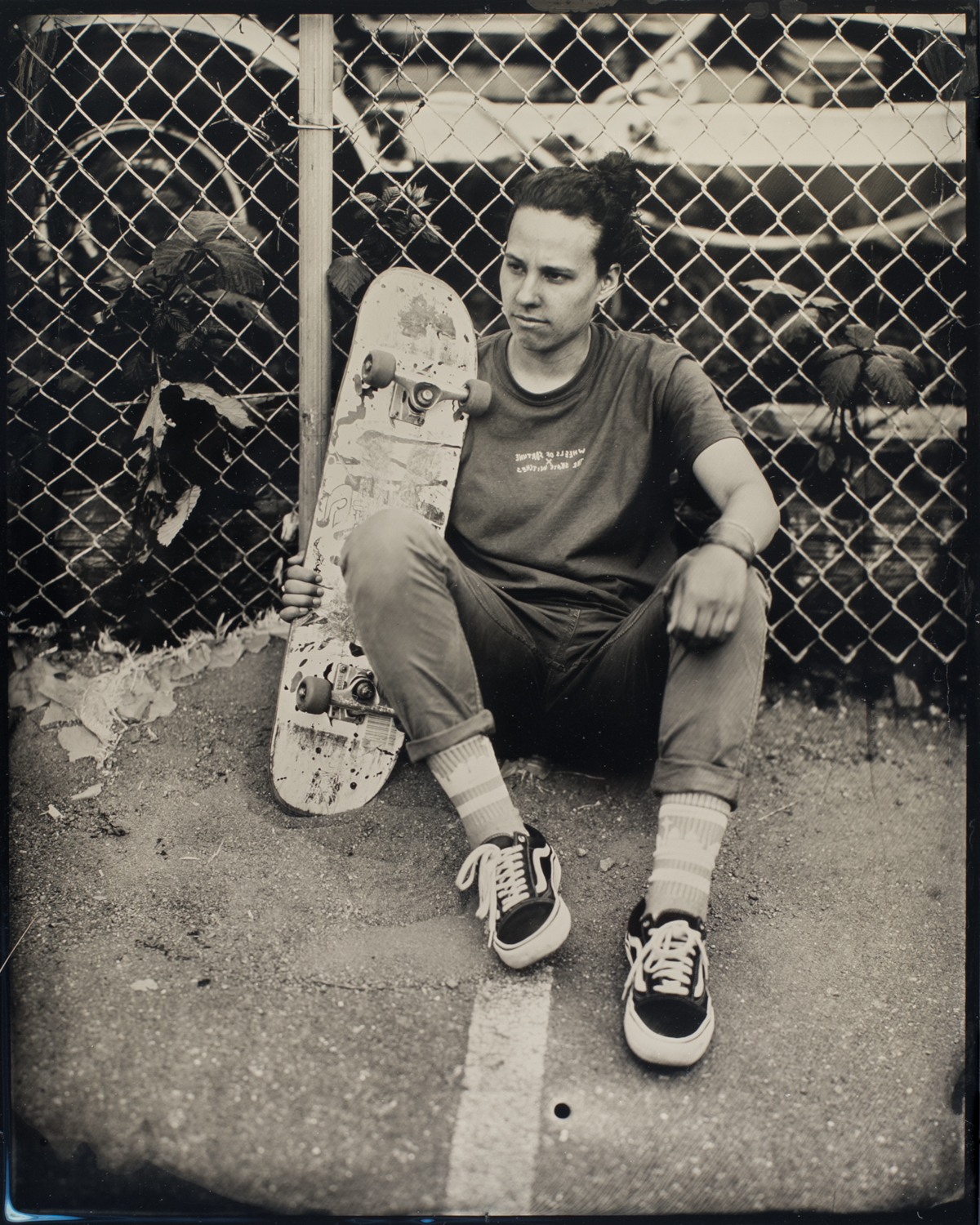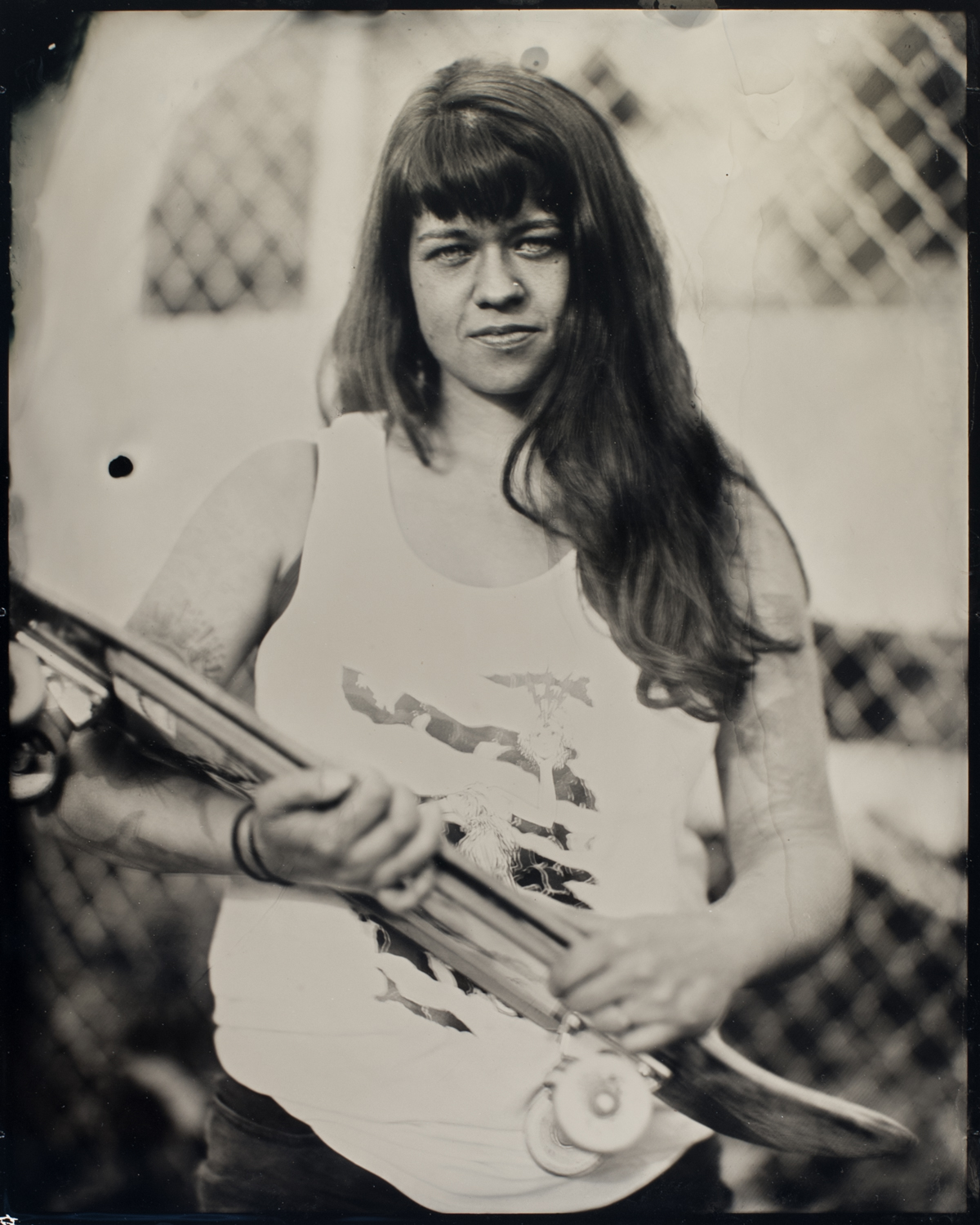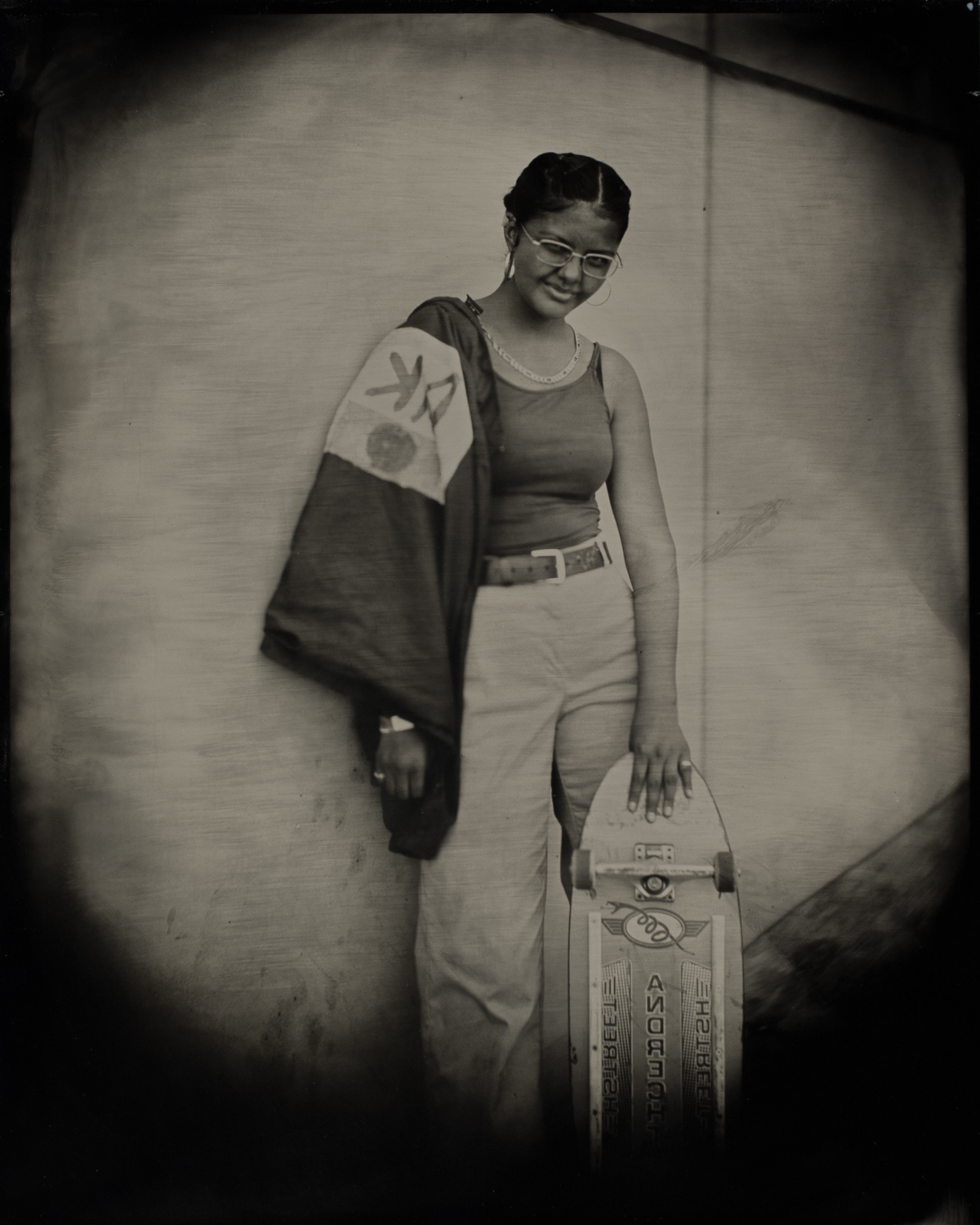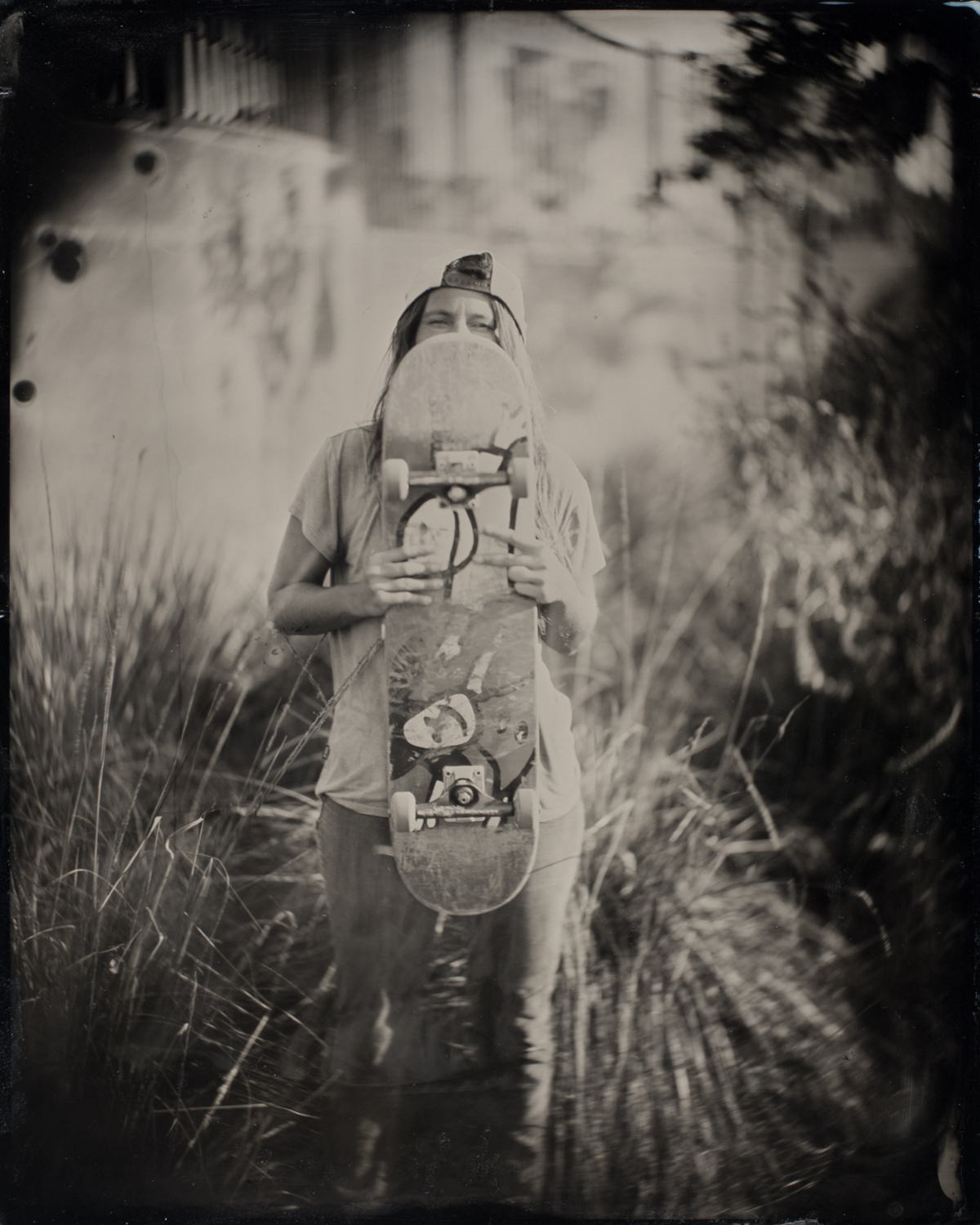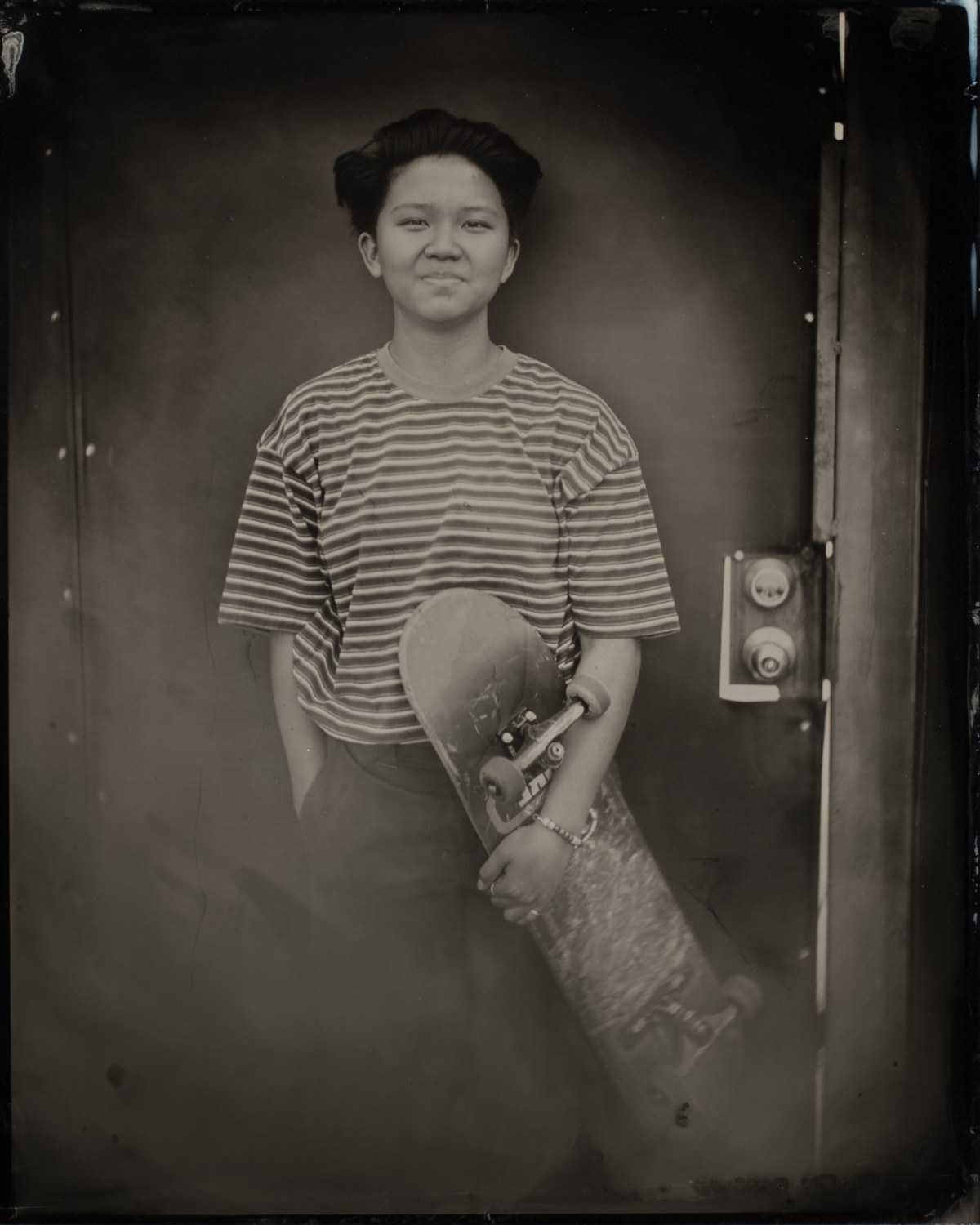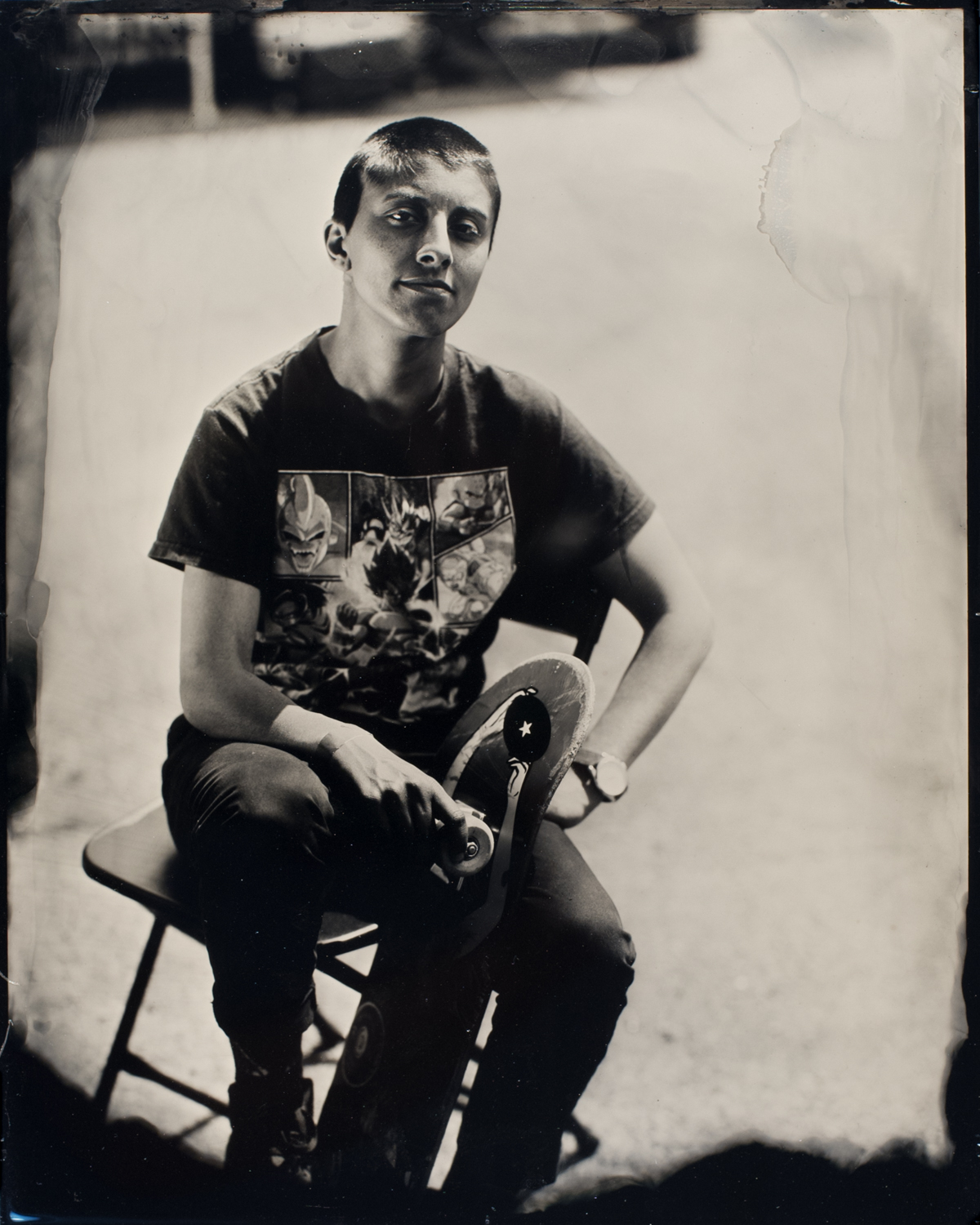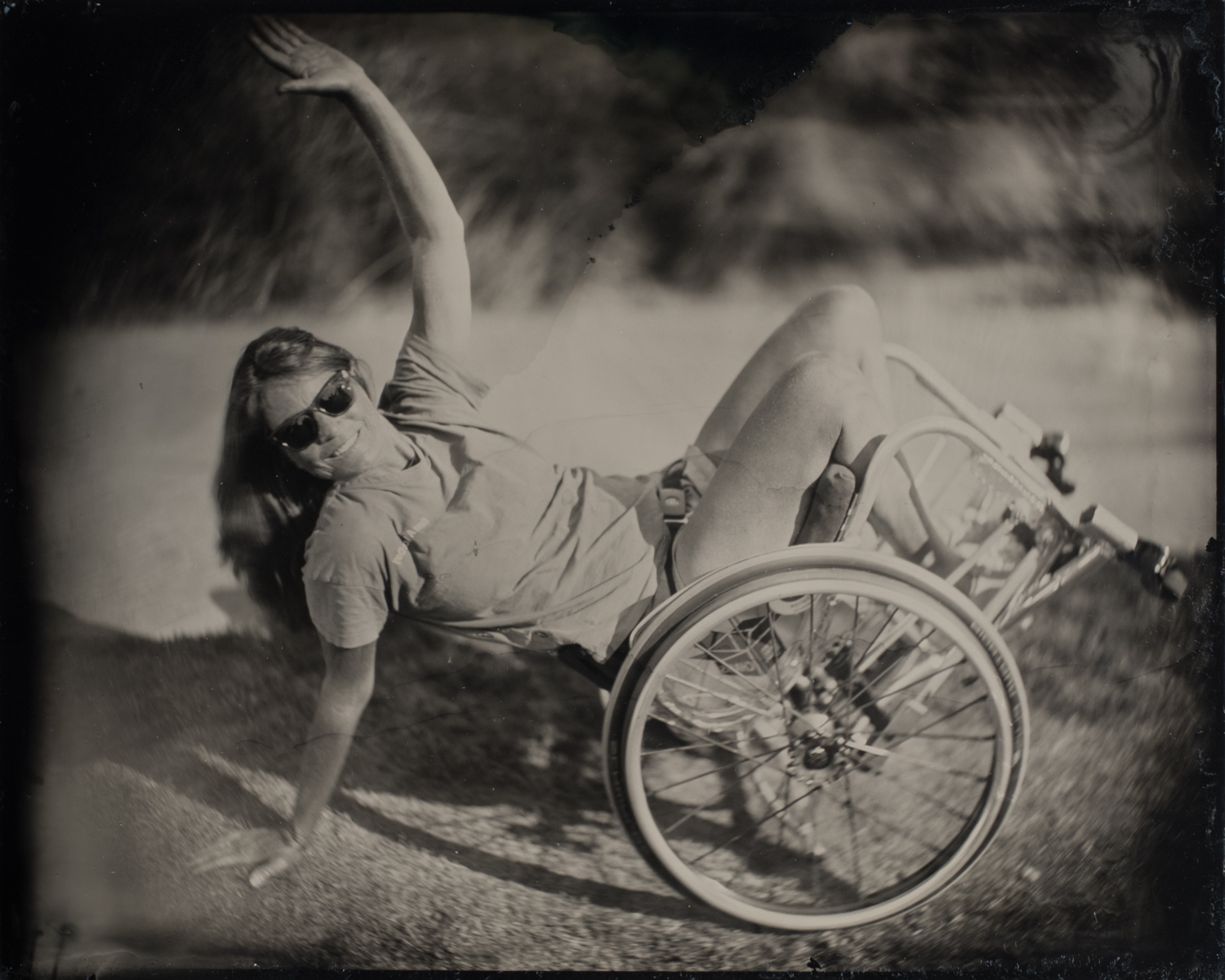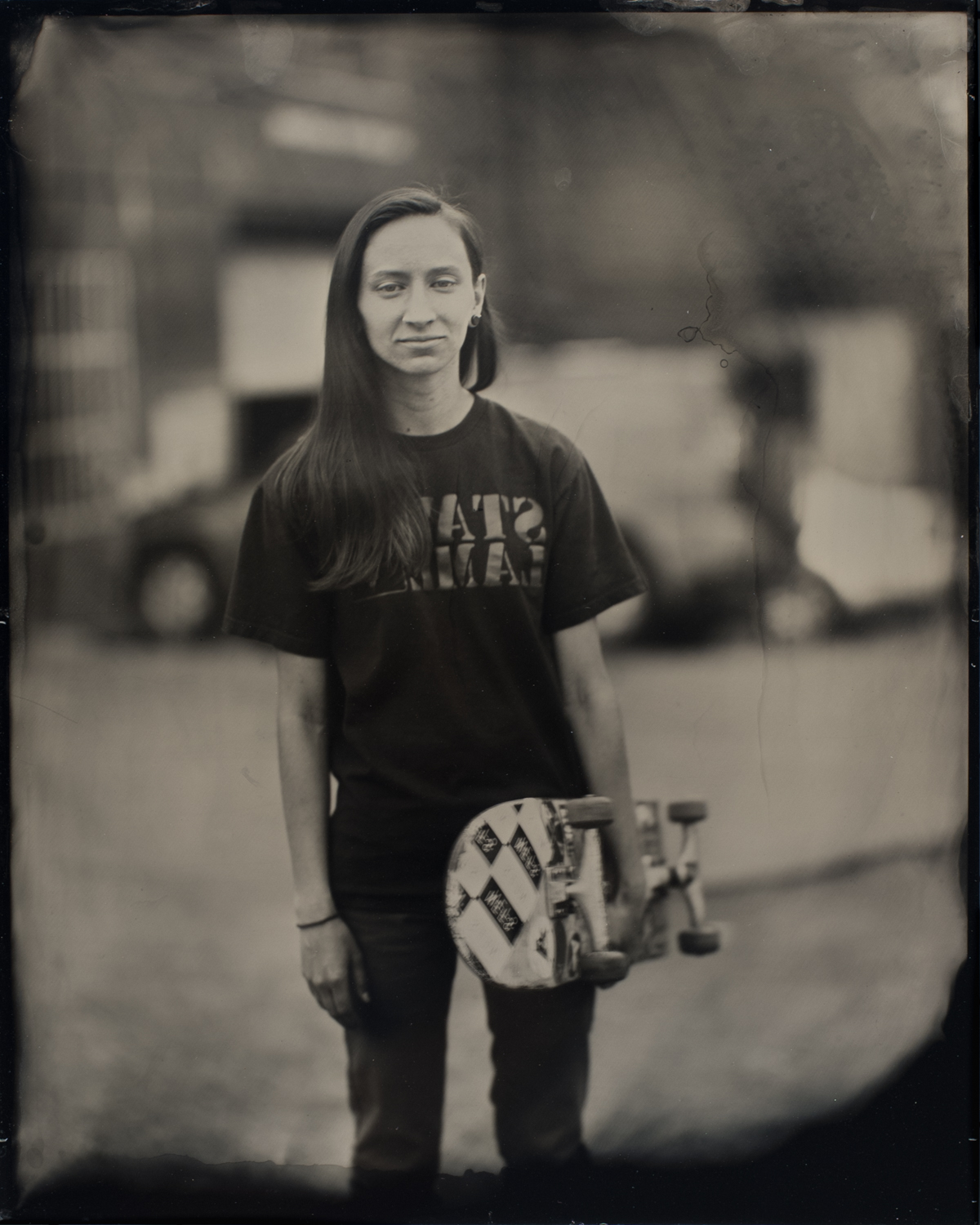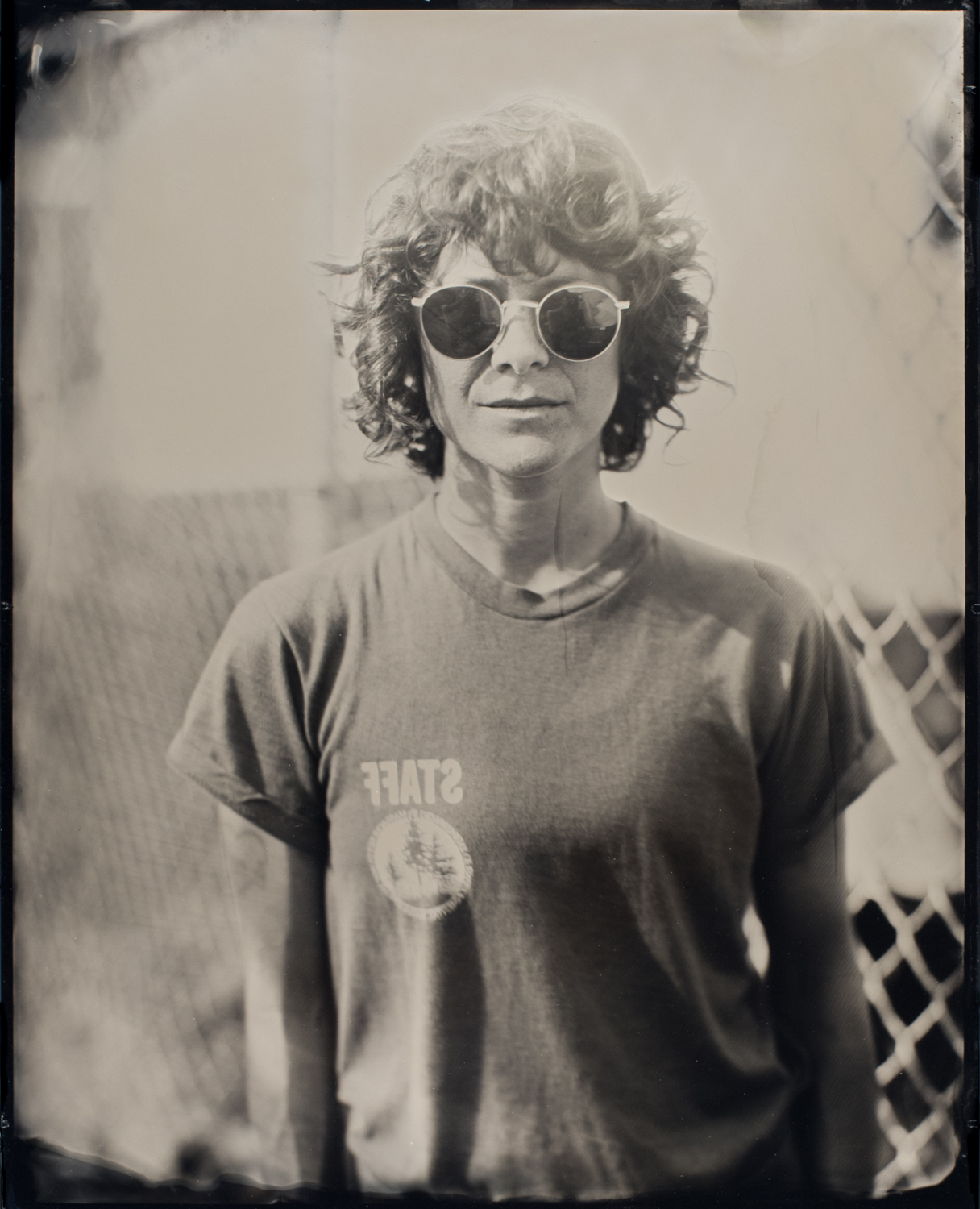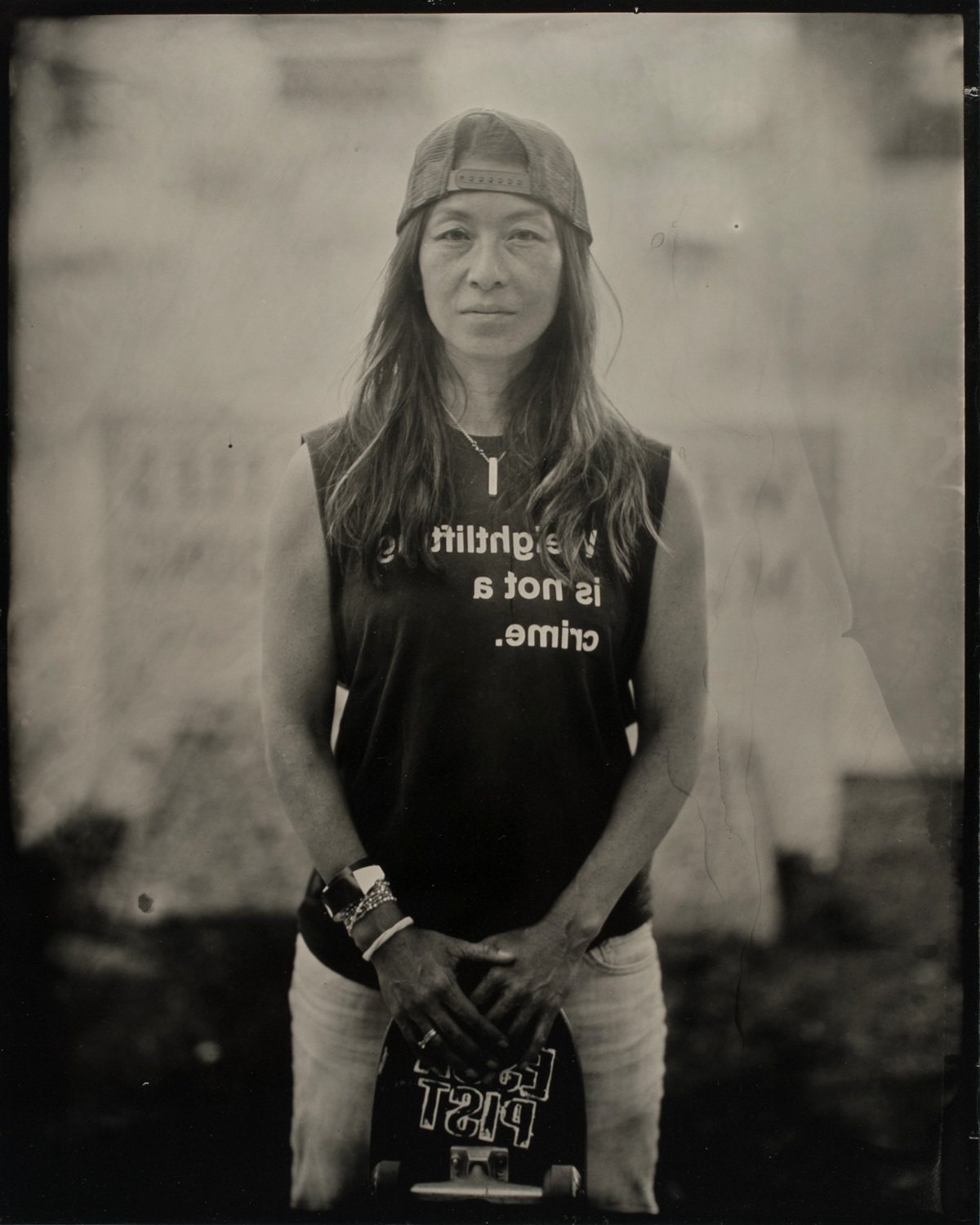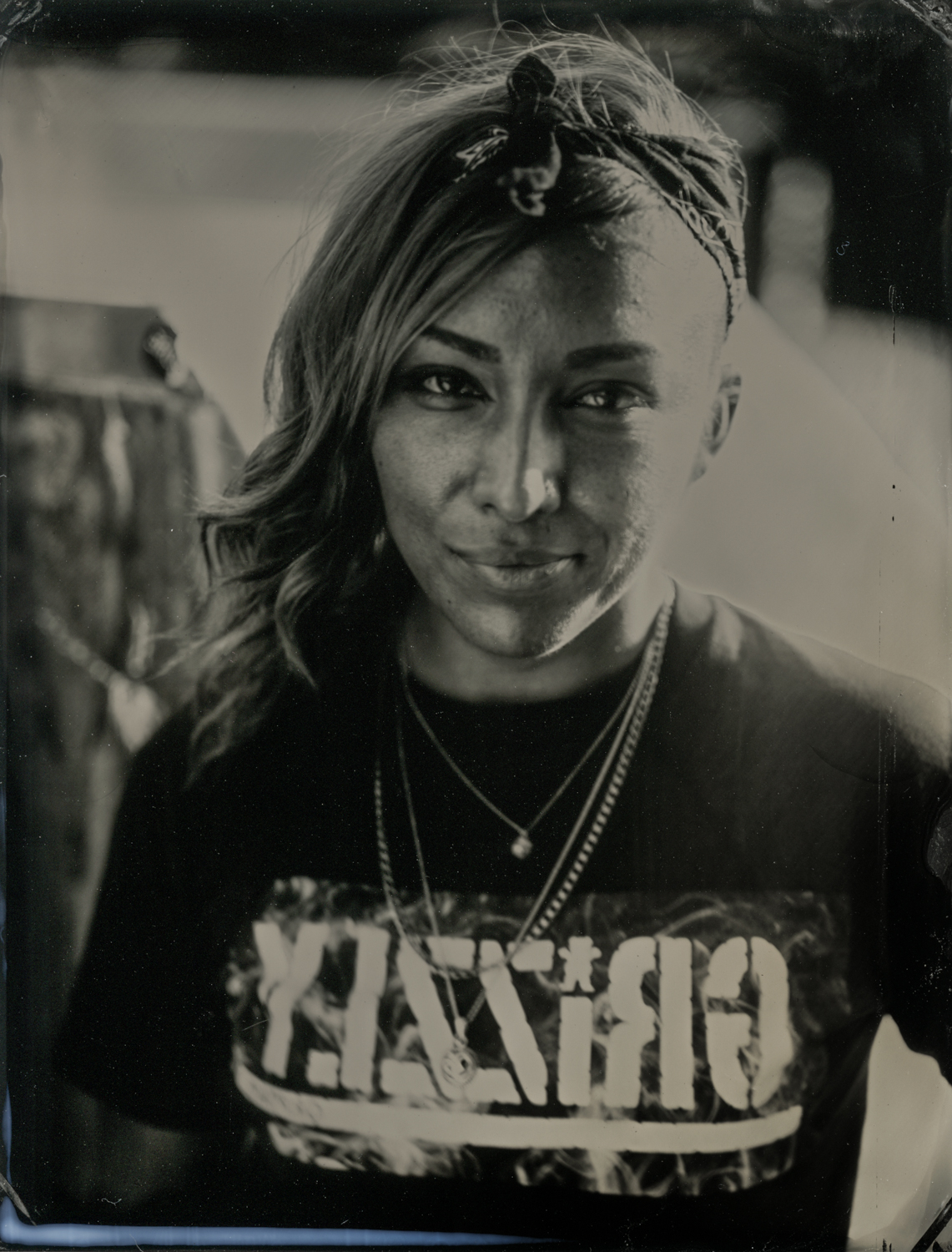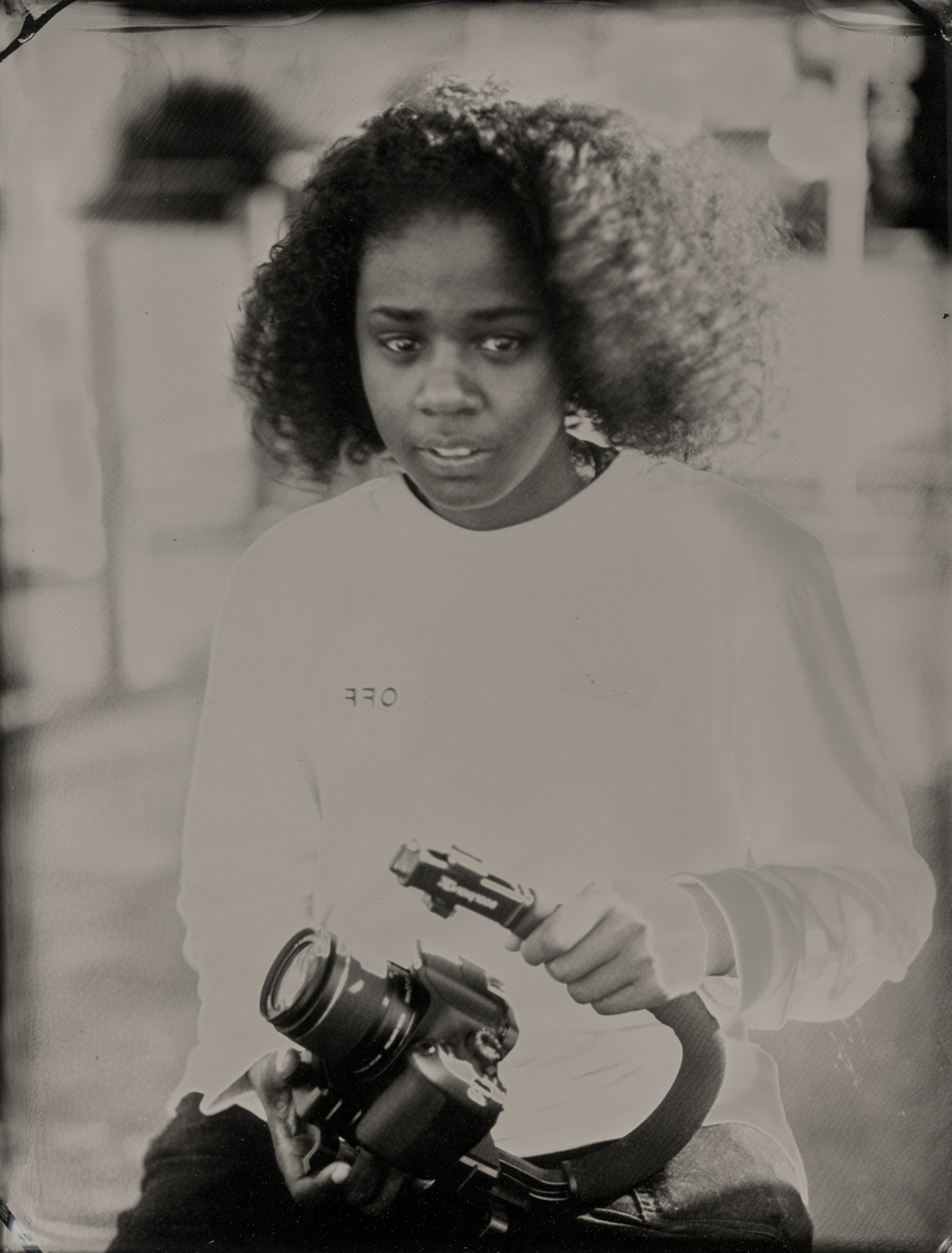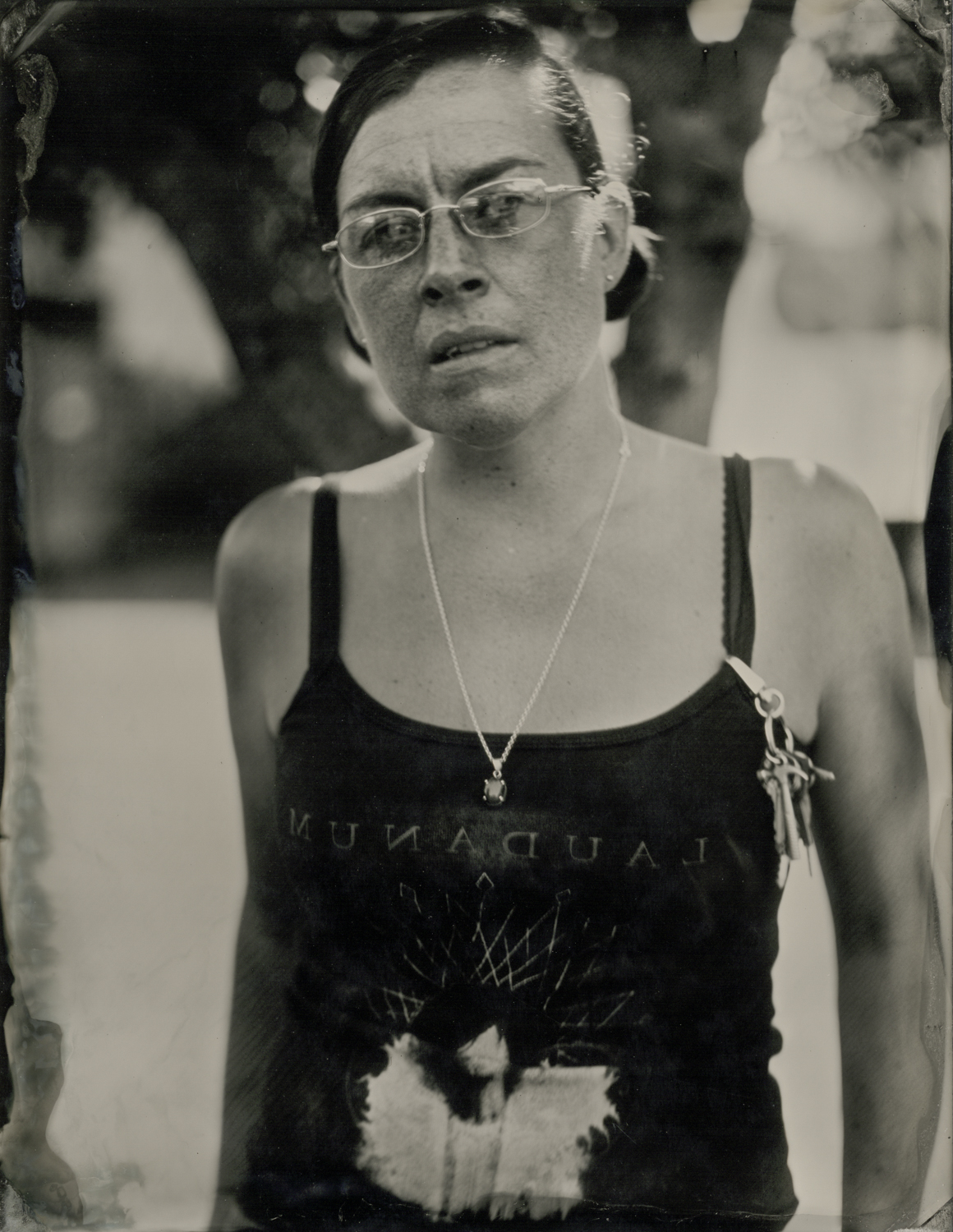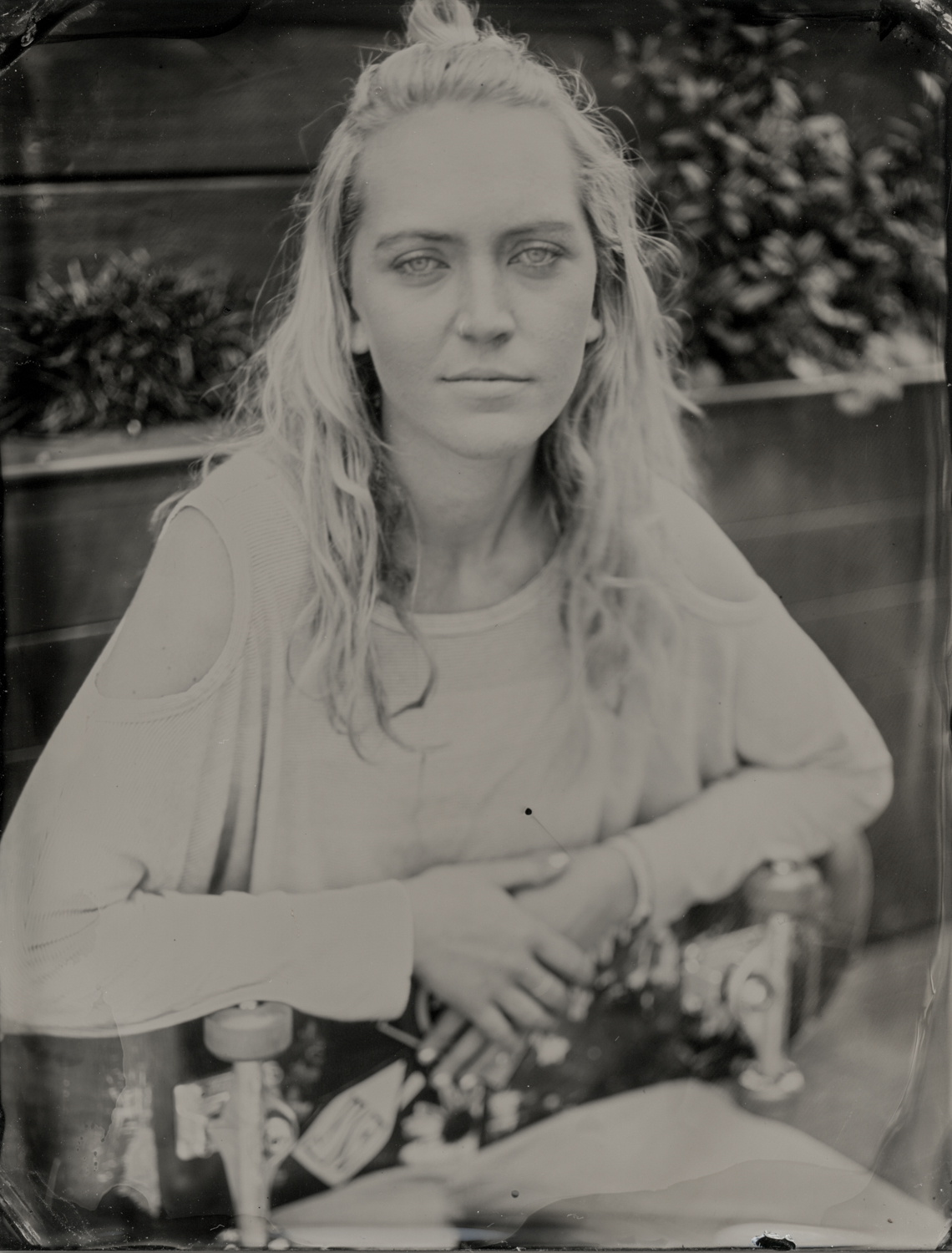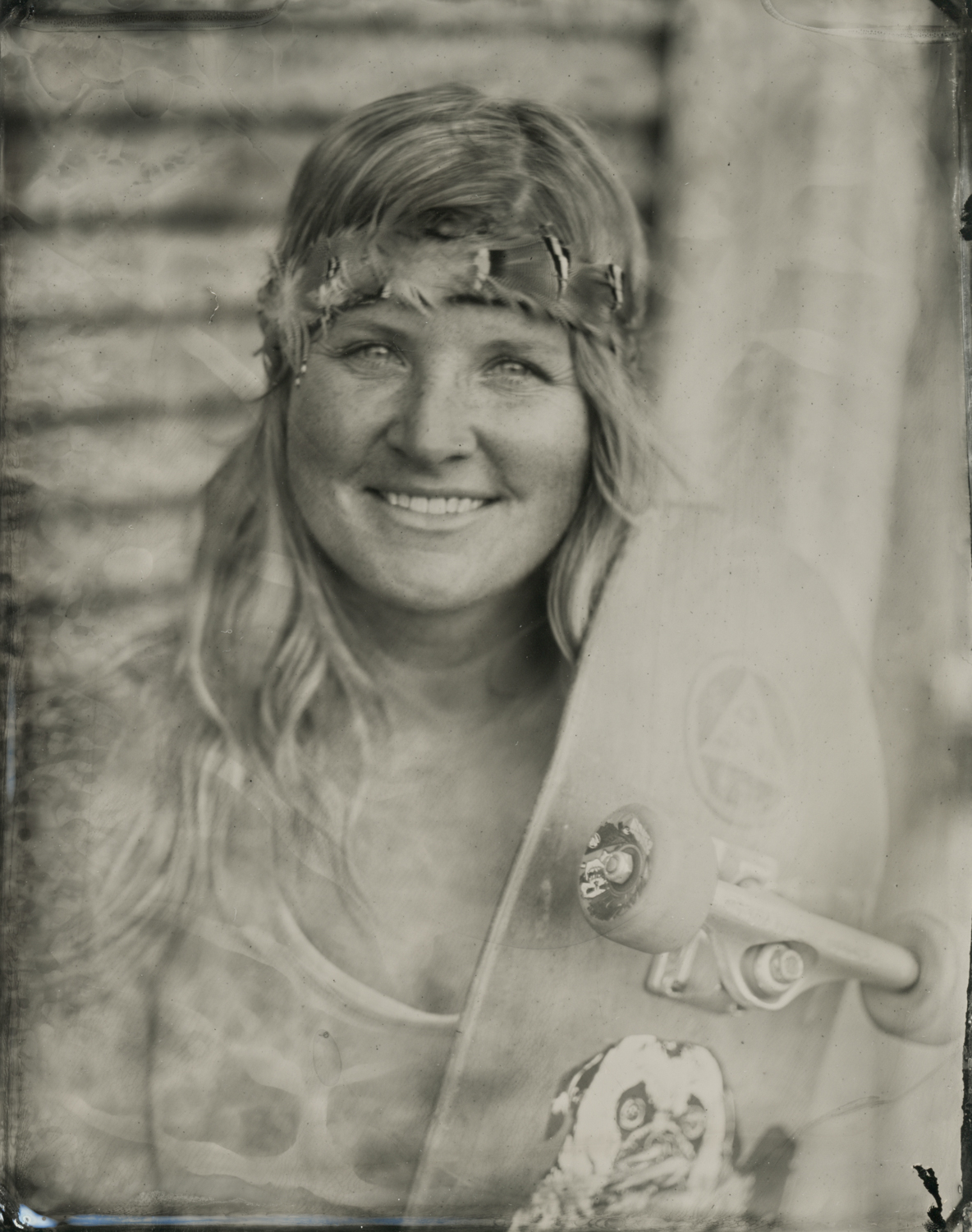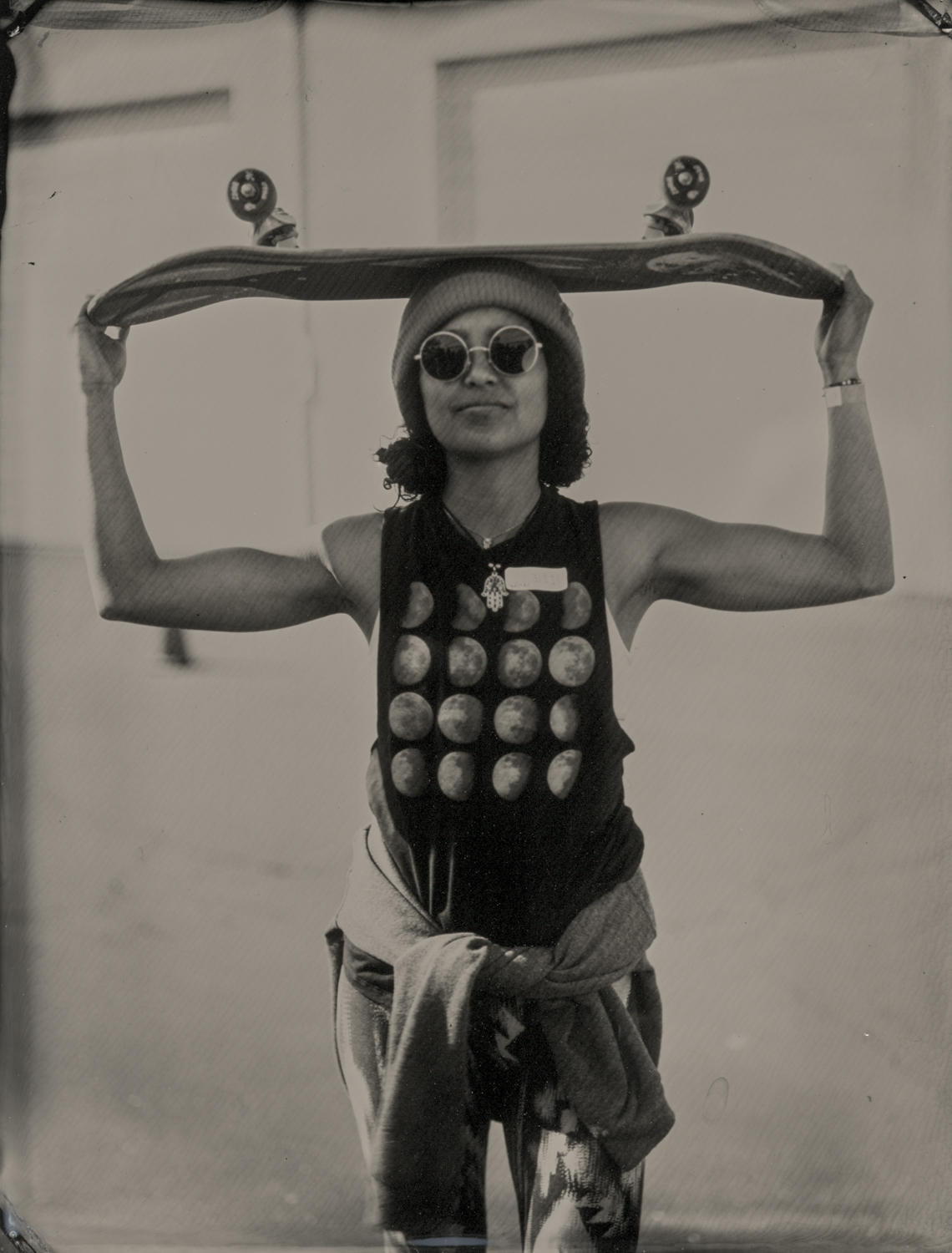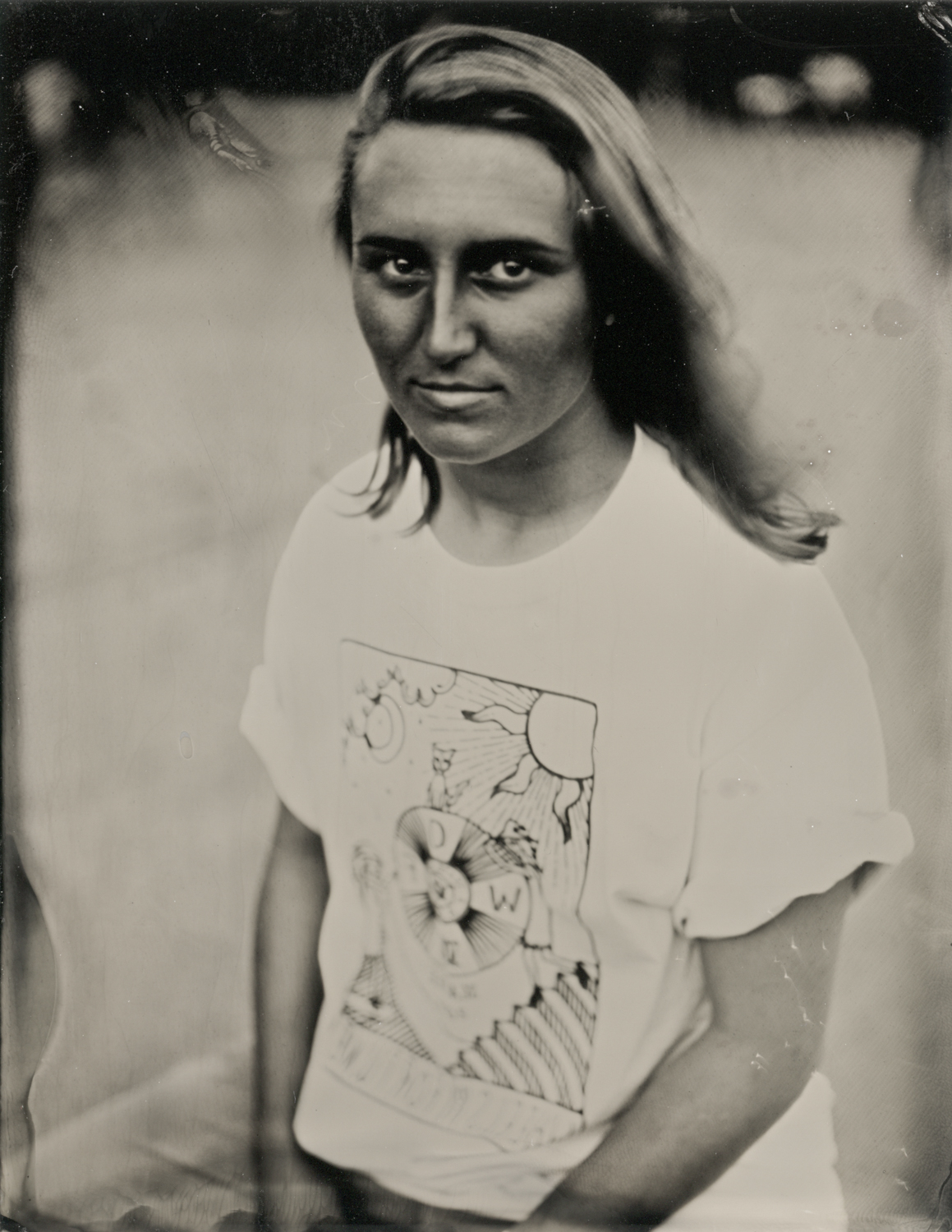skater girls
I began photographing skateboarders in 2010. Over the course of many years, I witnessed few girls and women at the skateparks. When I did, I was so happy—it was as if I had spotted a rare bird in the wild. I hoped to get their attention thinking, “I, too, am a rare-bird-woman with all this photographic equipment; they must notice me, as I them.” But most often, they did not appear to notice me. They were there to skate, and I was there to observe—and hopefully photograph them.
One day in 2017, I set up to photograph at an Emeryville skatepark. There were many more women than usual. I focused on a small group of skater girls while they concentrated on skateboarding. I had to get their attention! With my dummy book in hand, I marched through the skatepark and climbed up to where they stood looking down into the bowl, their backs to me. I approached them with a smile. They turned to me and immediately returned smiles with beautiful, positive energy. I led this group to my camera and portable darkroom to make portraits.
That day was a turning point for me. I experienced an unexpected kinship with these strangers, and I knew the direction in which I was headed. I wanted to increase their visibility and celebrate these girls and non-binary people who break down gender walls in skating. That day, I learned of an organization called Skate Like a Girl, and a few weeks later I went to an event they held in Santa Rosa. There I discovered a whole new world—to me. Girl skaters abounded. The discipline, support, and democratic world of skateboarding that I observed at almost every skatepark I had visited since 2010 was intensified.
Skateboarding has historically been a male-dominated world. There have always been girls in this landscape, yet they have been under-represented. As I researched their history, I learned of many girl-centric skateboard organizations and companies that were years into providing safe, supportive spaces; inclusive, empowering communities; and dedicated and deserving exposure: the Women’s Skateboard Alliance (The Alliance), Skate Like a Girl, Girl is NOT a 4 Letter Word, Girls Skate Network, Skateistan, Mahfia TV, Meow, Gnarhunters, Rogue, and Hoopla, among others. Once 2018 arrived, friends and family began sending me articles about girl skaters (they began noticing skateboarders and would, in fact, send me every article about any skater by that point!). Attention to girl skaters snowballed universally. The inclusion of skateboarding at the 2020 Tokyo Olympics was announced, and Vogue and Nike focused specifically on female skateboarders as well. In February 2020, the world at large learned of skater girls when Carol Dysinger and Elena Andreicheva’s documentary Learning to Skateboard in a War Zone (If You’re a Girl) won an Oscar. In that moment, we were globally one step closer to the recognition of girls in the skateboarding landscape, though their existence in it had gone on for decades.
I quickly grew to love girl skaters—they were so cool, so tough, so fearless, and clearly breaking down gender barriers. I also noticed the glaring reality of their lack of exposure while sifting through hundreds of videos of guy skaters. I watched as many videos and read as many articles as I could find about the women in this world: Elissa Steamer, Vanessa Torres, Nora Vasconcellos, Cara-Beth Burnside, Lacey Baker (now Leo Baker), Mimi Knoop, Alexis Sablone, Poppy Starr Olsen, Fabiana Delfino, Mariah Duran, Jenn Soto among so many others. At every skateboarding event I photographed, I always saw pro skaters hanging out and skating with everyone; the democratic world of skating was in full force. In Seattle, while I prepared to photograph Leo Baker, we were sweetly interrupted by two young women who gave Leo hand-decorated sweatshirts, crying with joy to be able to meet, hug, and present a gift to their hero. Although I was in full tintype-making mode, I found myself caught up in this emotional moment, which is often the case when I am photographing these folks.
Beyond witnessing those moments and the camaraderie at these events, there is a connection that takes place when I photograph these skaters using the slow nineteenth-century wet plate collodion photographic process. It requires time and patience, interaction, cooperation, and collaboration. This practice mirrors the inclusive landscape in which these photographs are made. Part of the beauty of a tintype is the timelessness that it imbues: while my subjects are clothed in contemporary styles with plenty of logos, there still remains a timeless quality to their portraits. My Skaters series has often been described as resembling Civil War soldier portraits; I proudly adopt that description. Ultimately, despite the contemporary subject matter and modern details, we see a unique honesty and we are struck by the strength and determination of these skaters.
There is a notable mutual respect I experience while making this particular series, as photography has also been historically male-dominated. Although I am not a skater, I feel accepted as a member of this group. Here are my Civil War She-soldiers. They are purposeful and courageous; open, playful, and supportive. I admire their respectful and shrewd fight for a place in the world.
